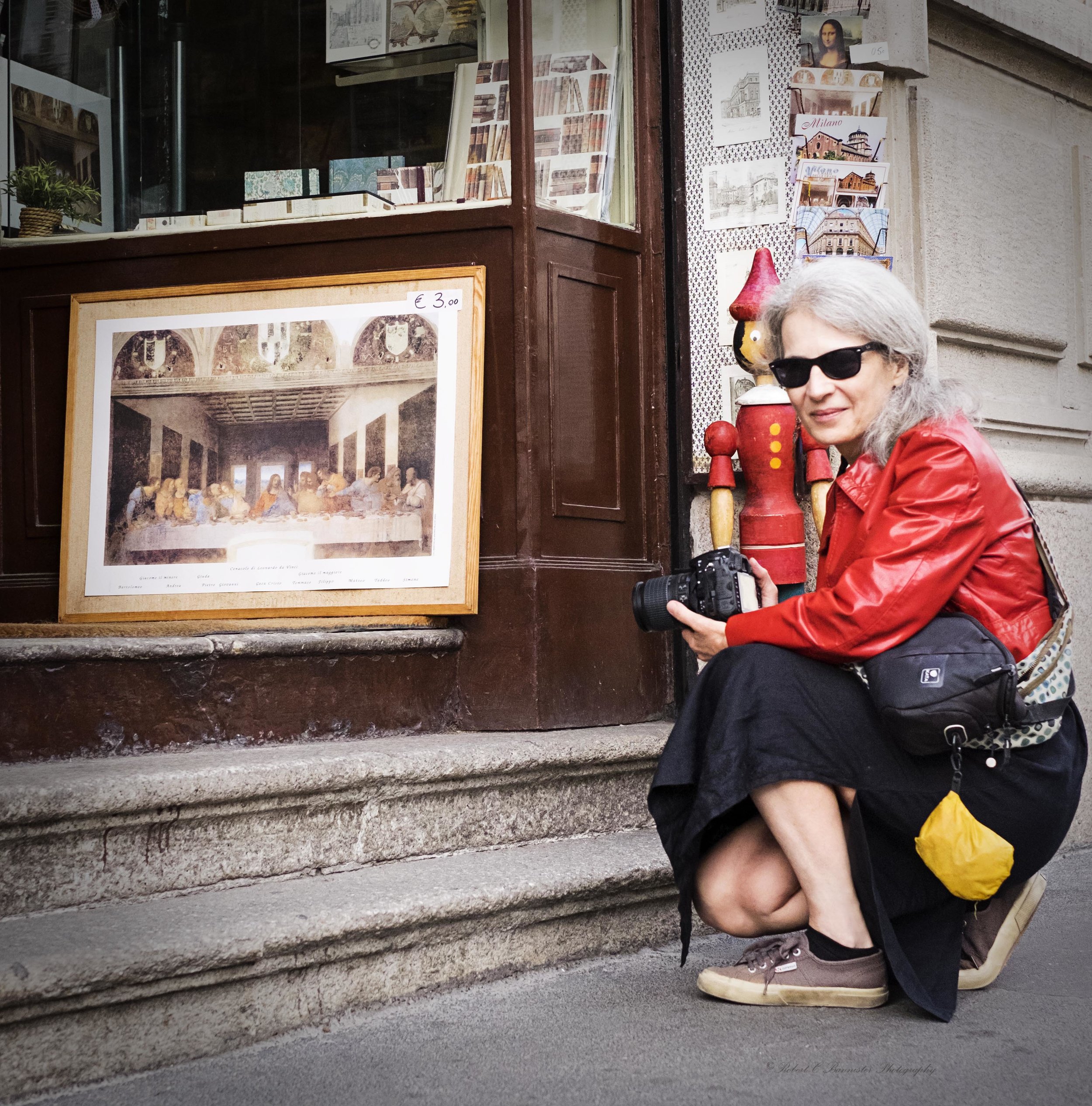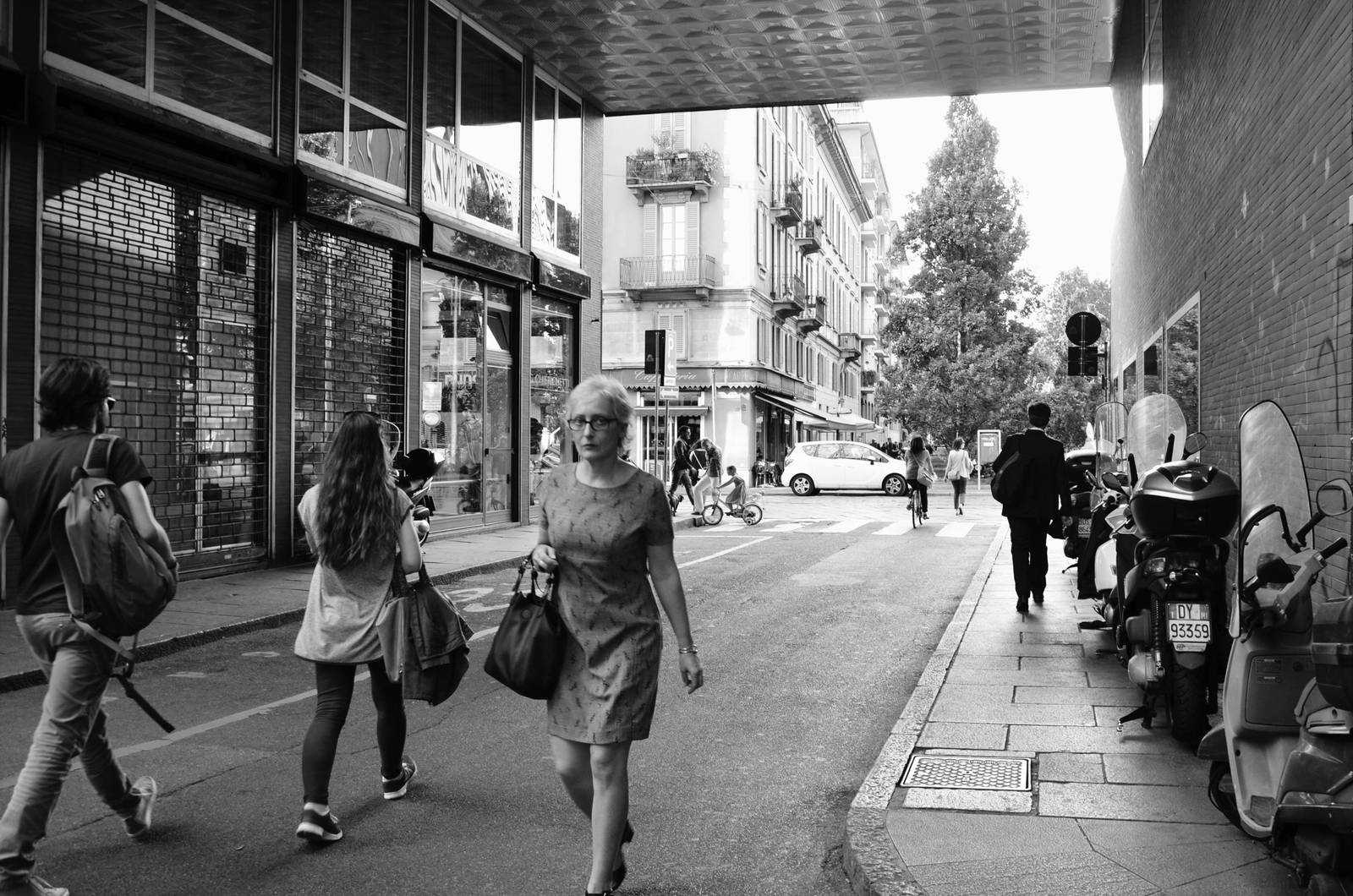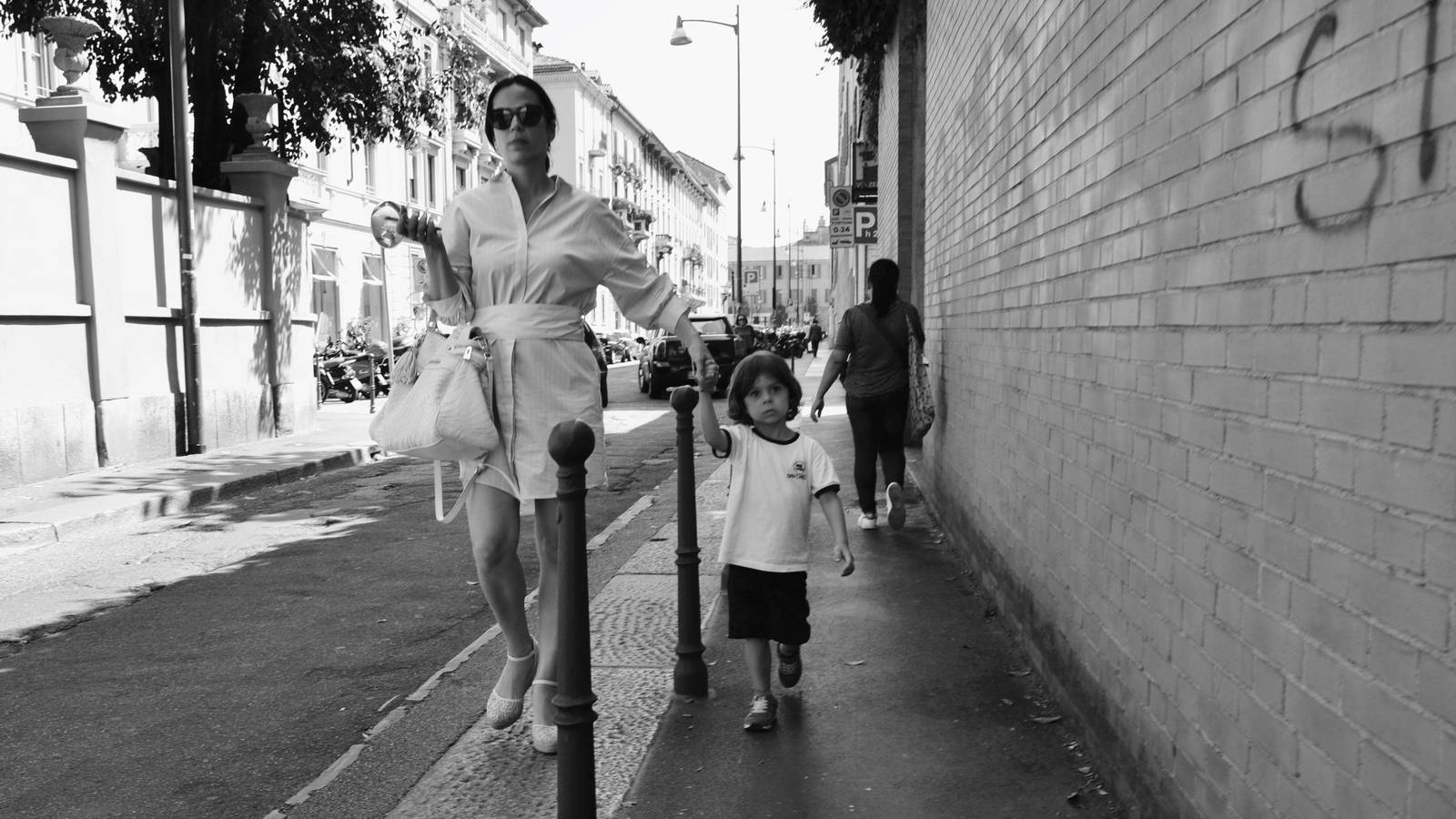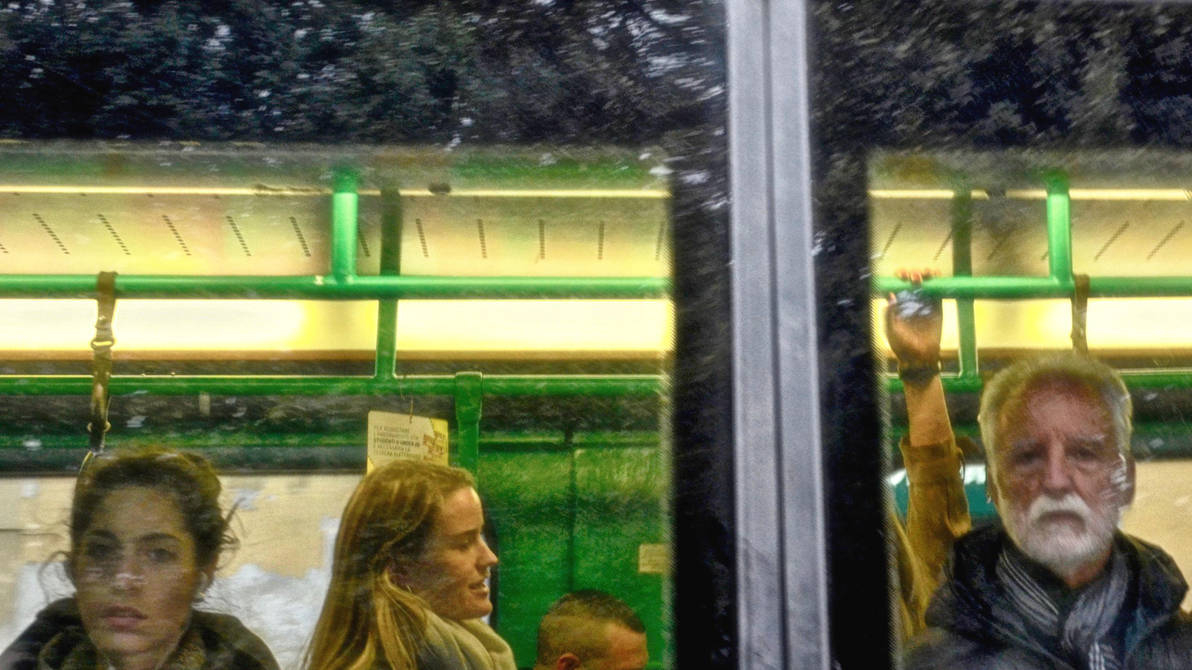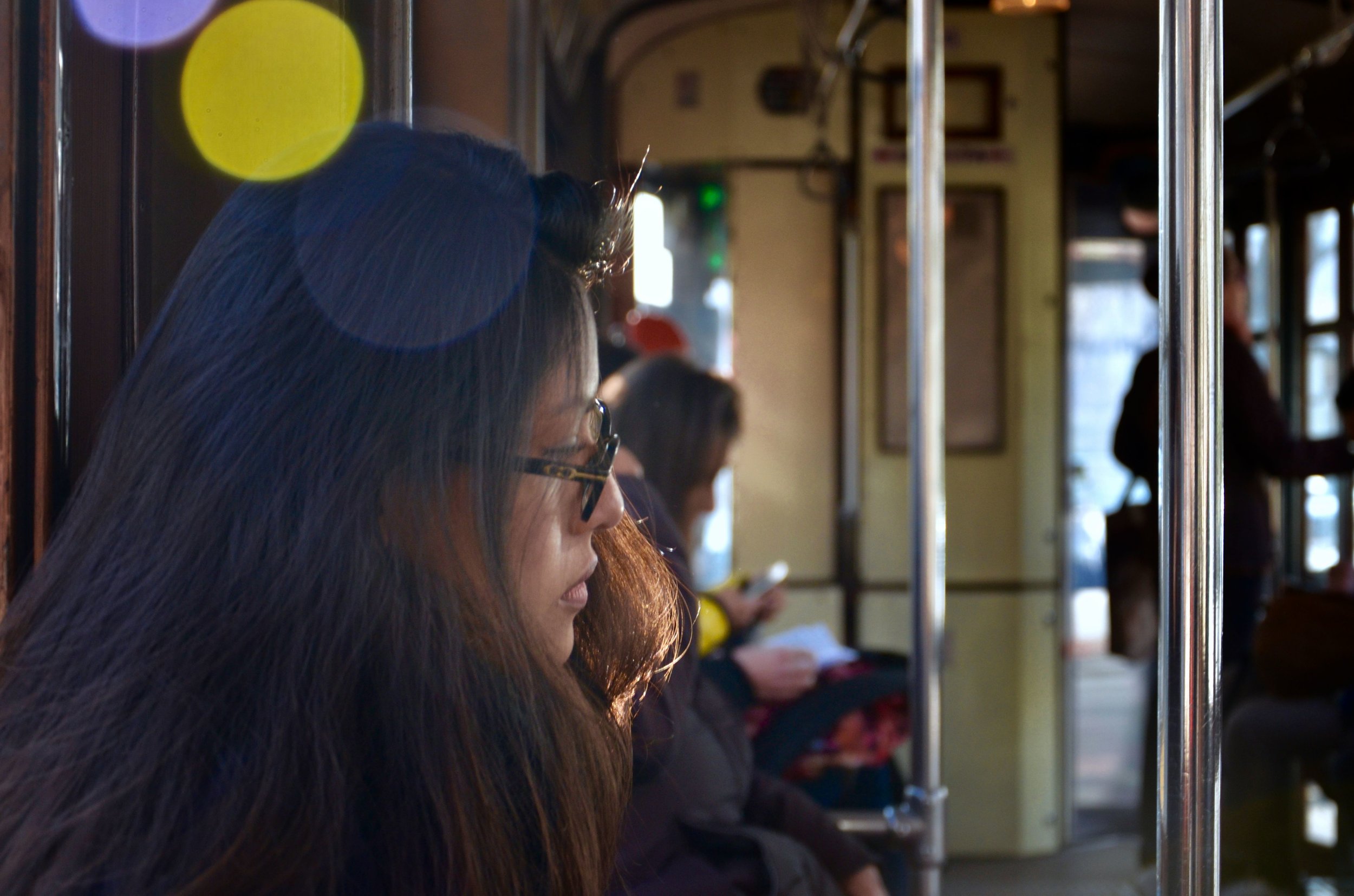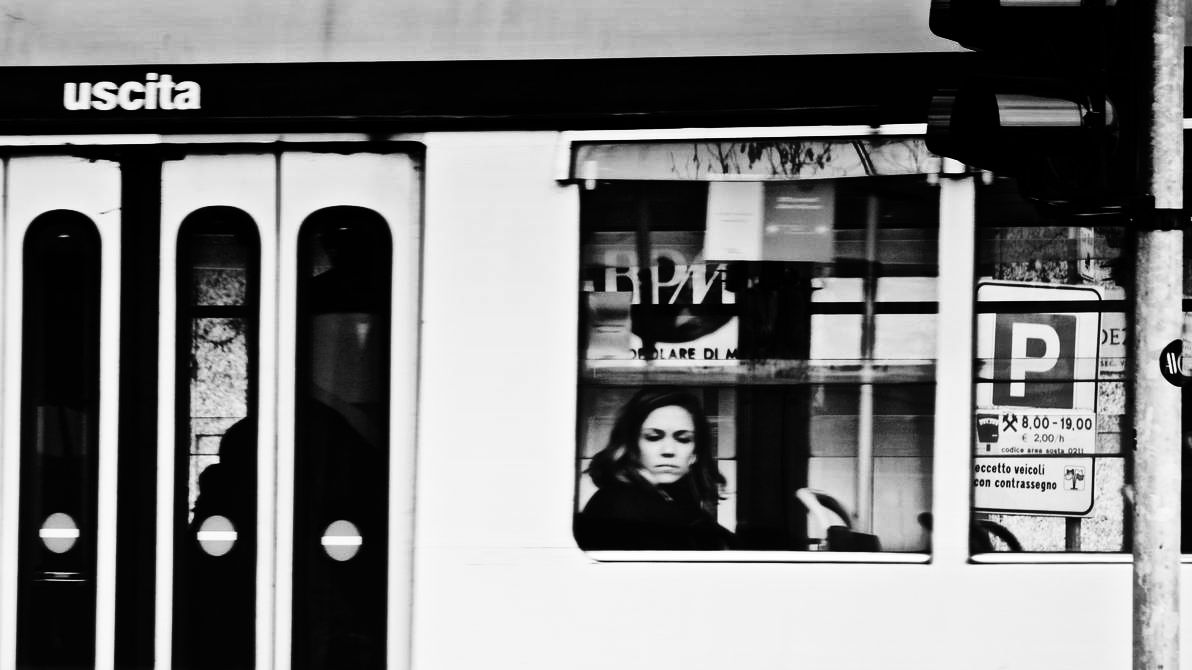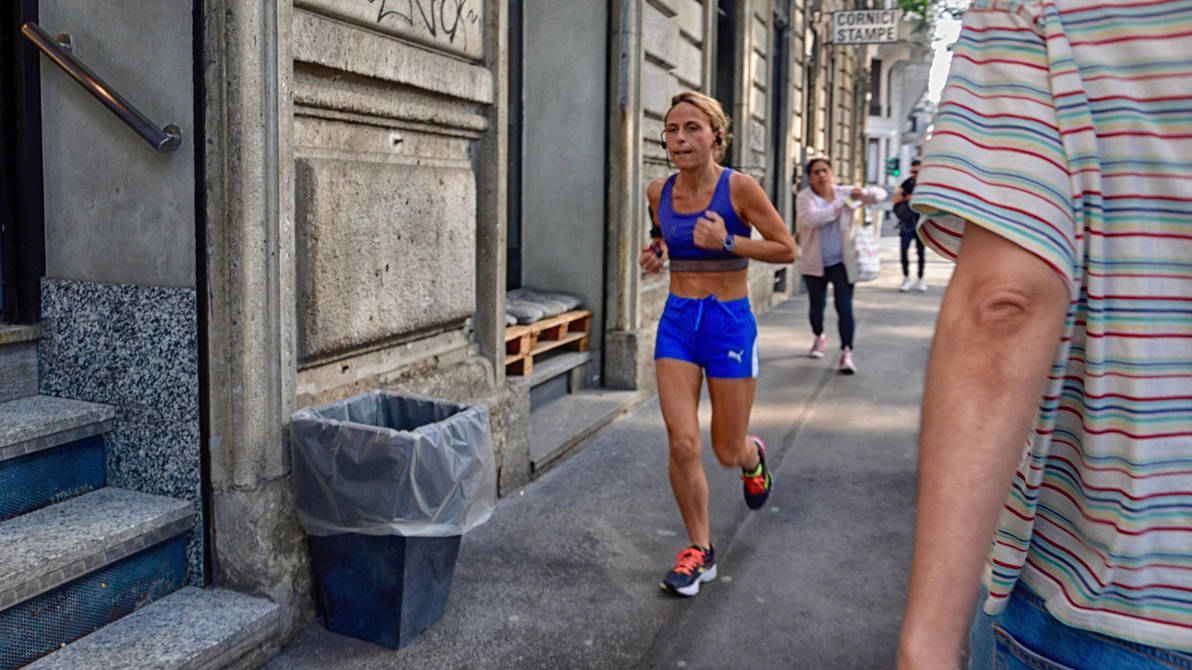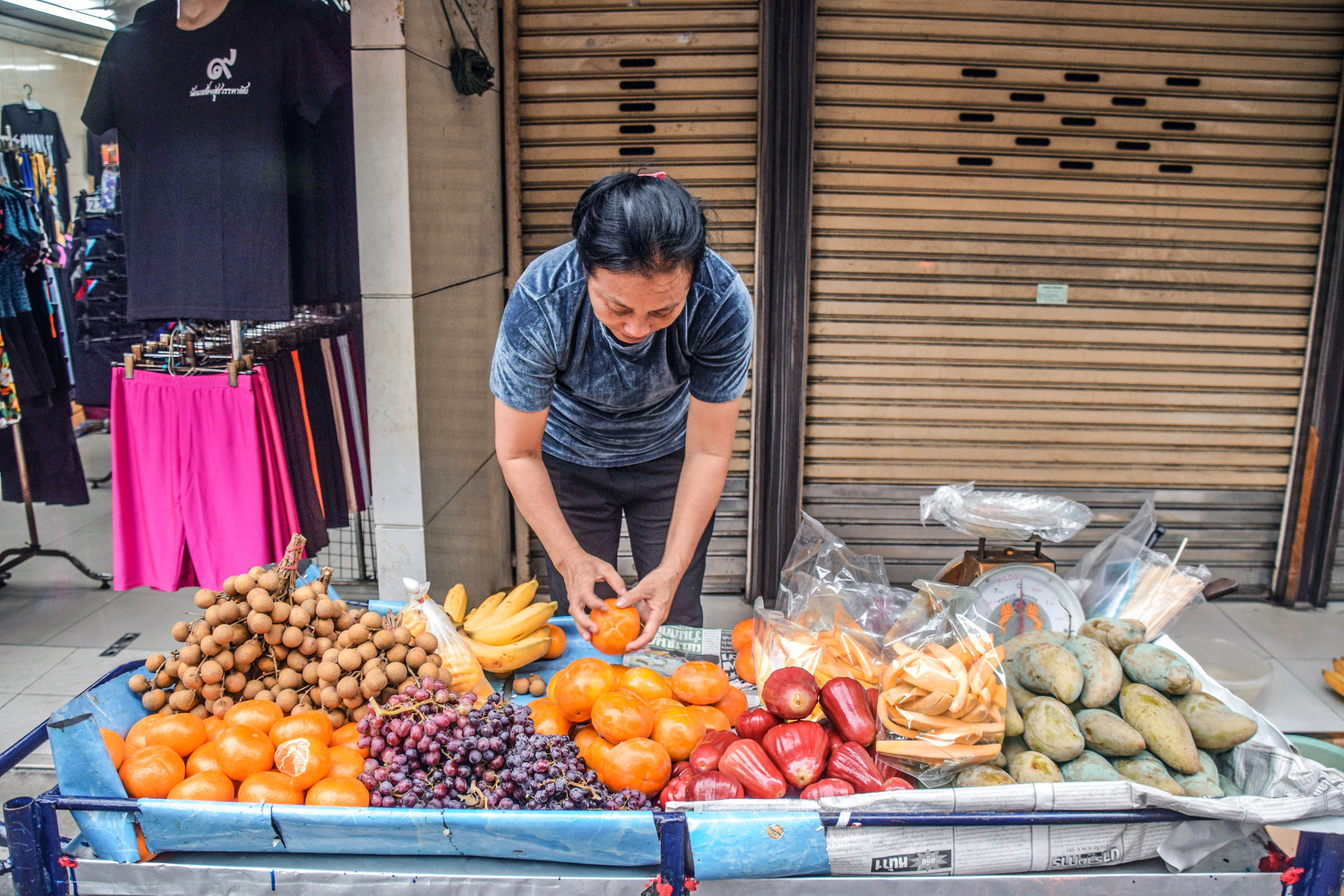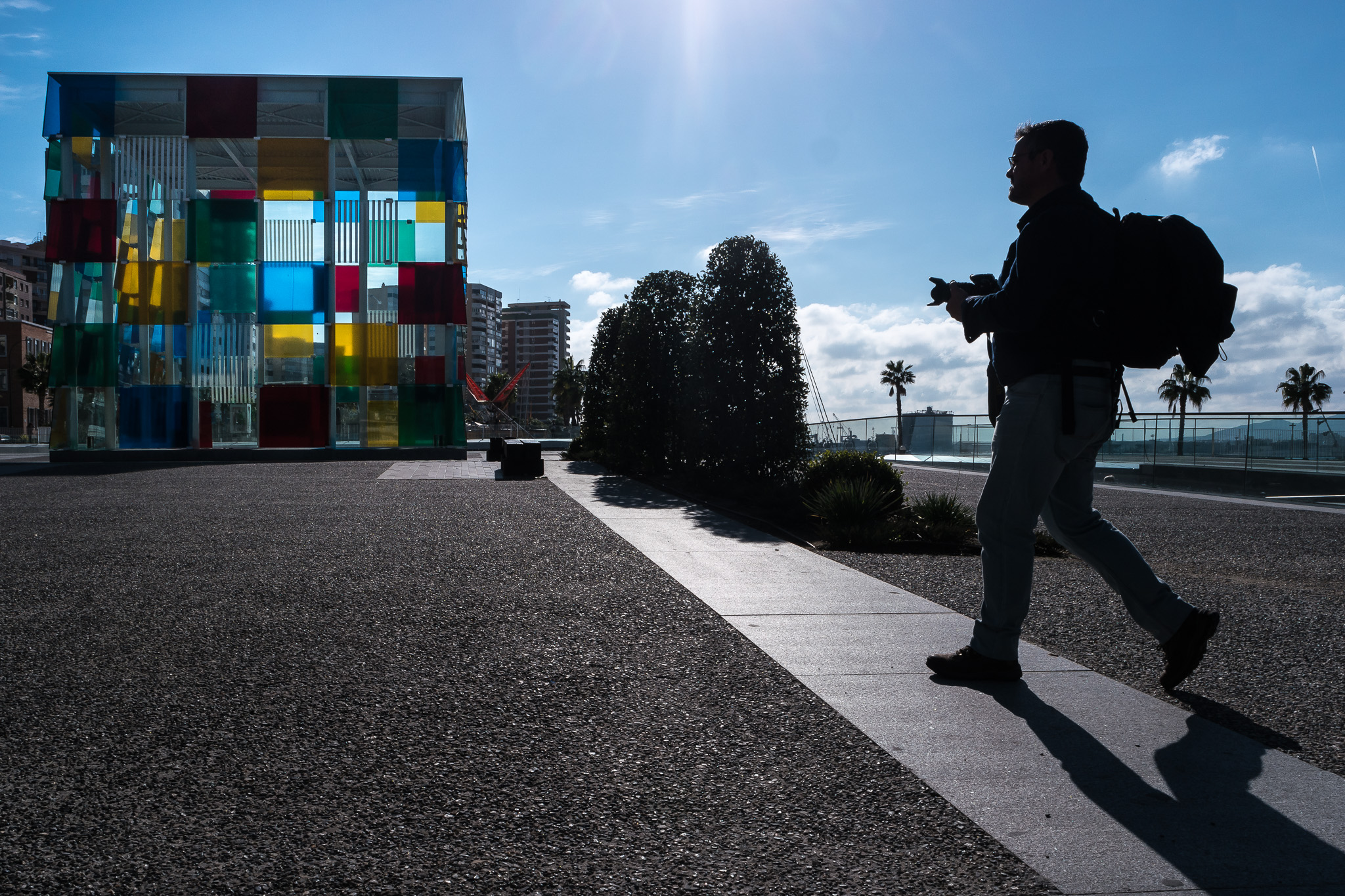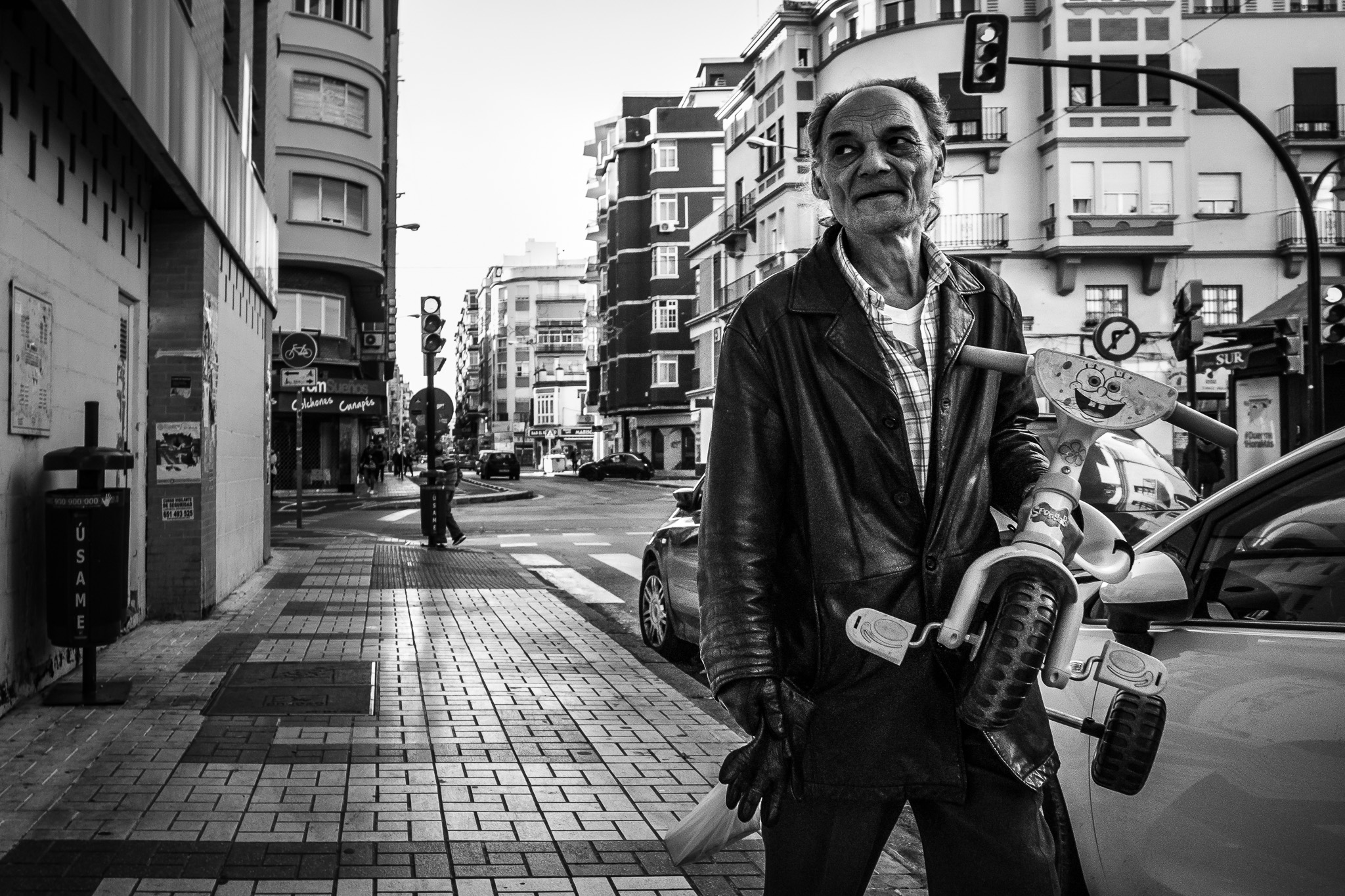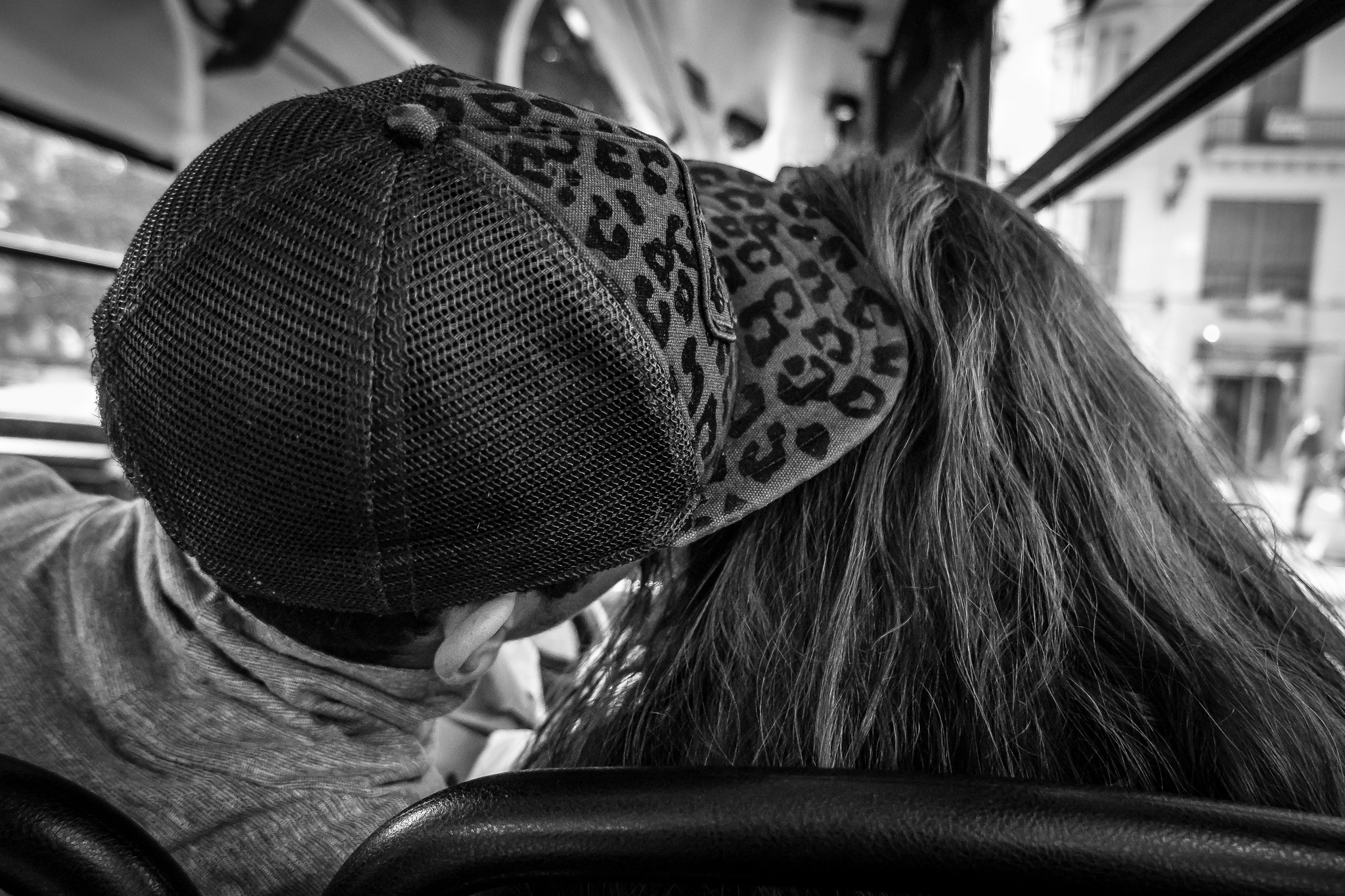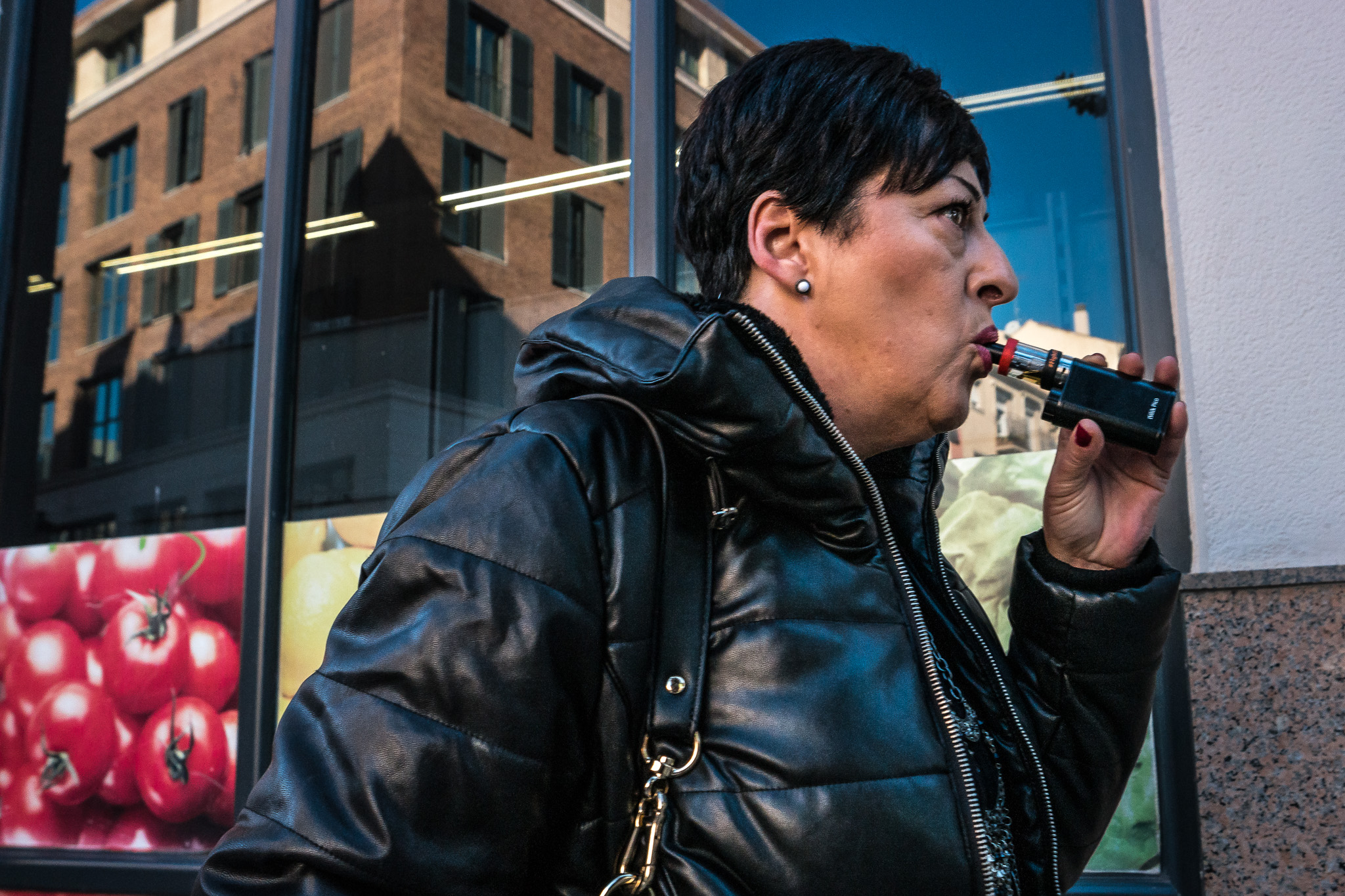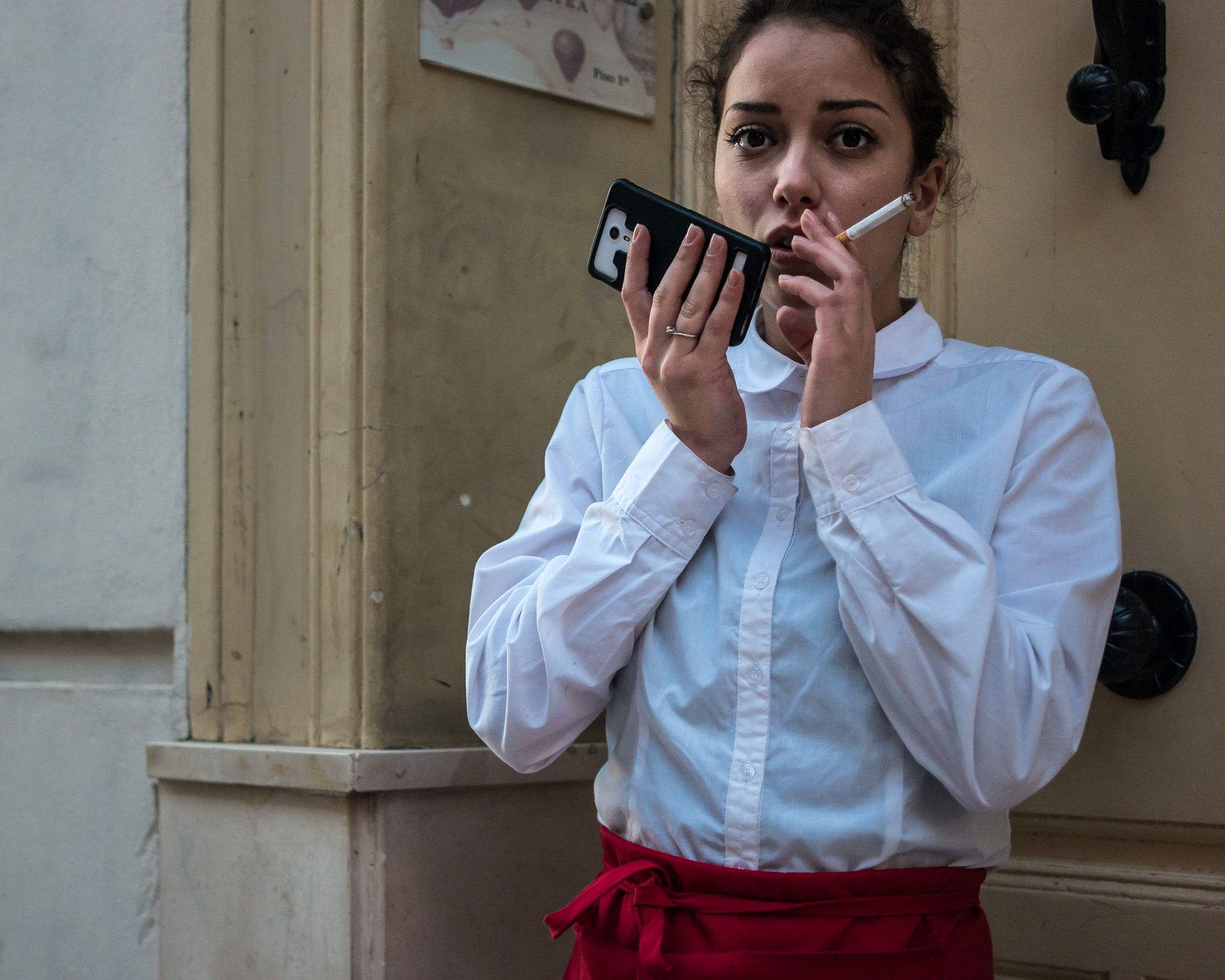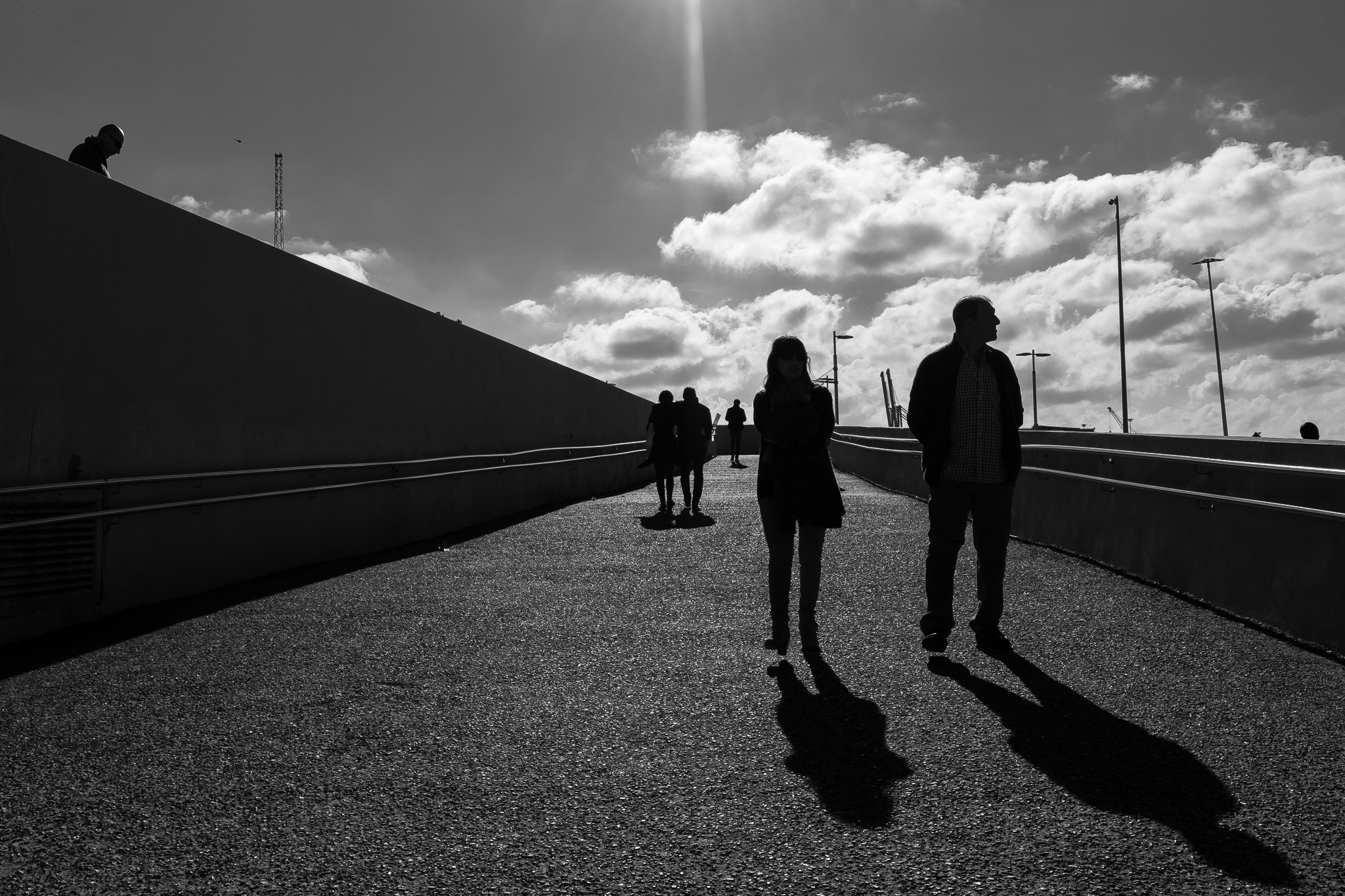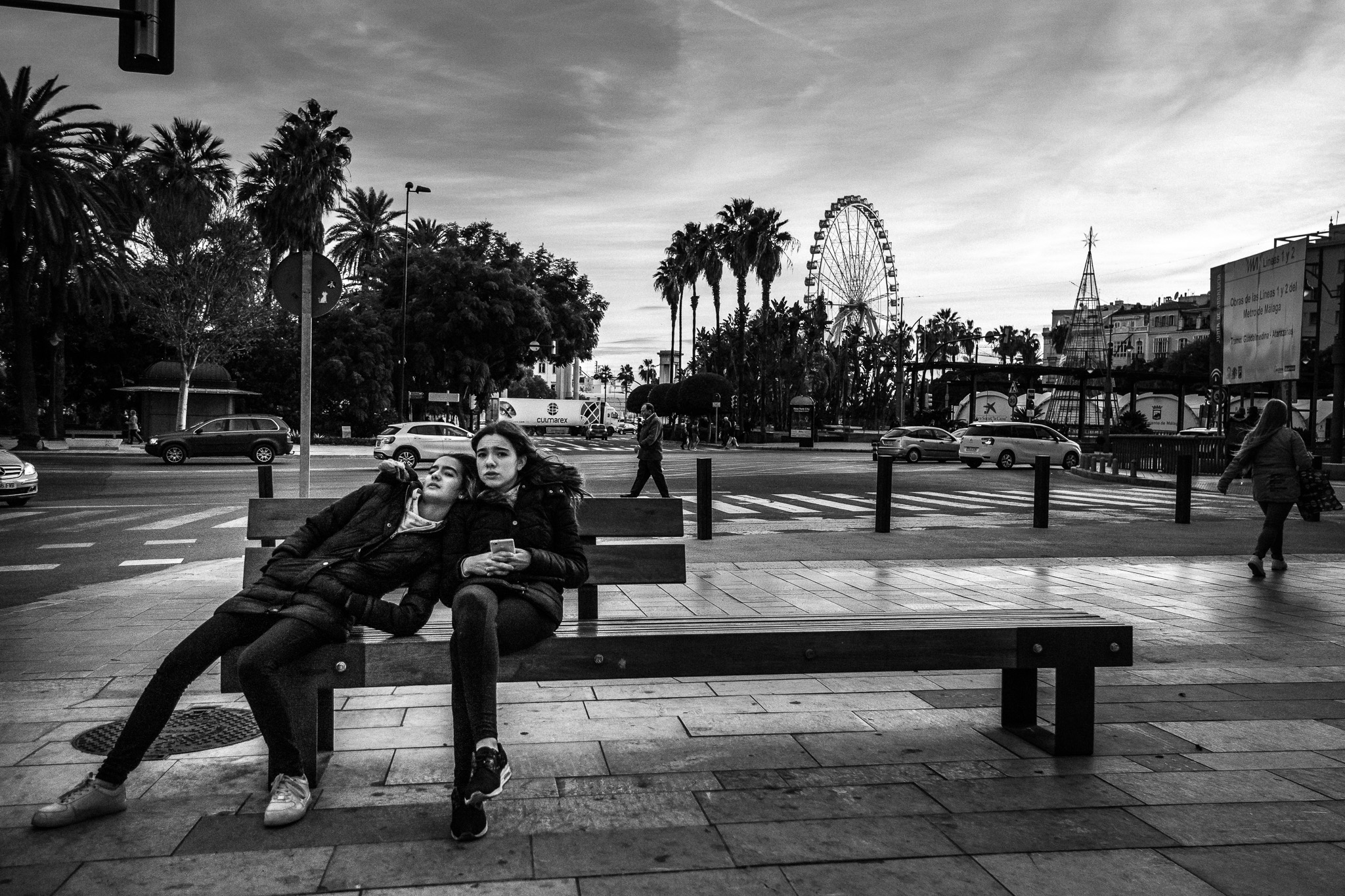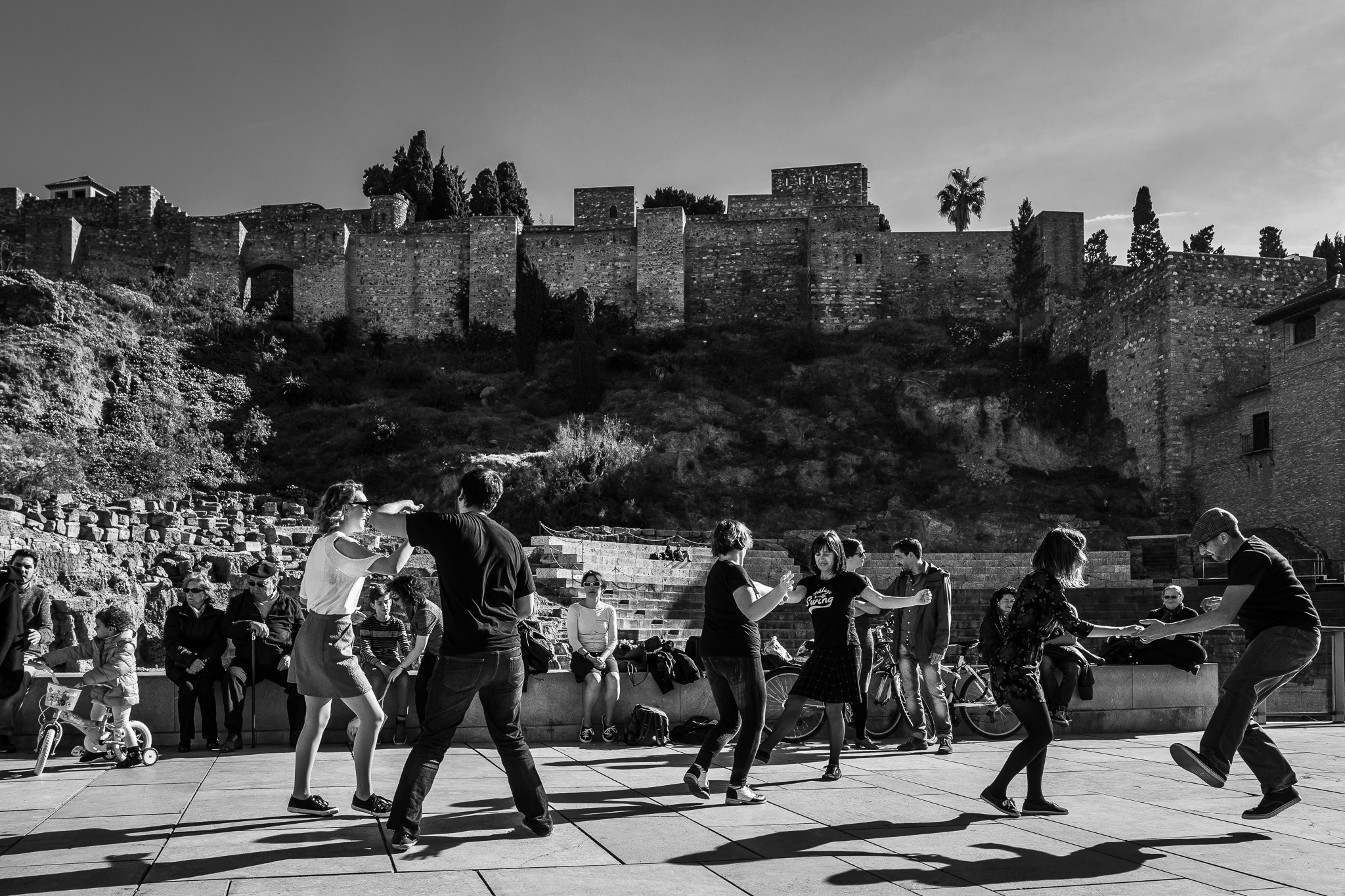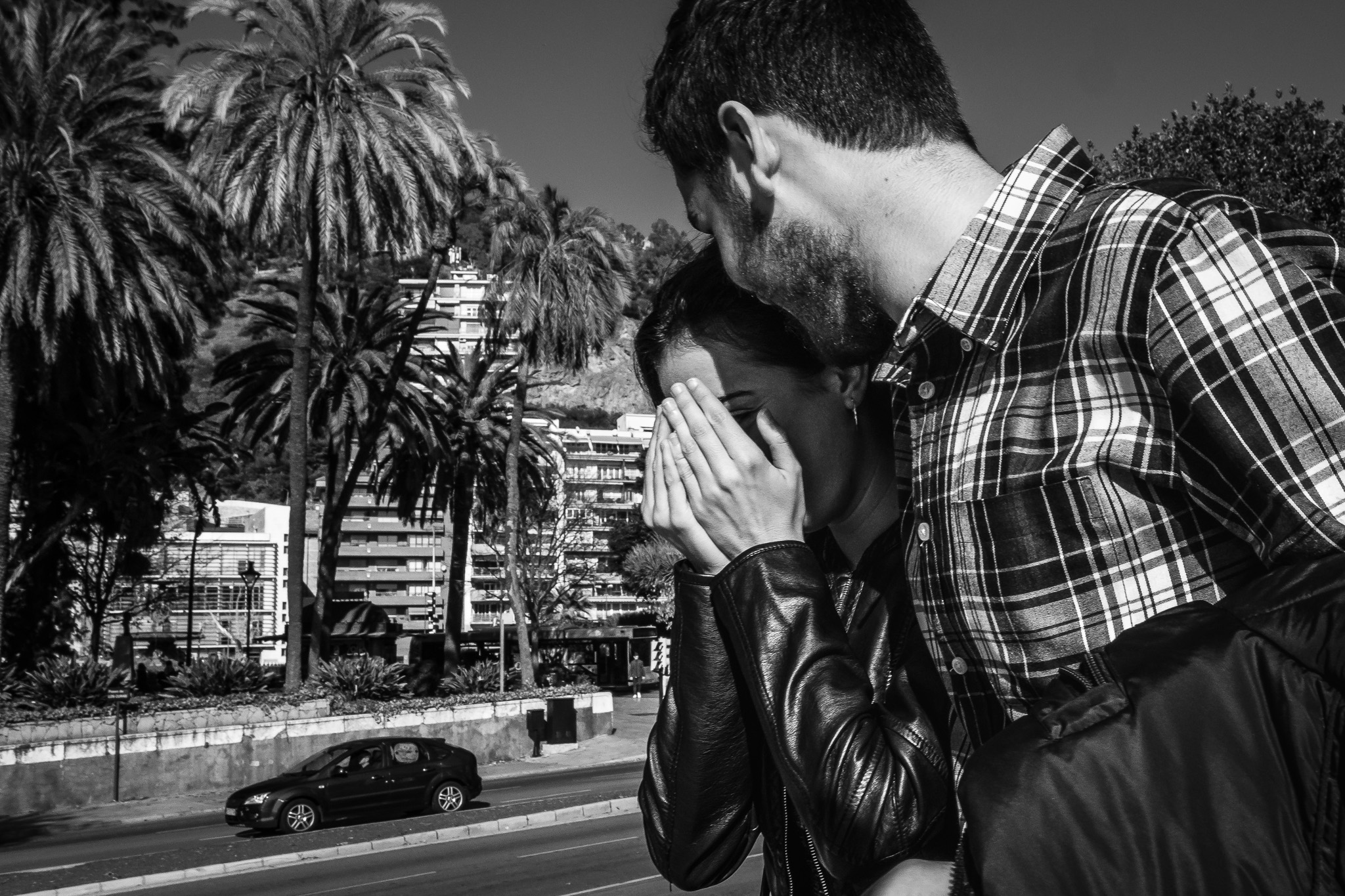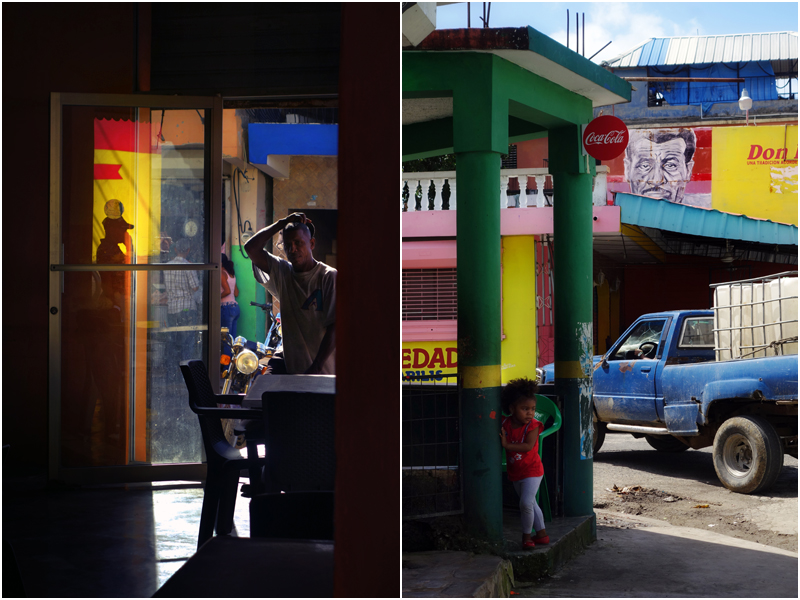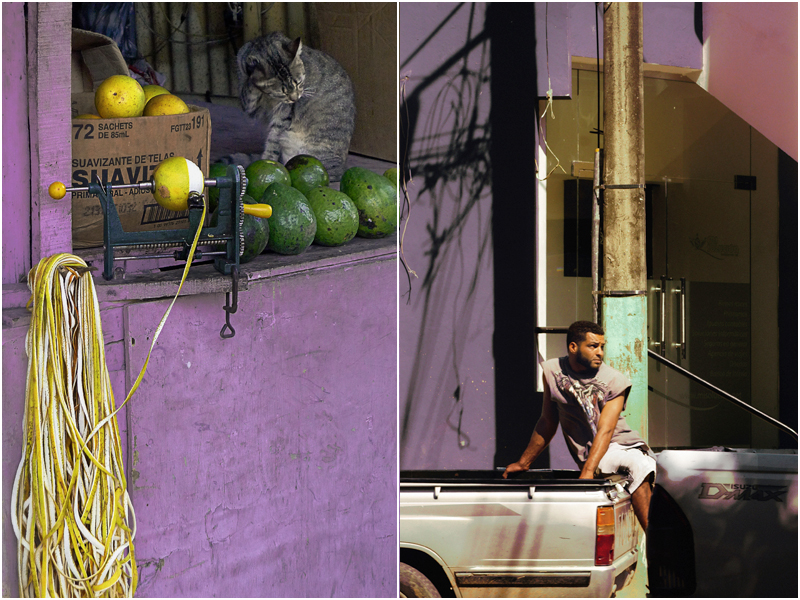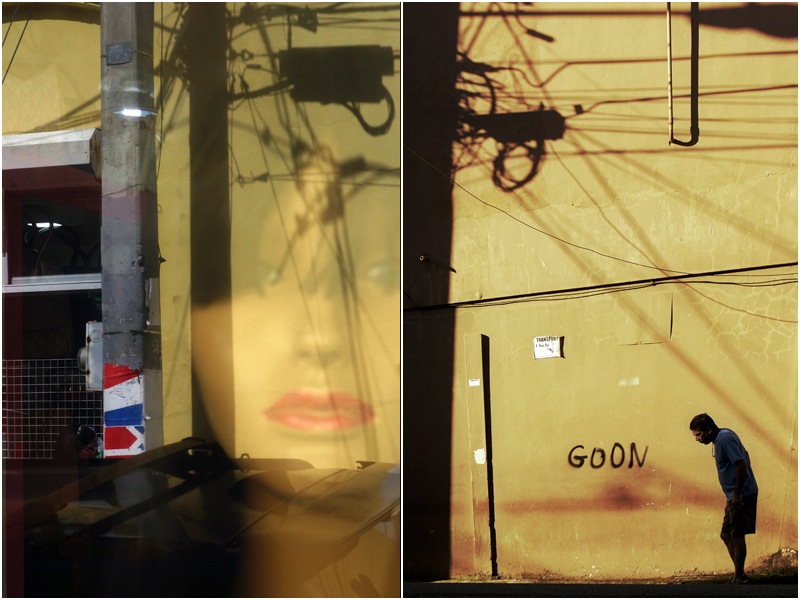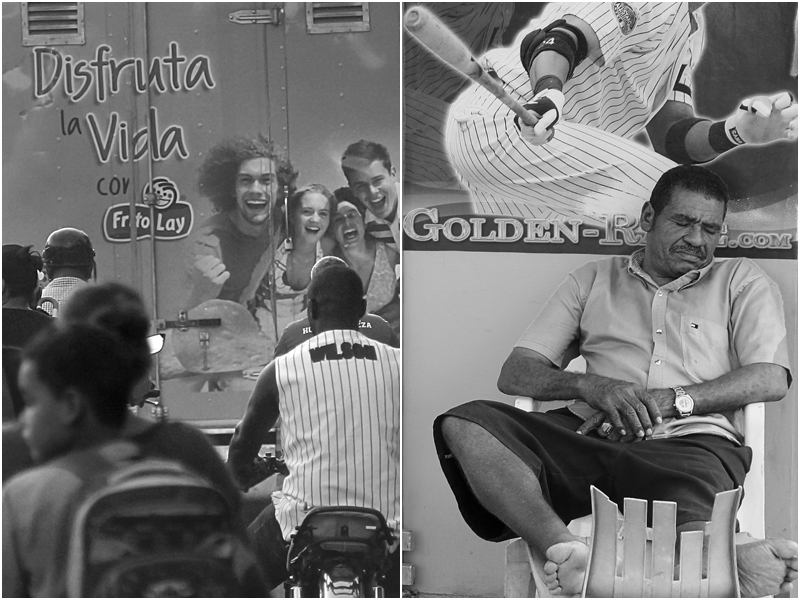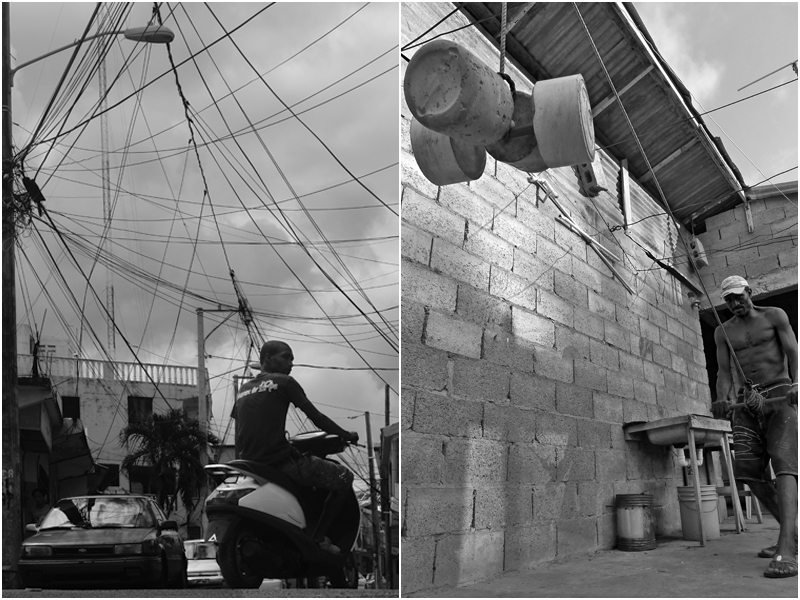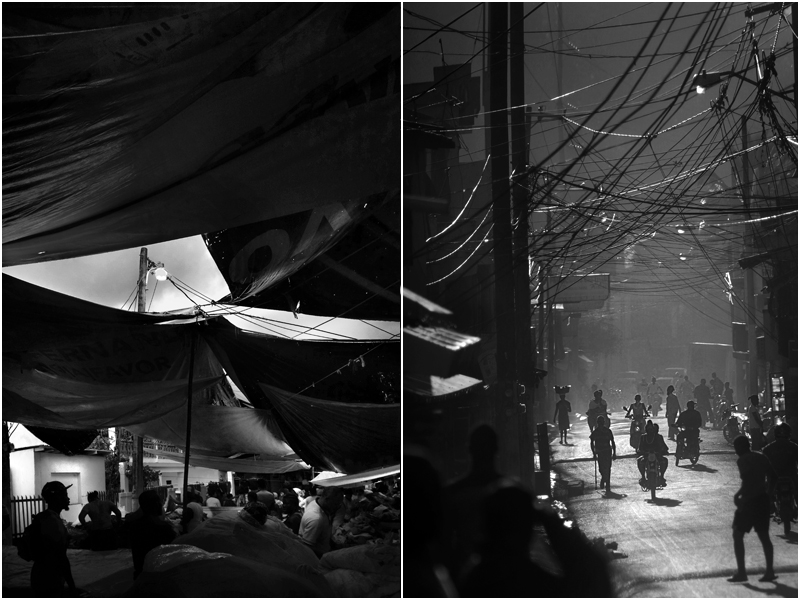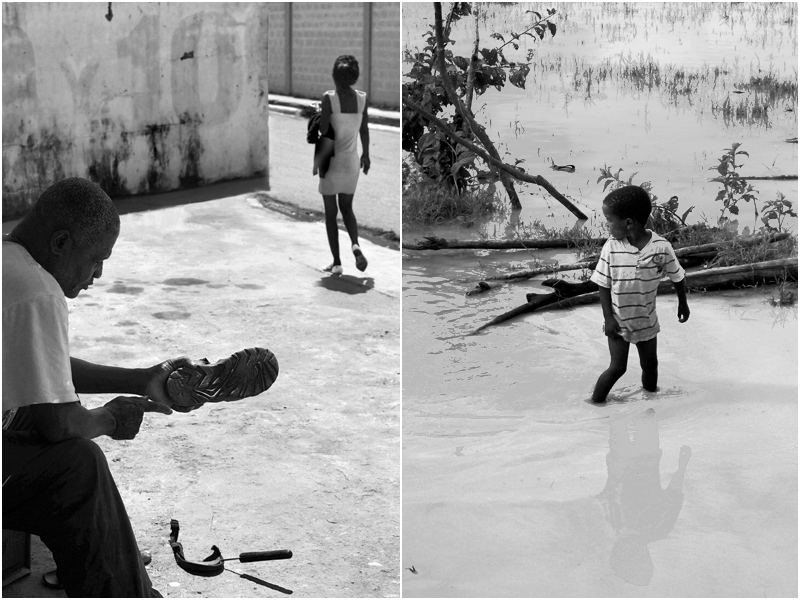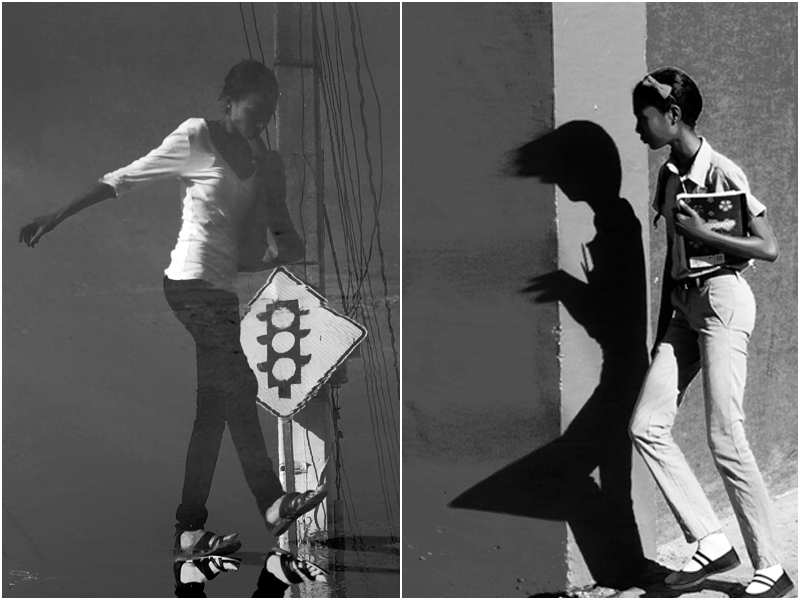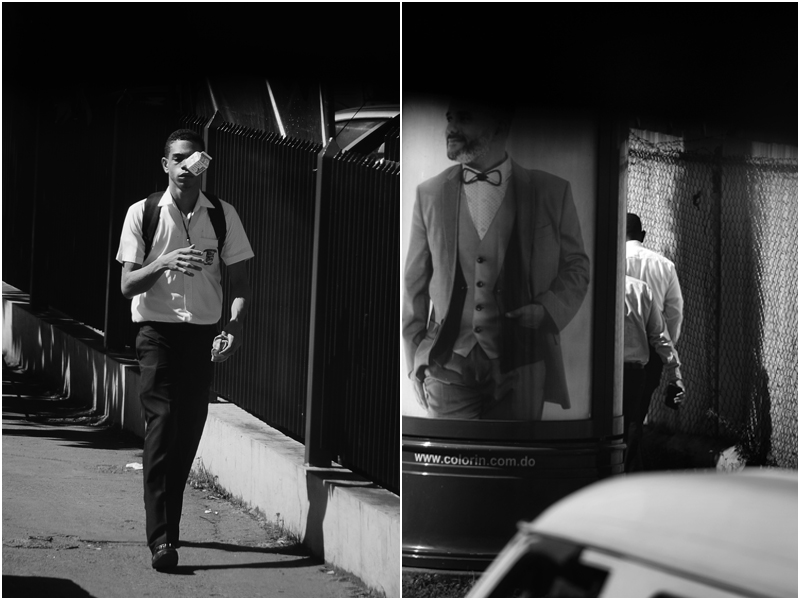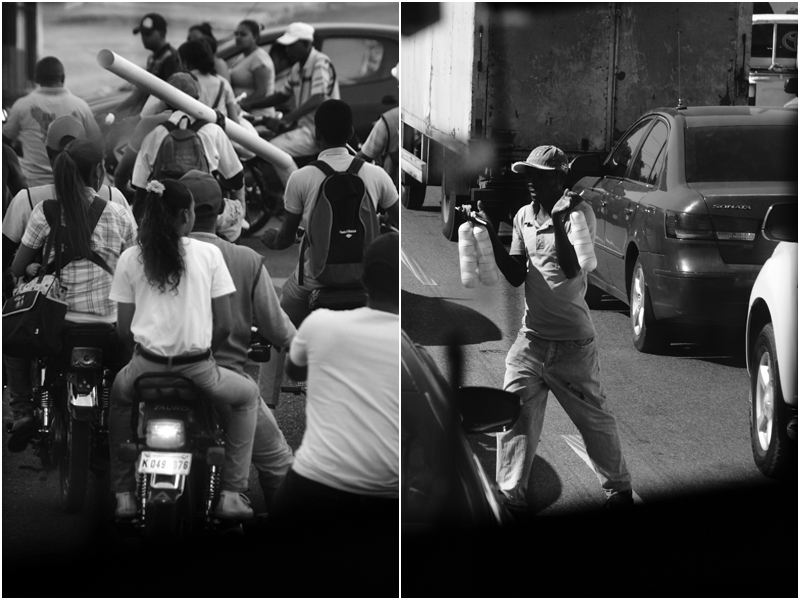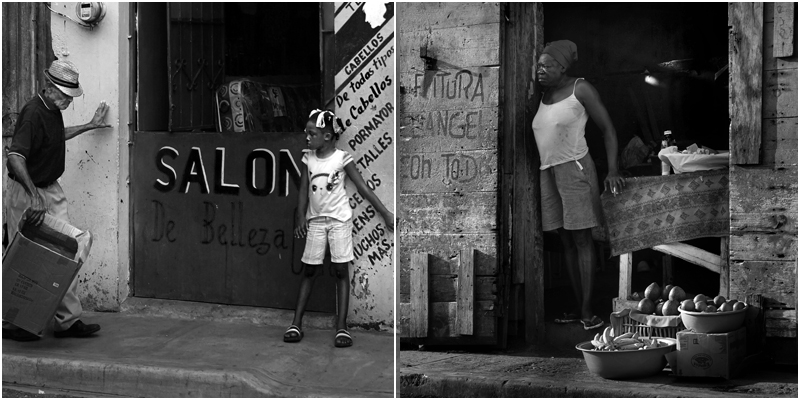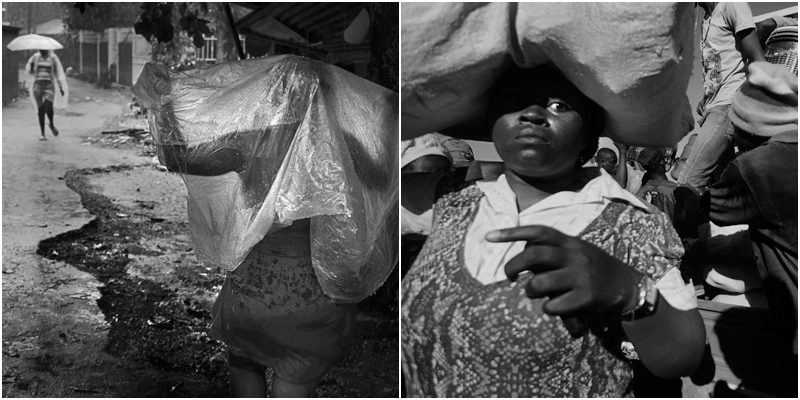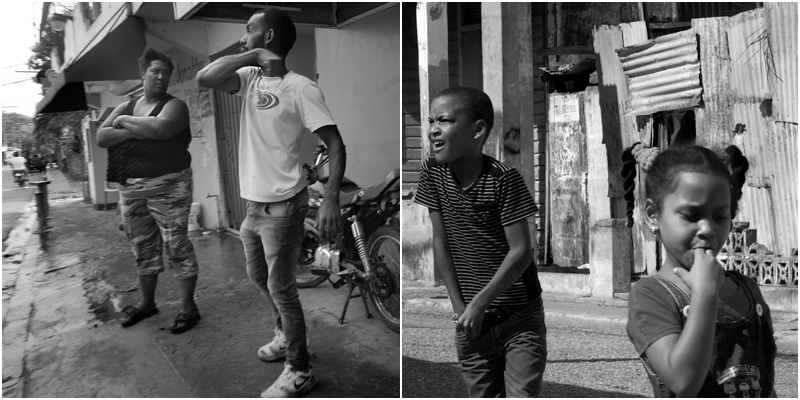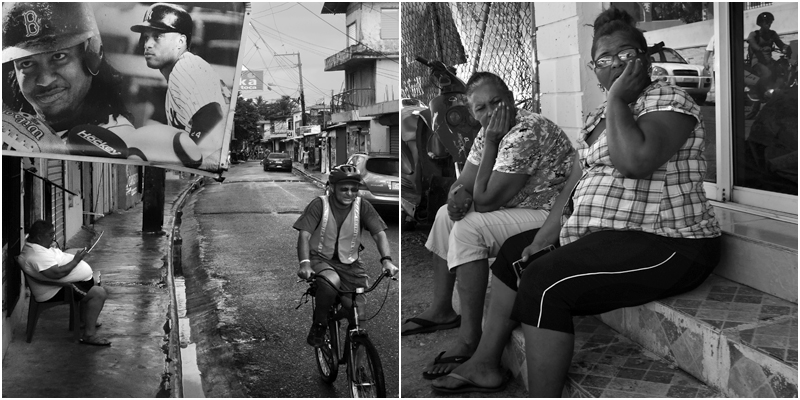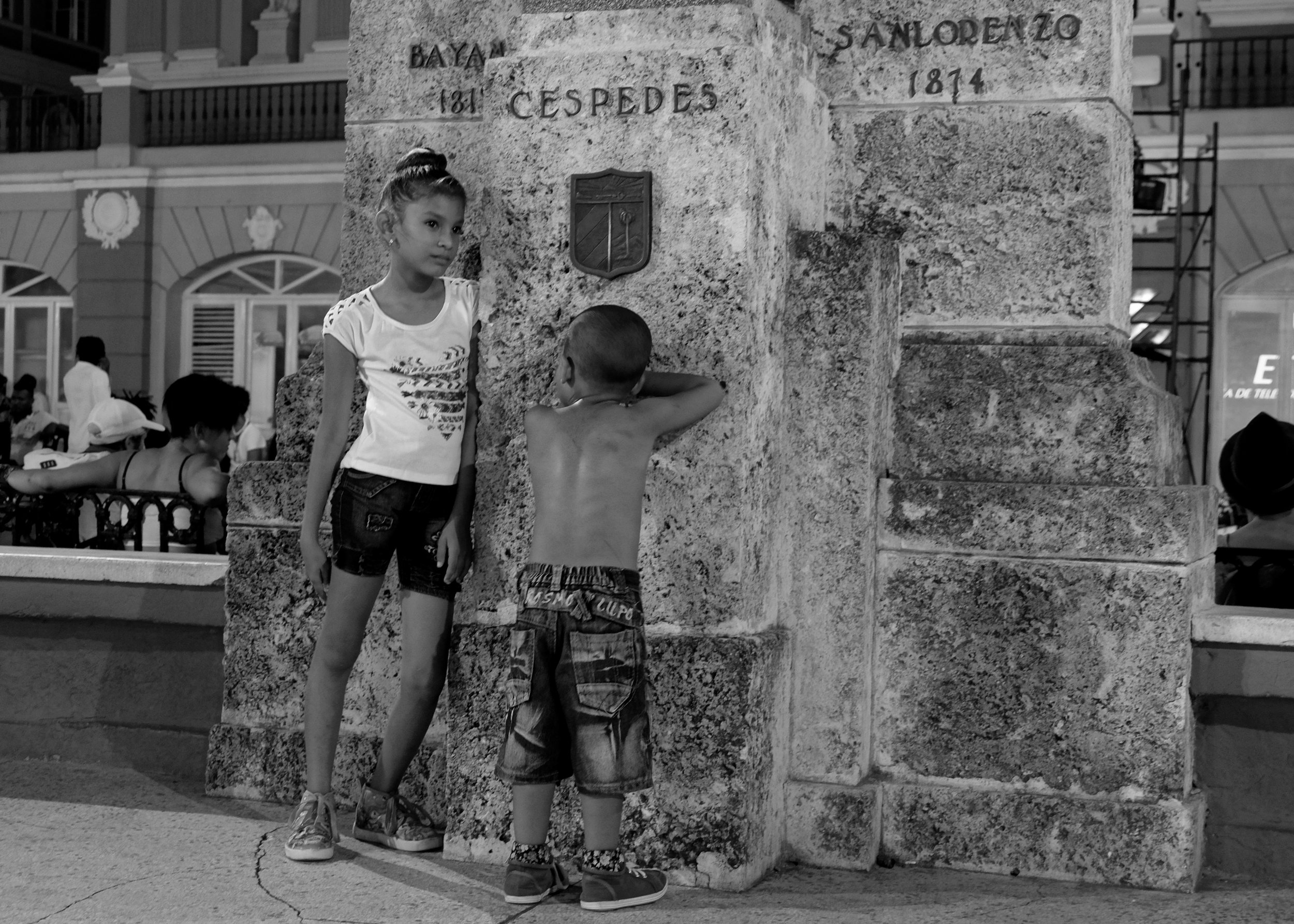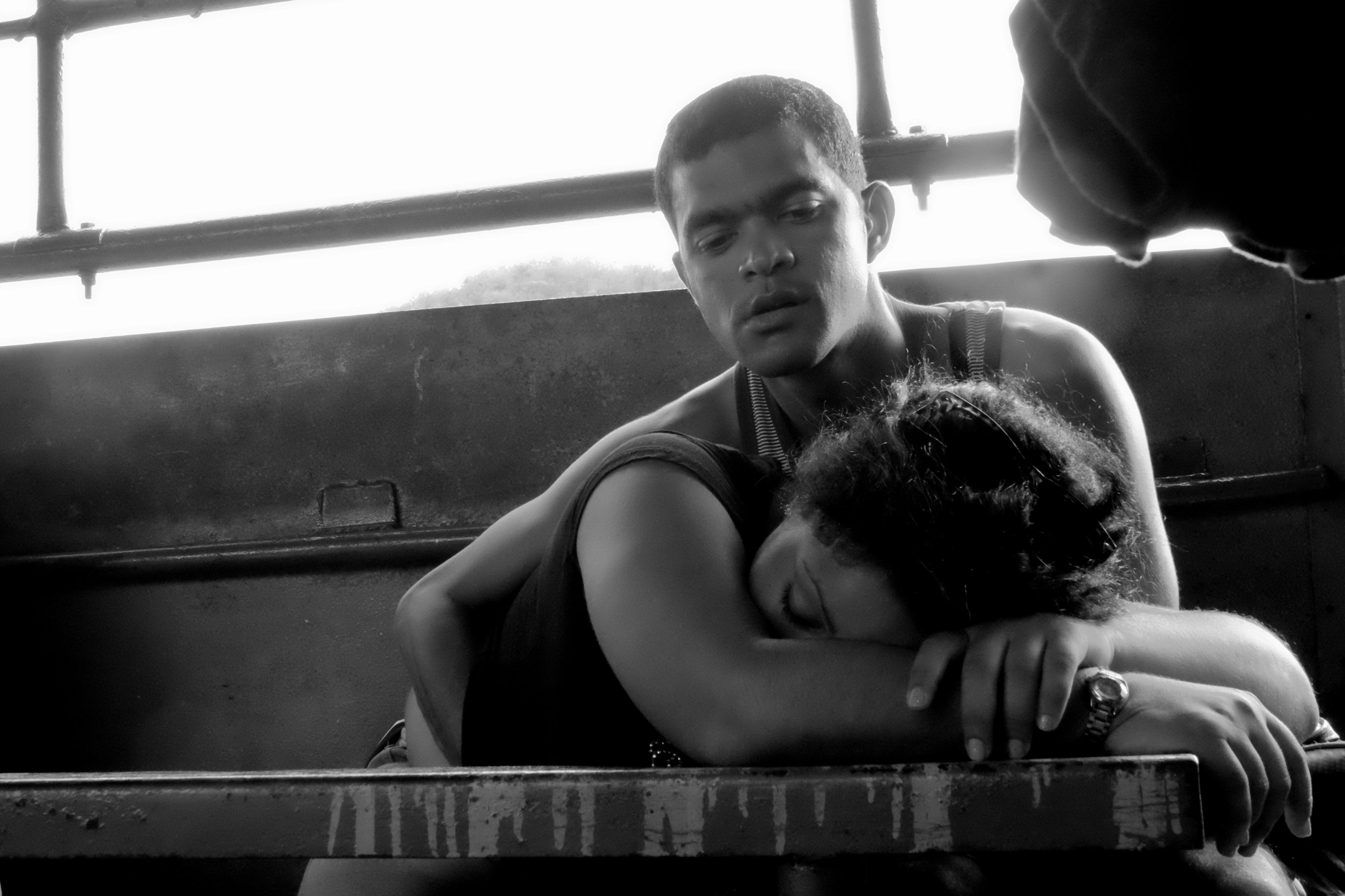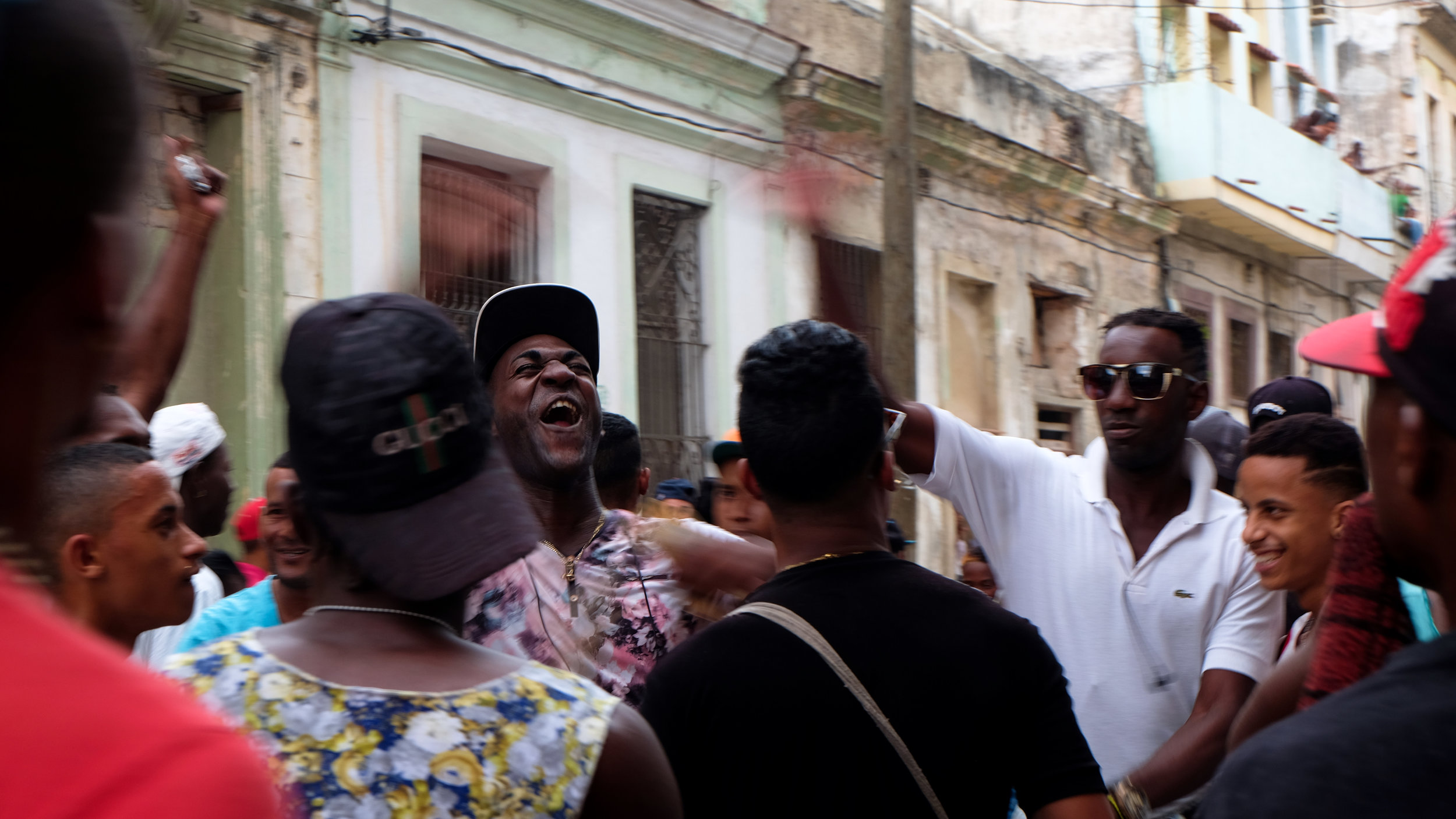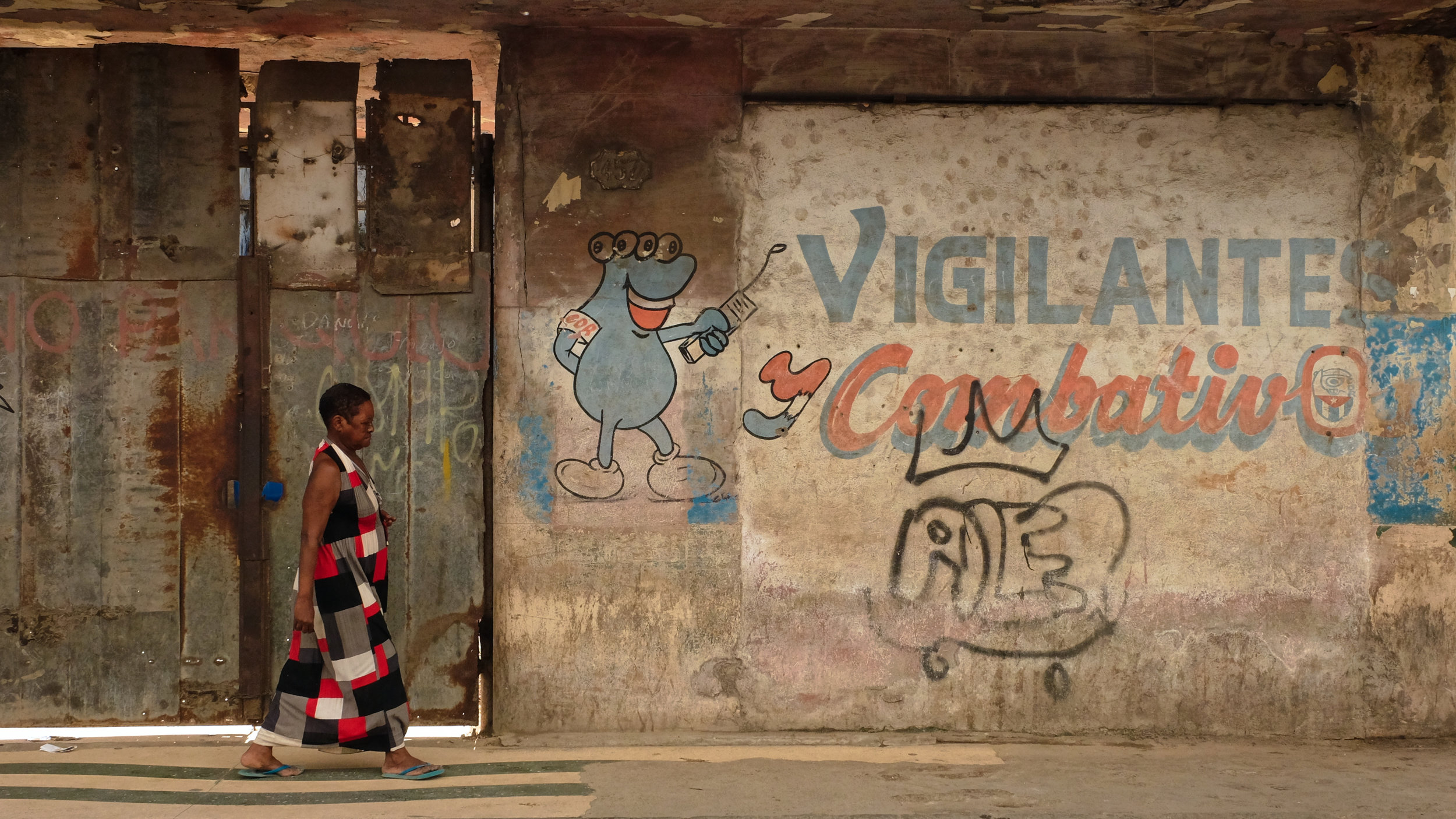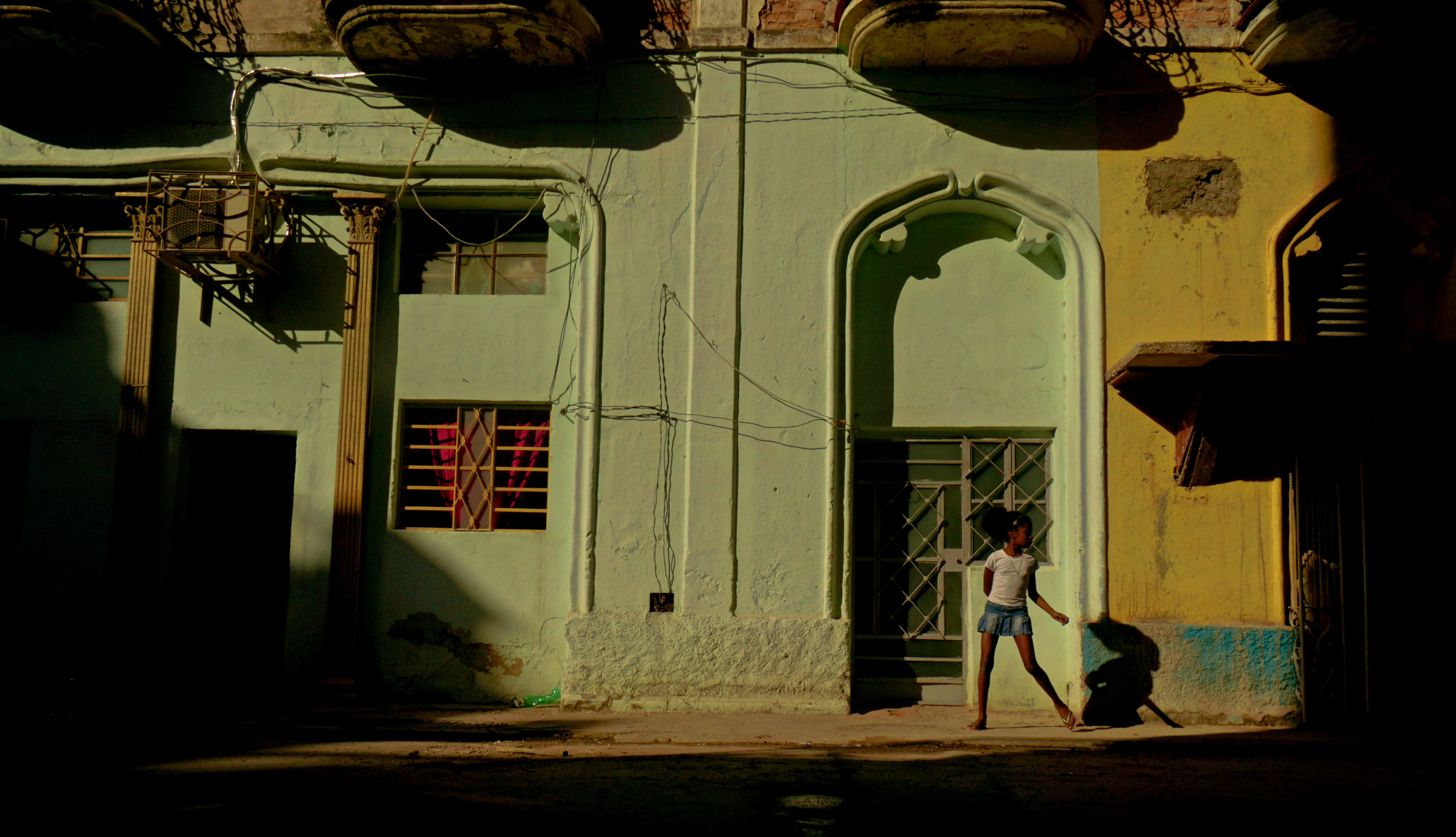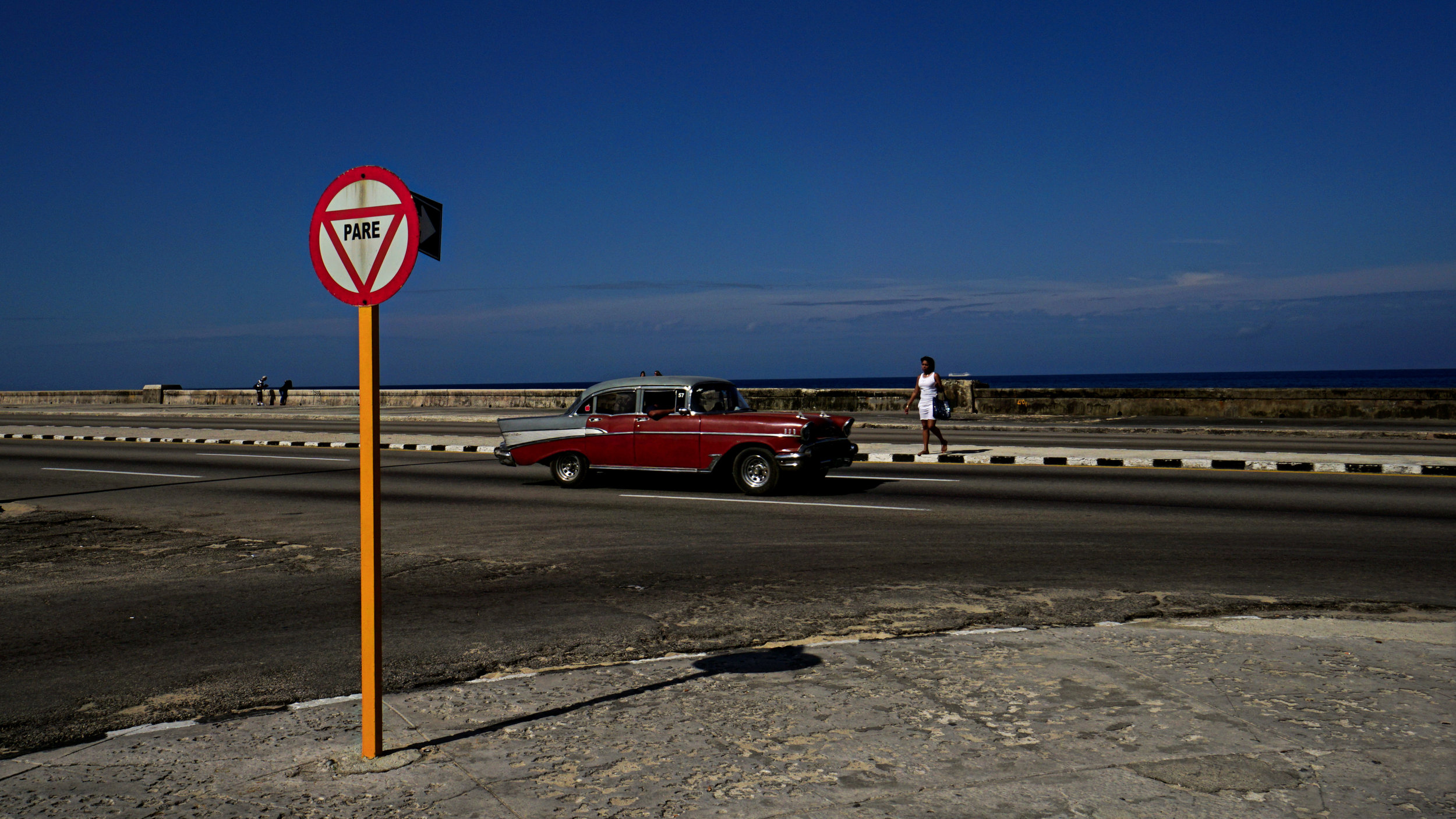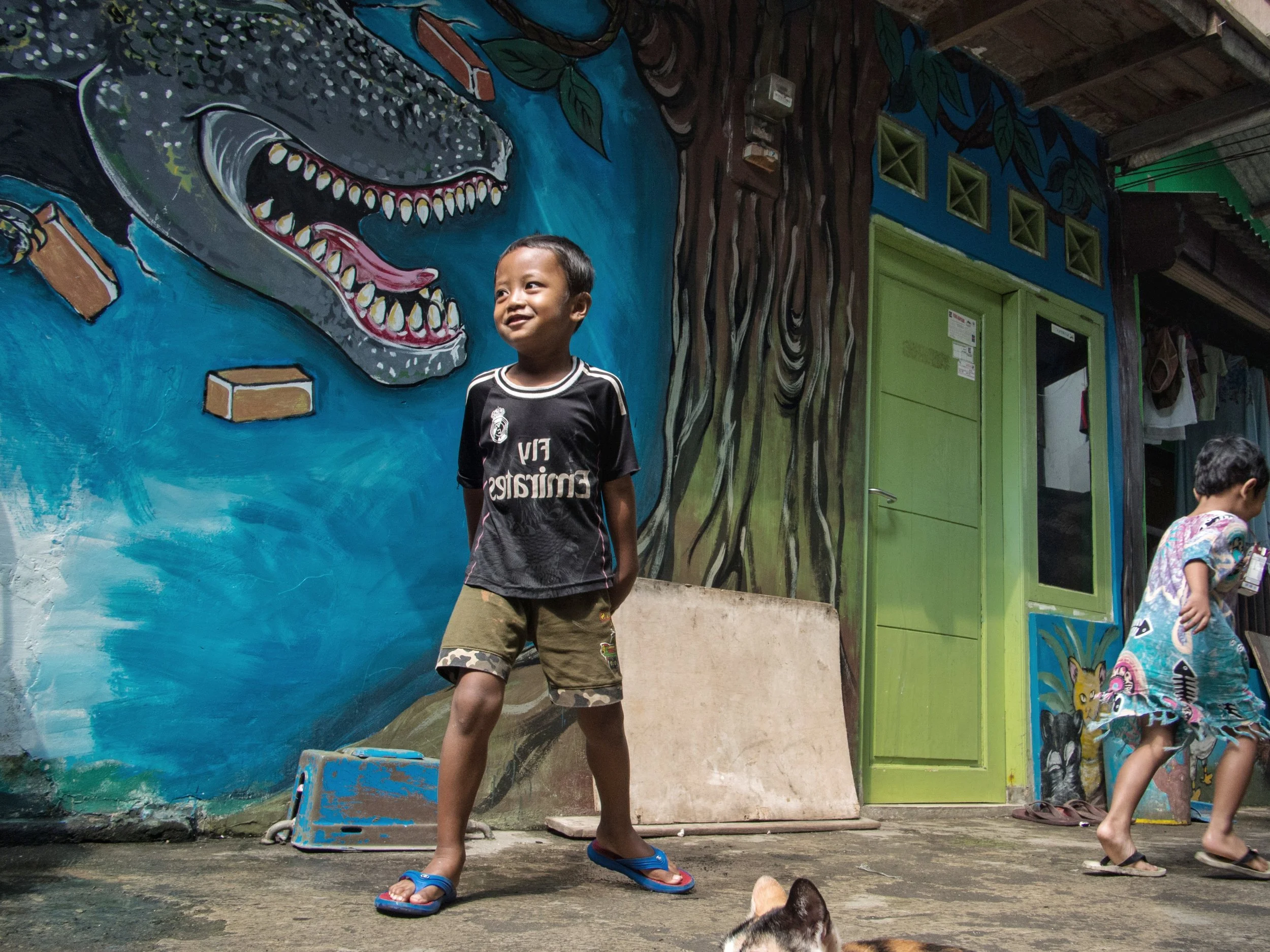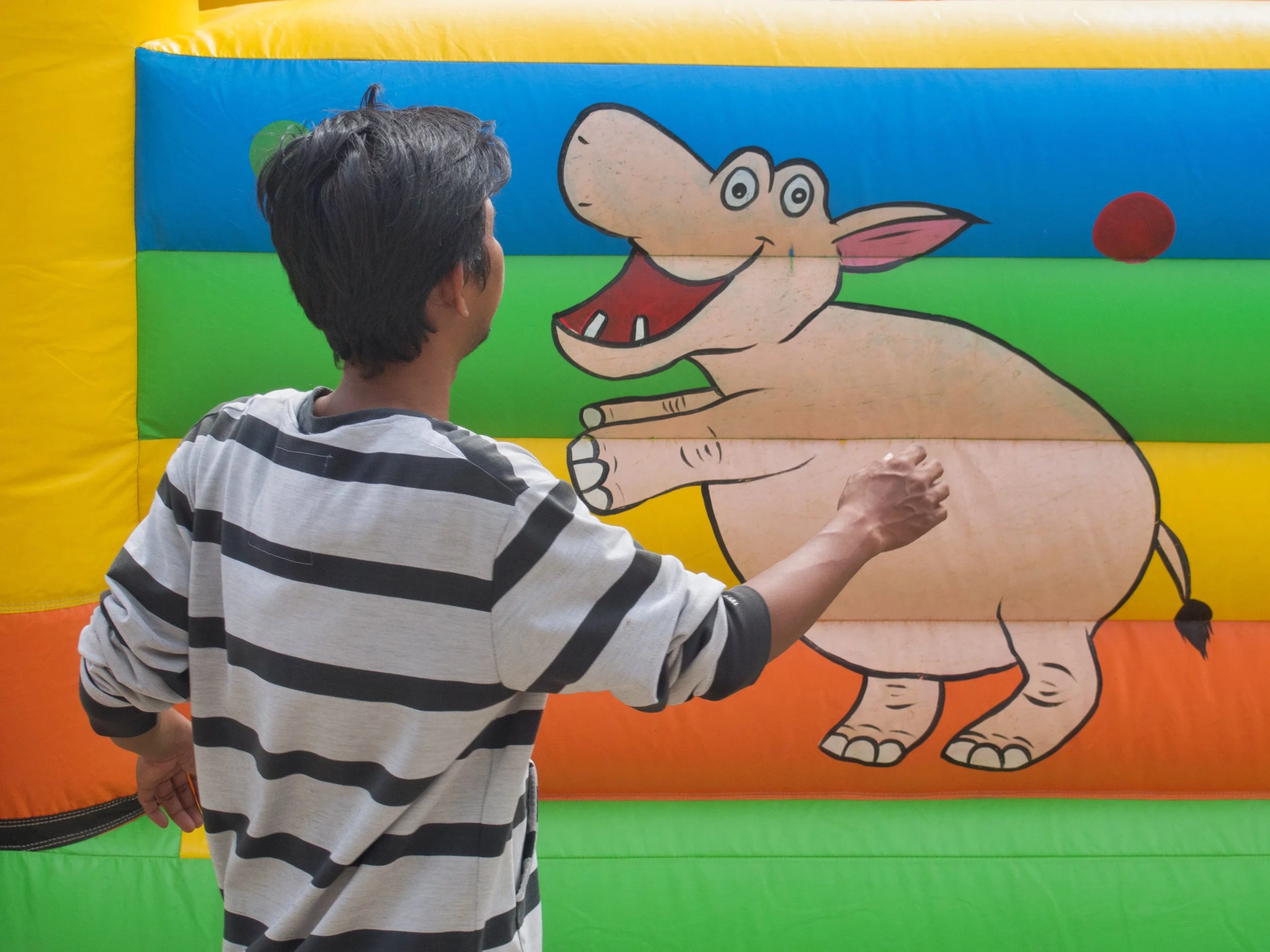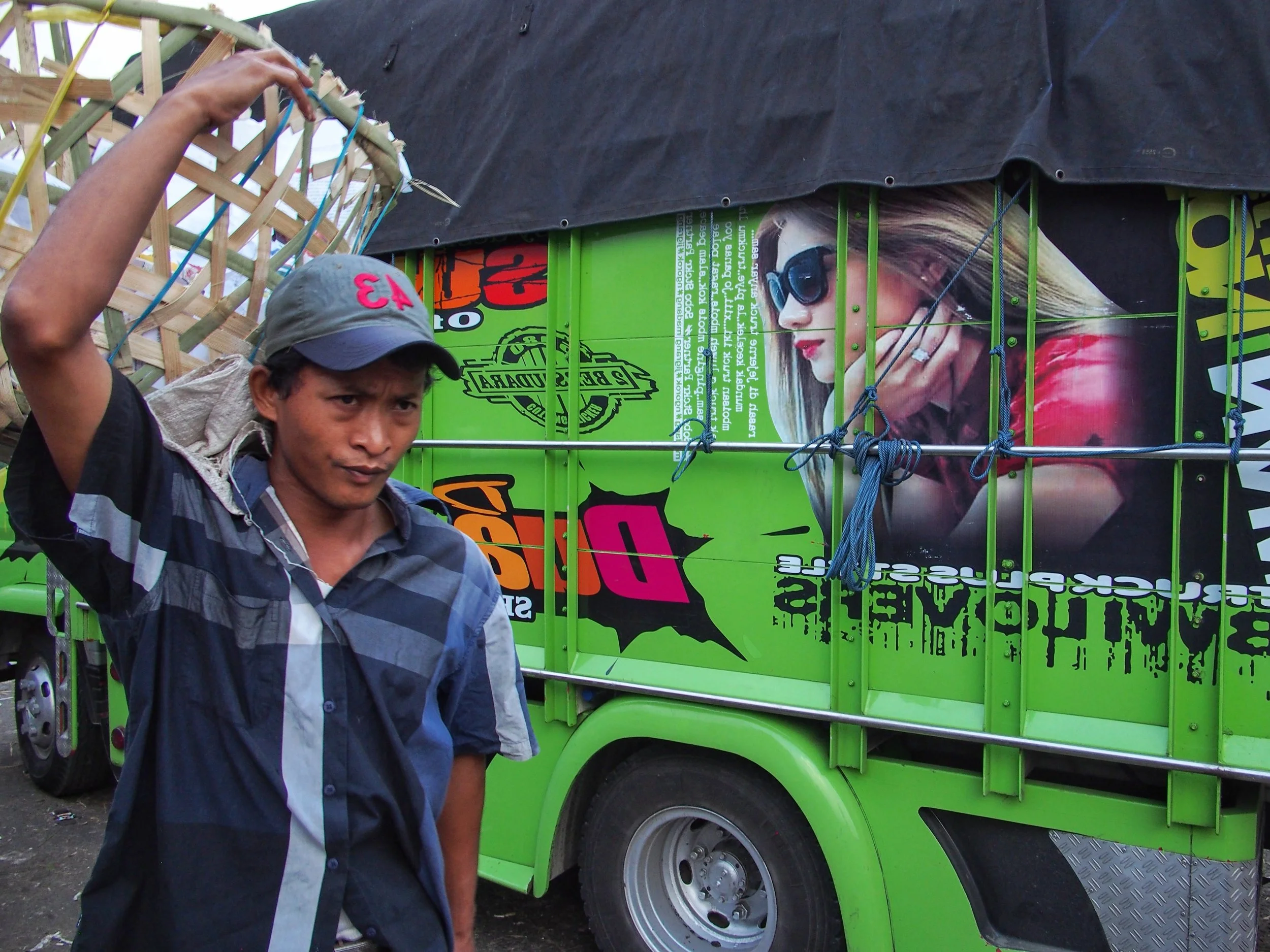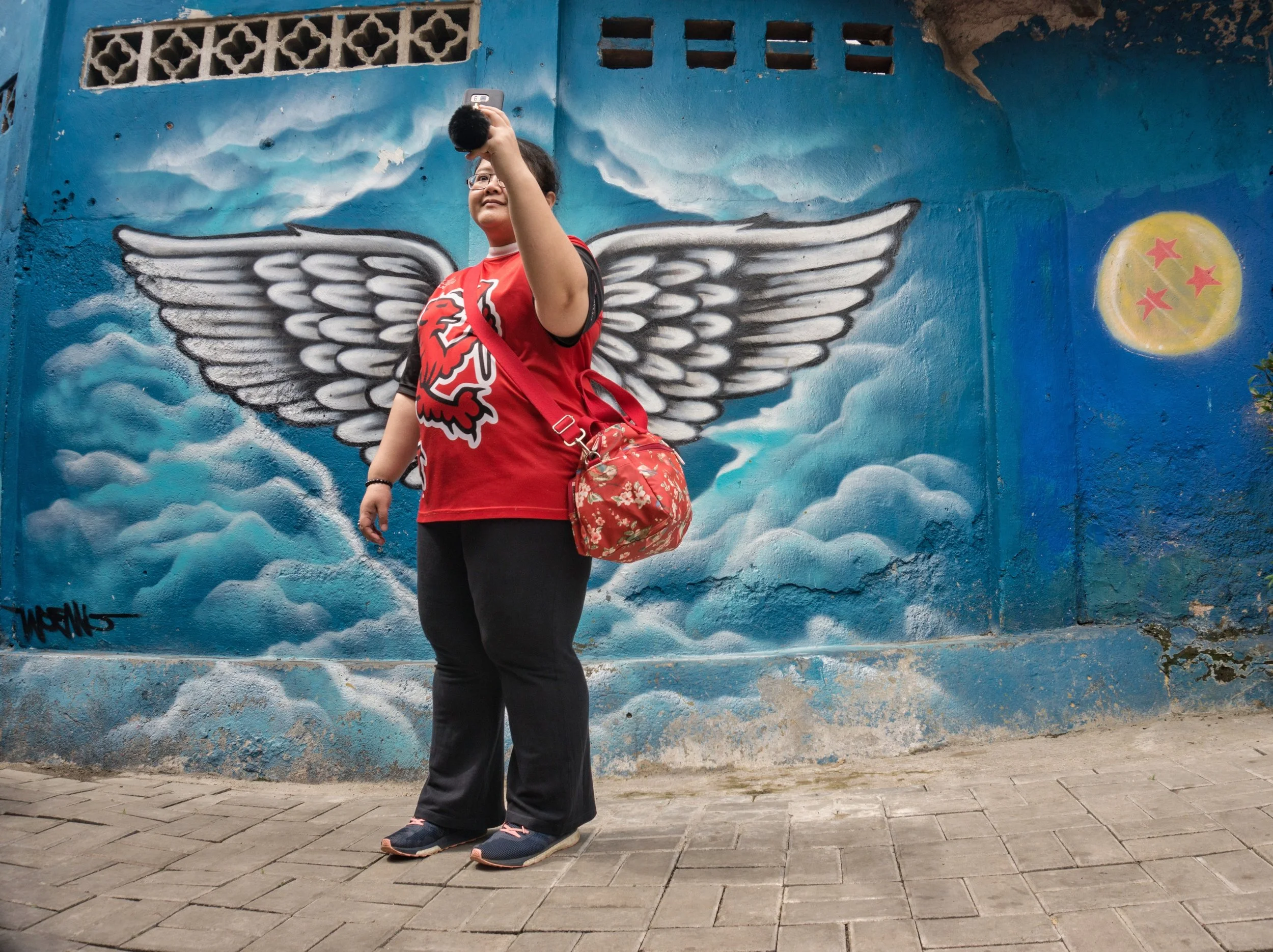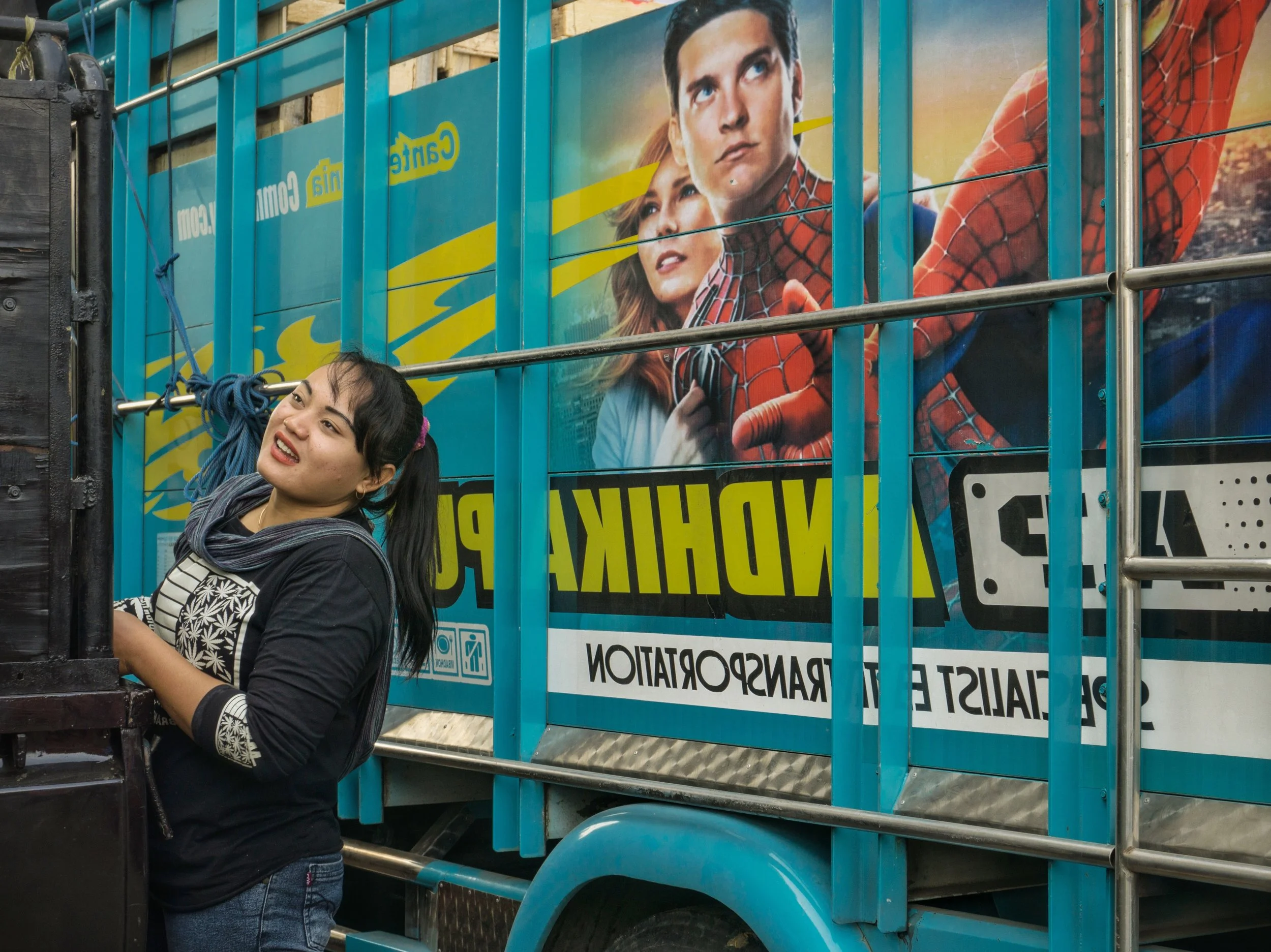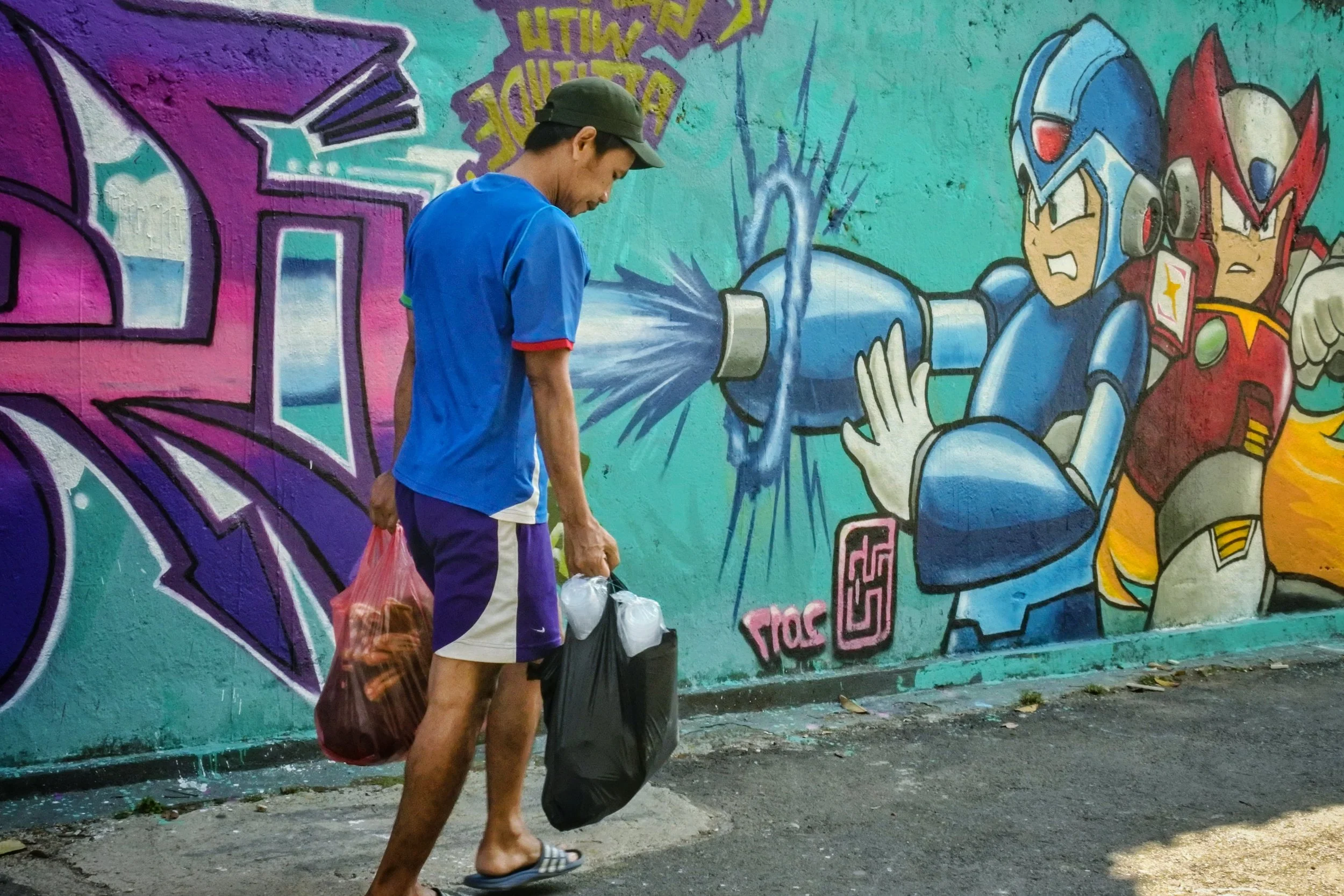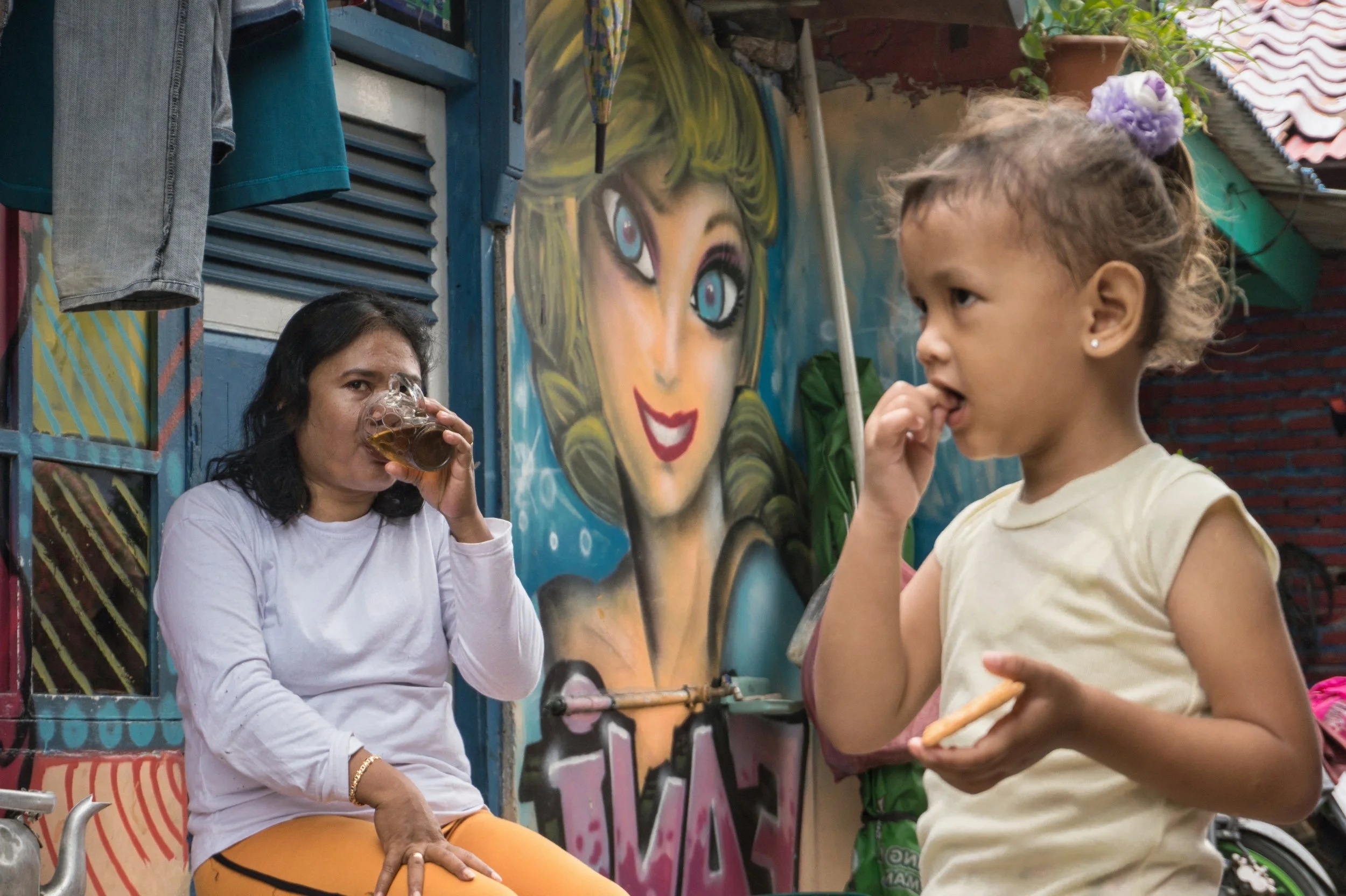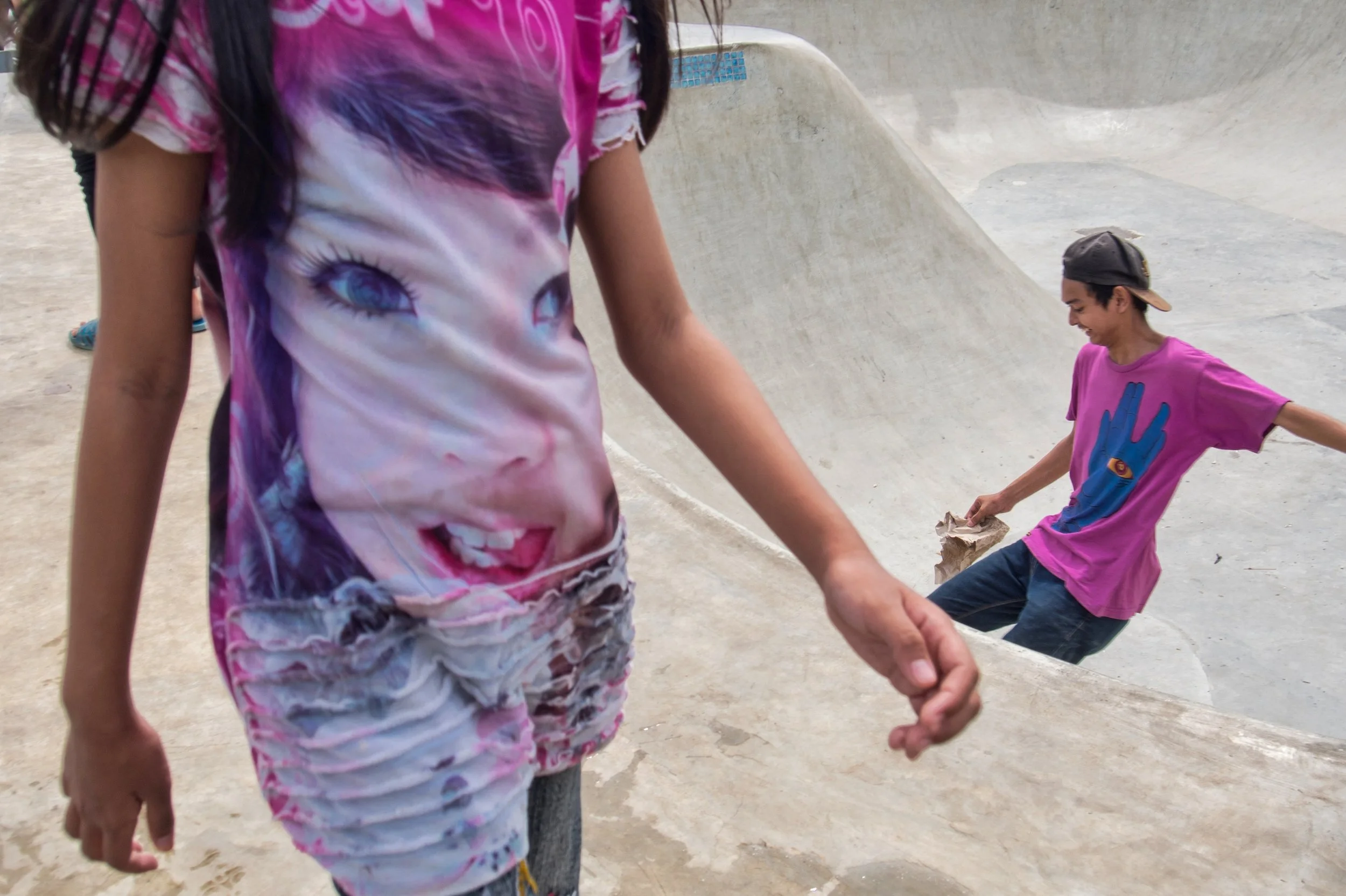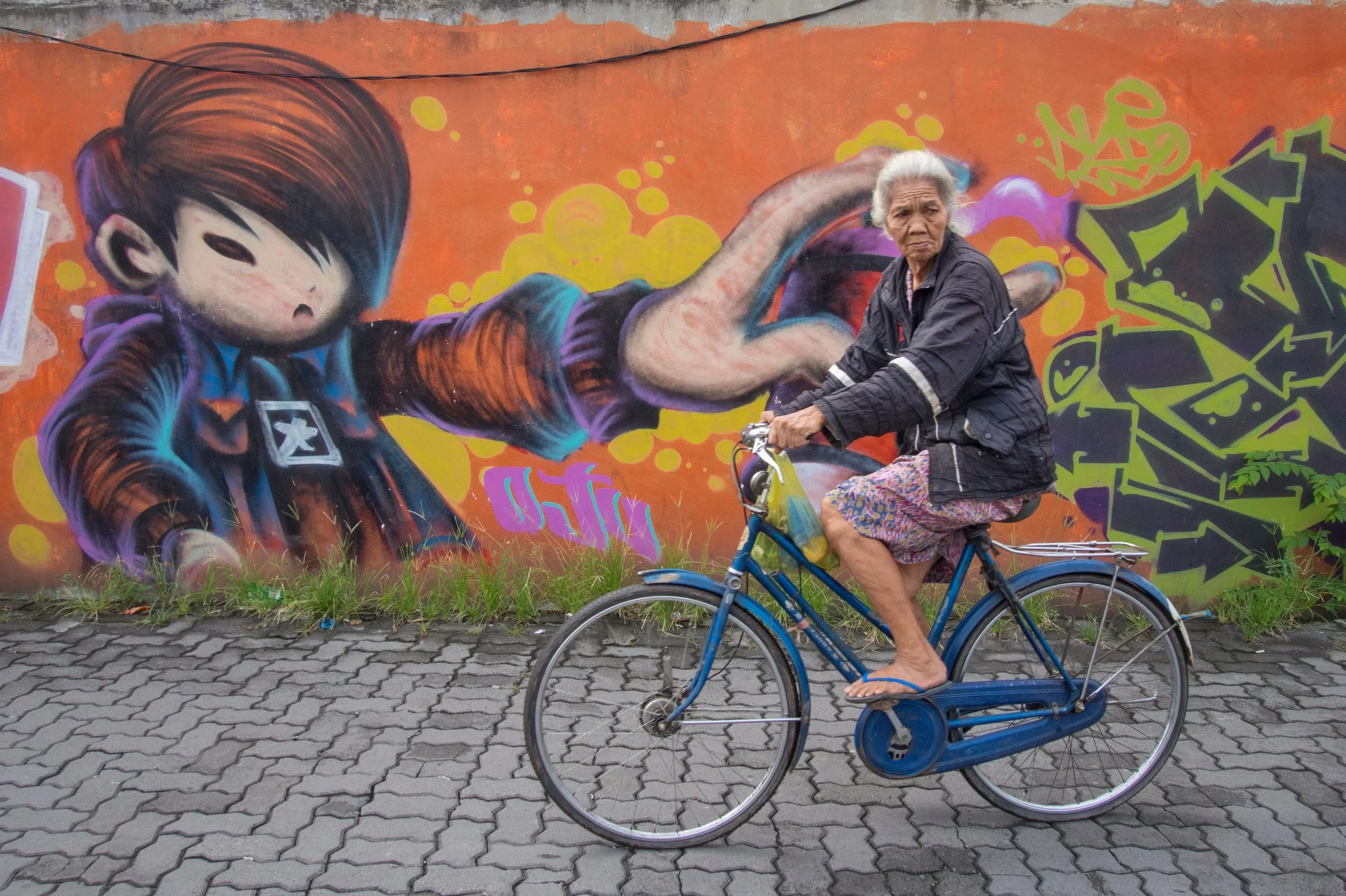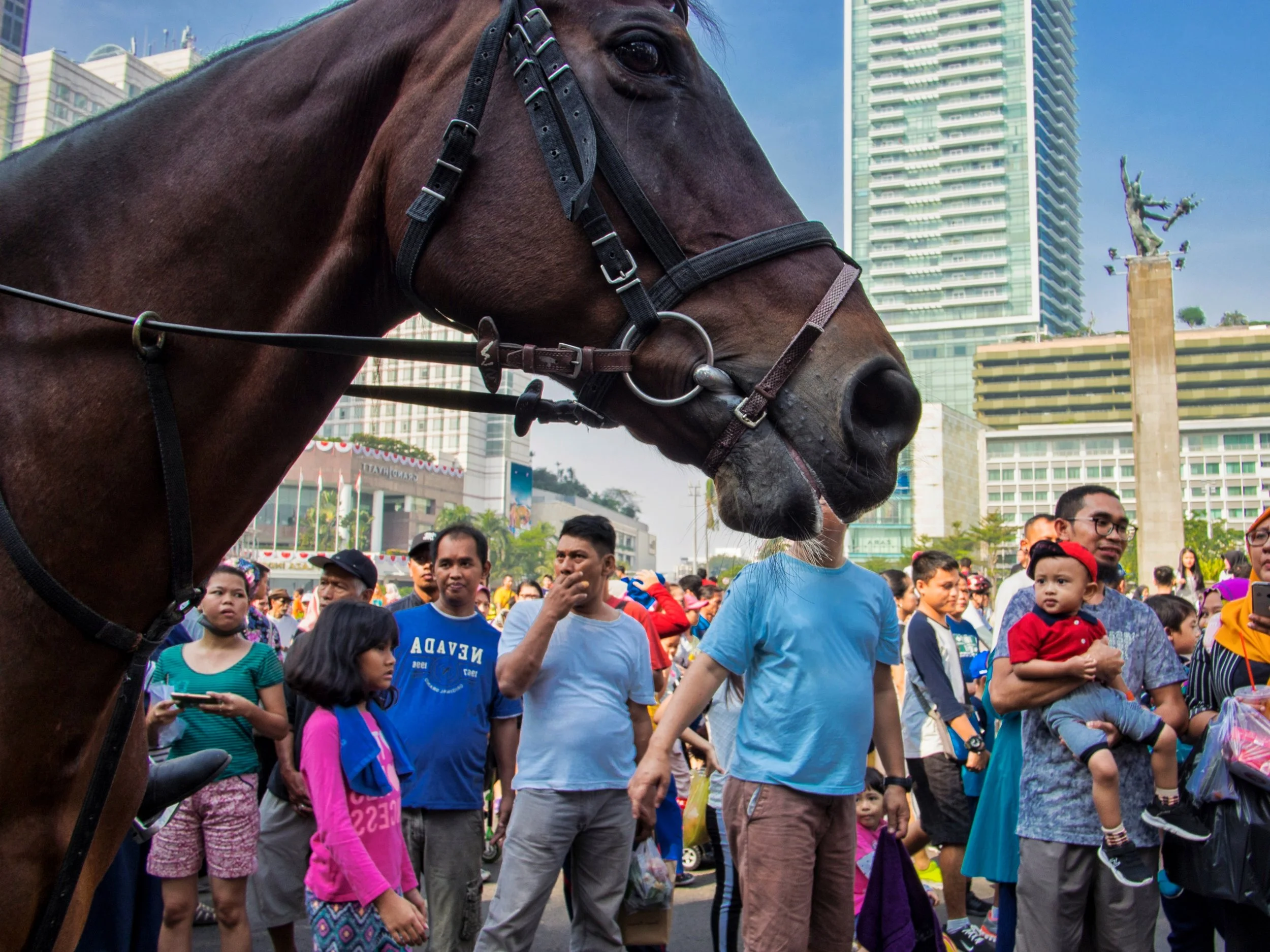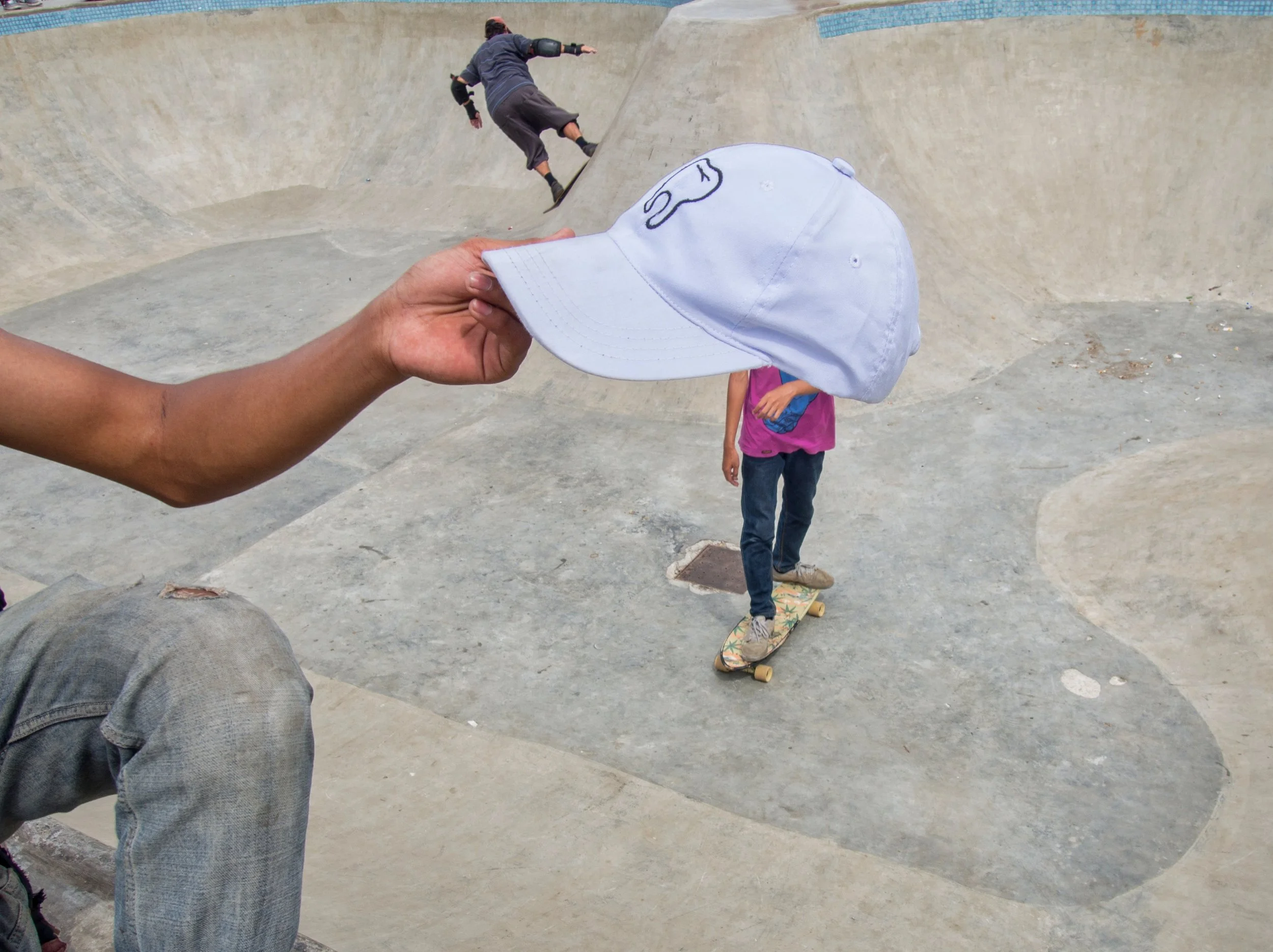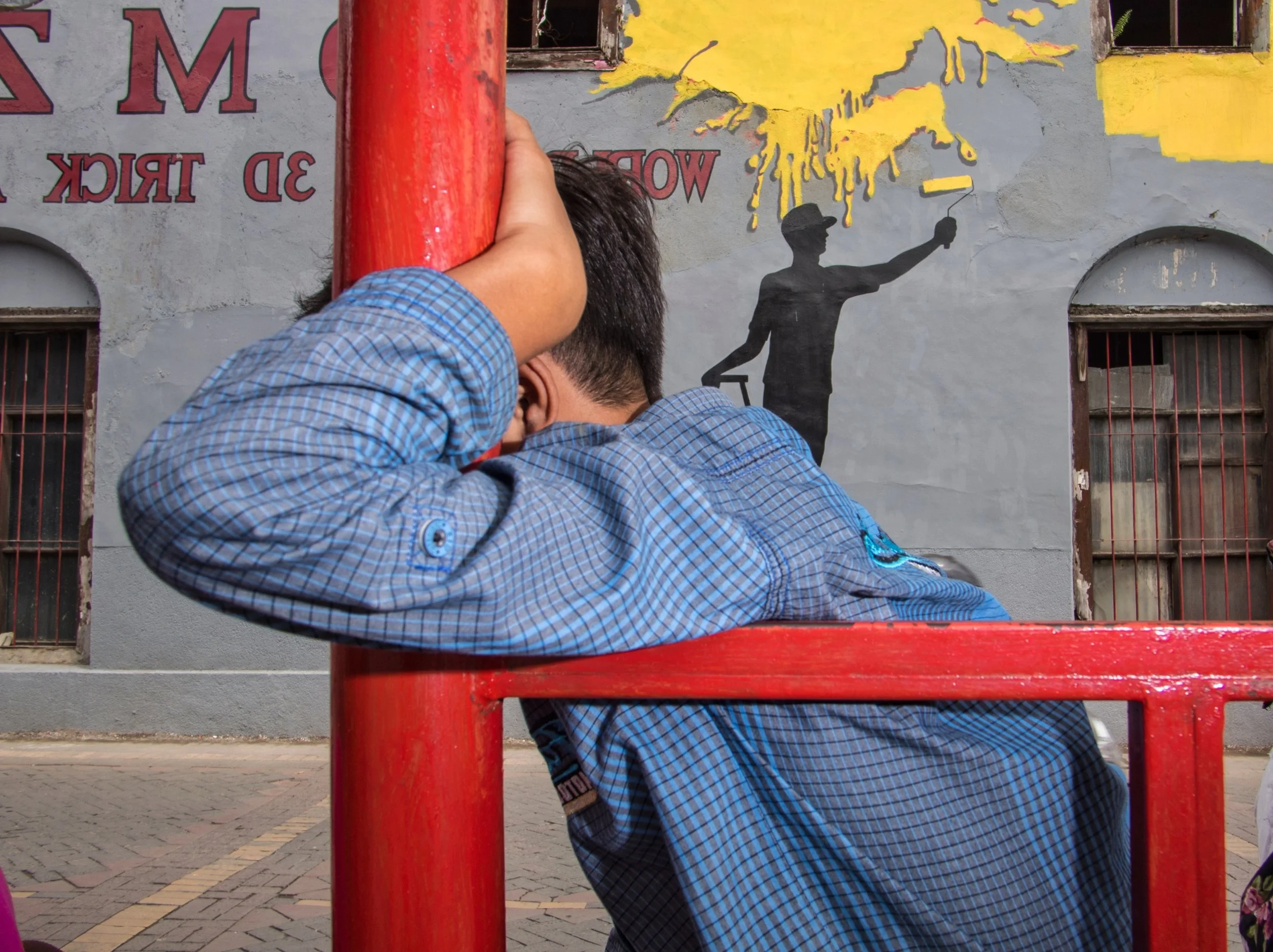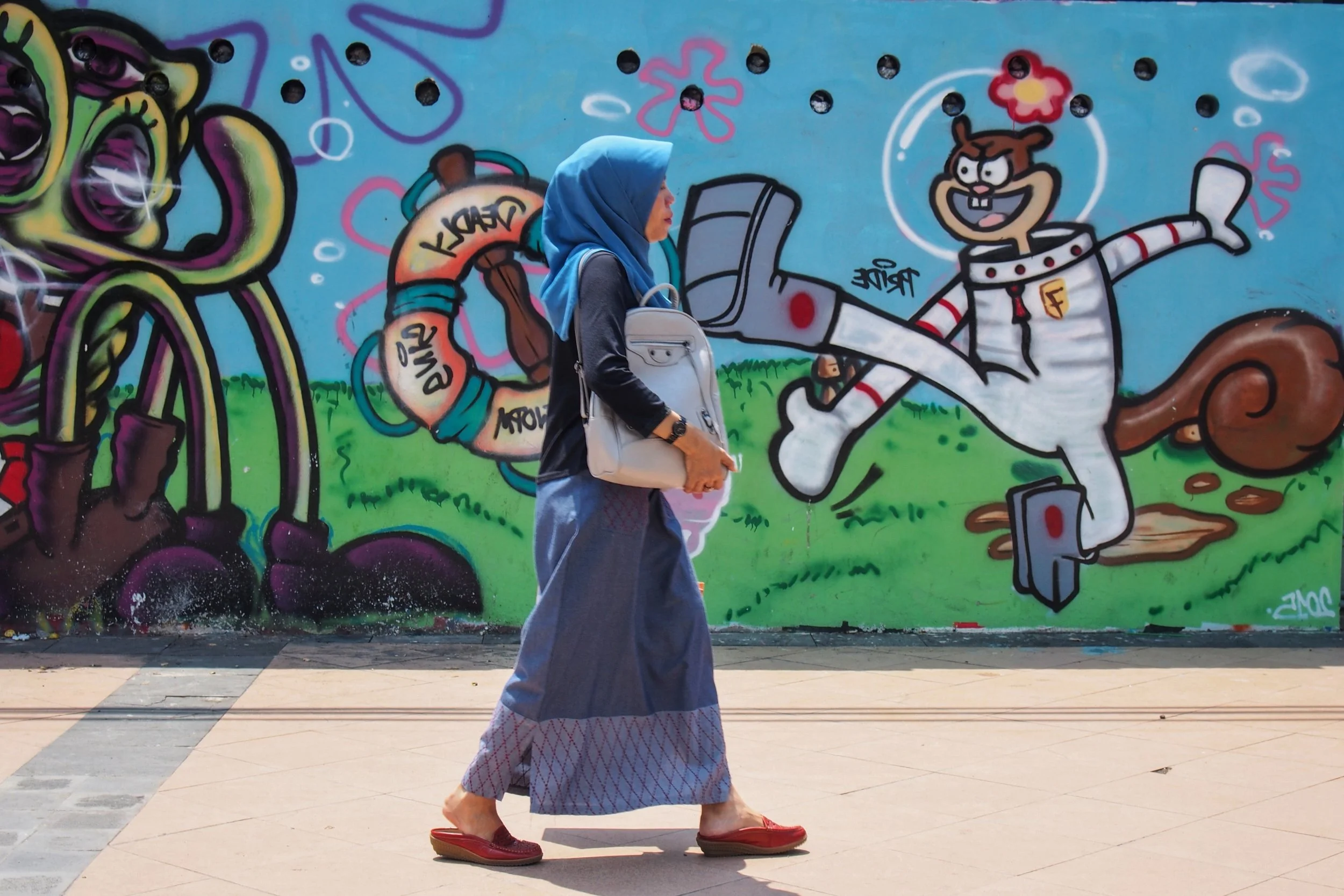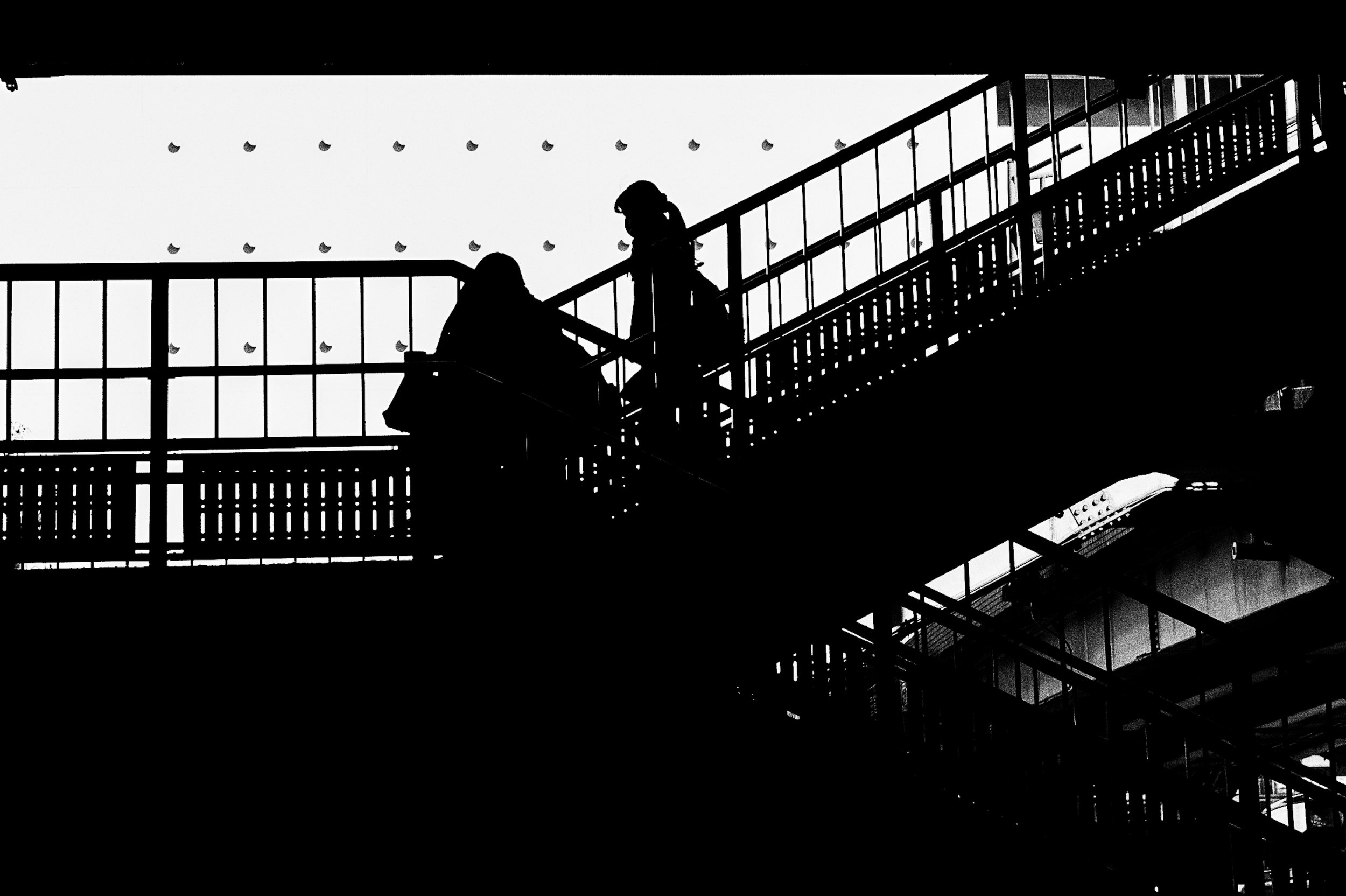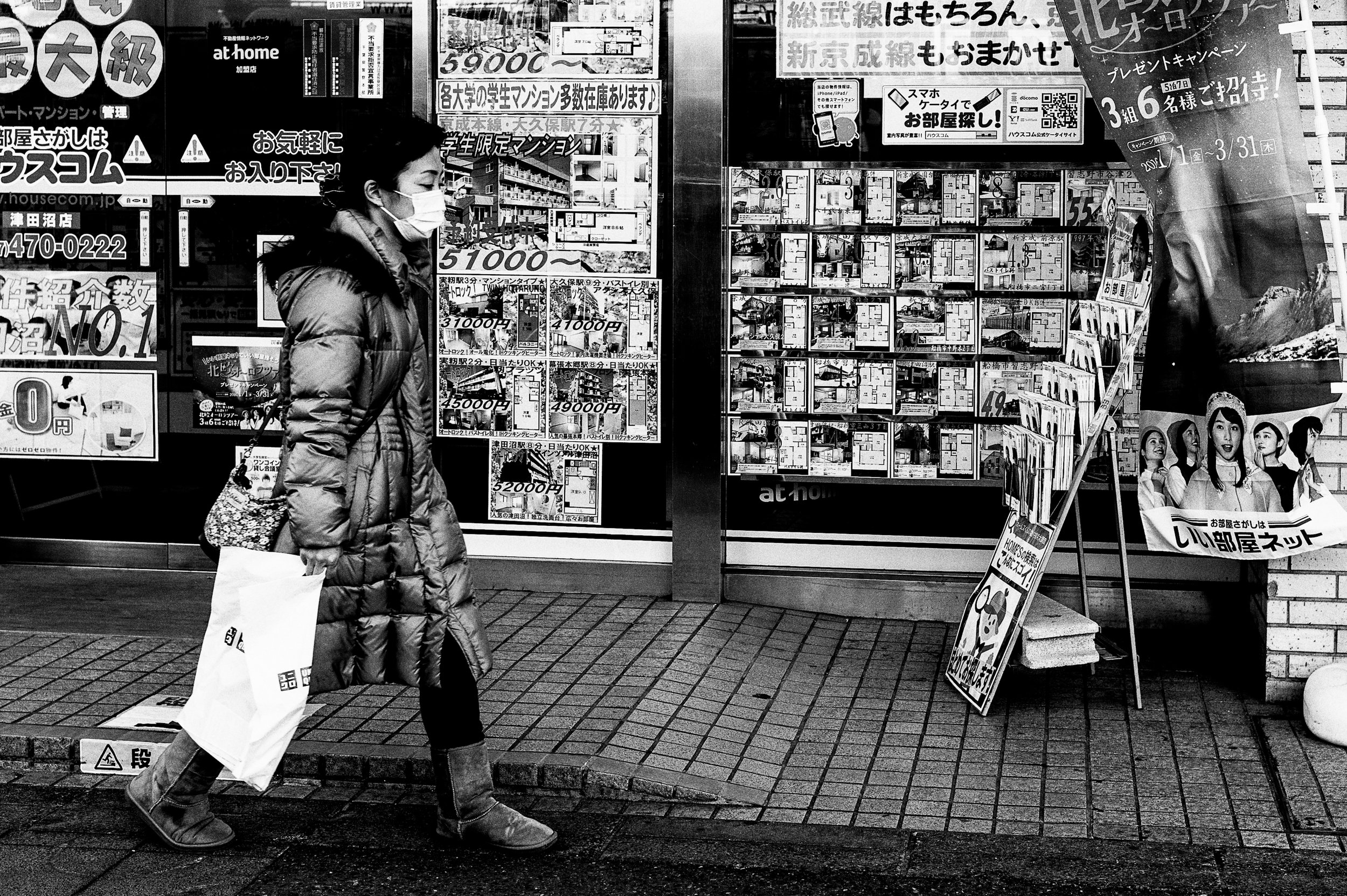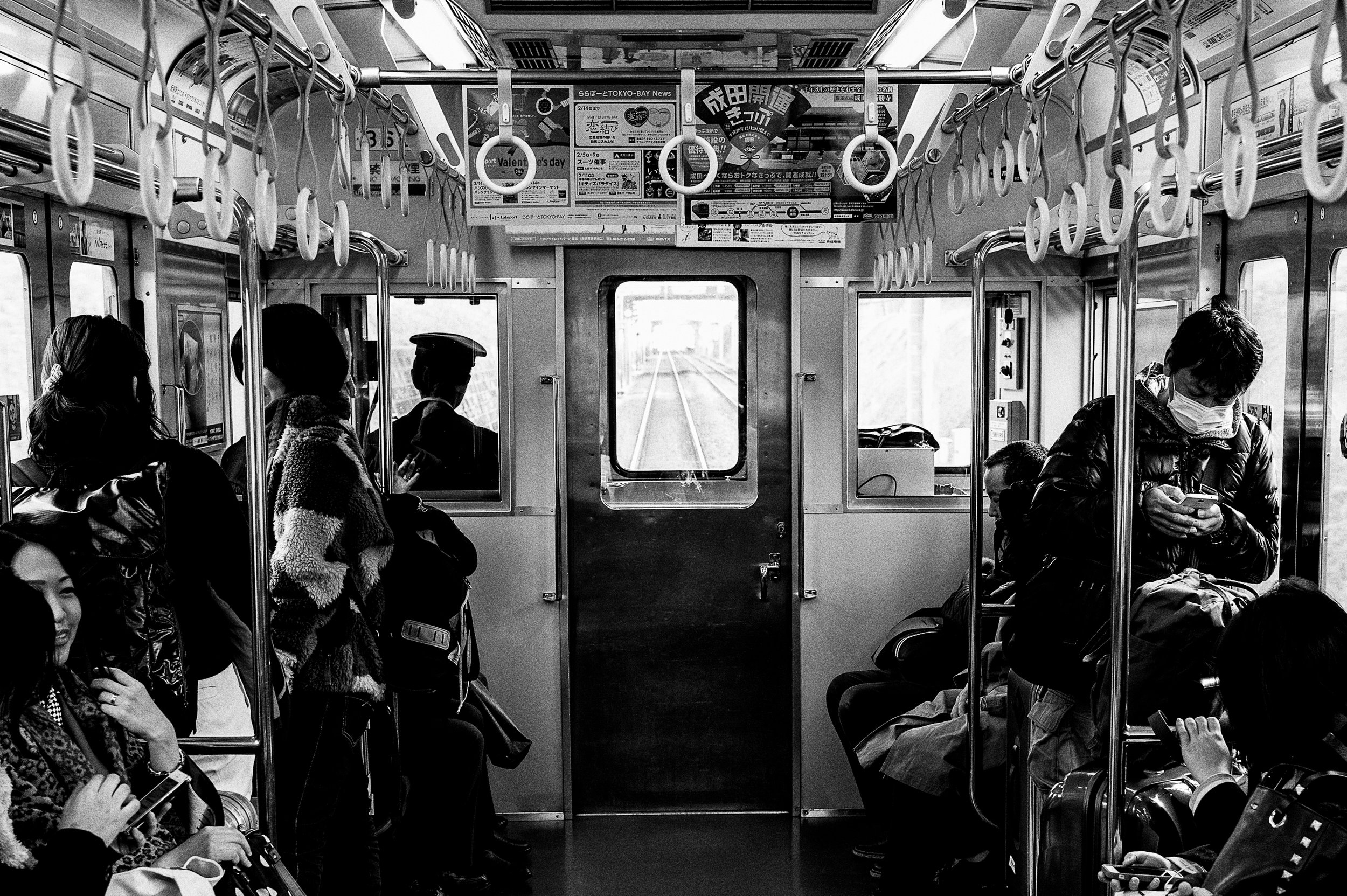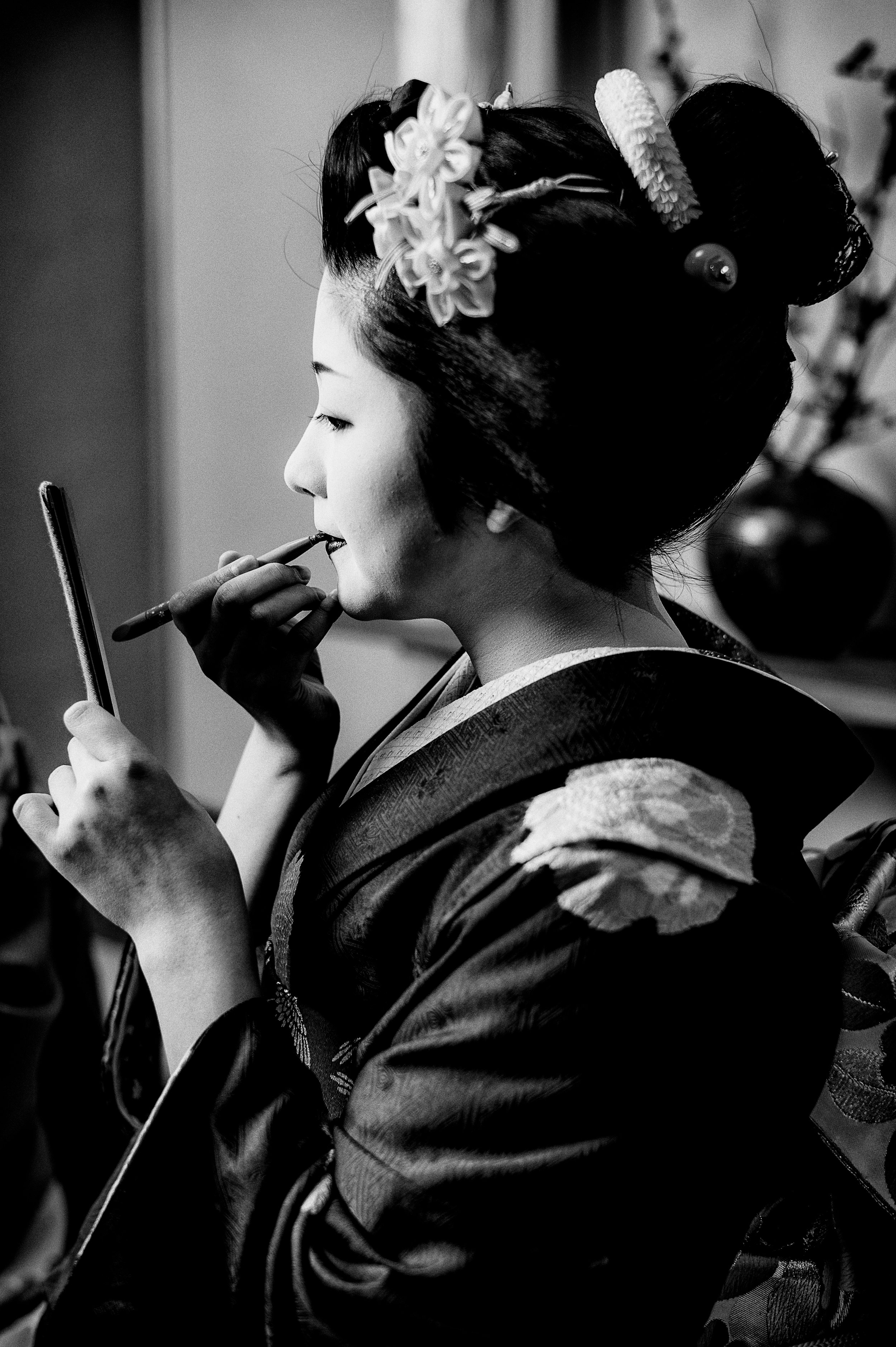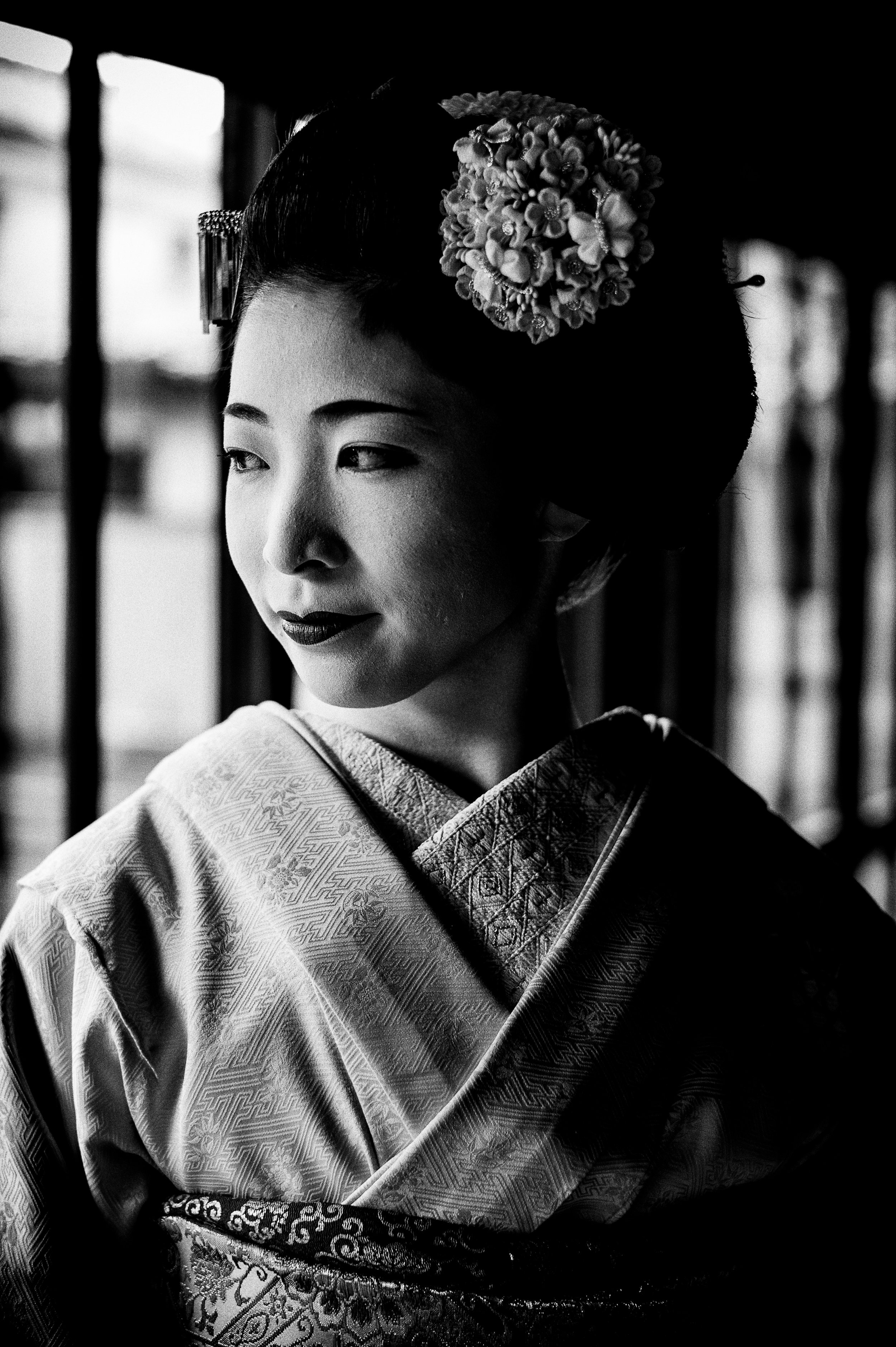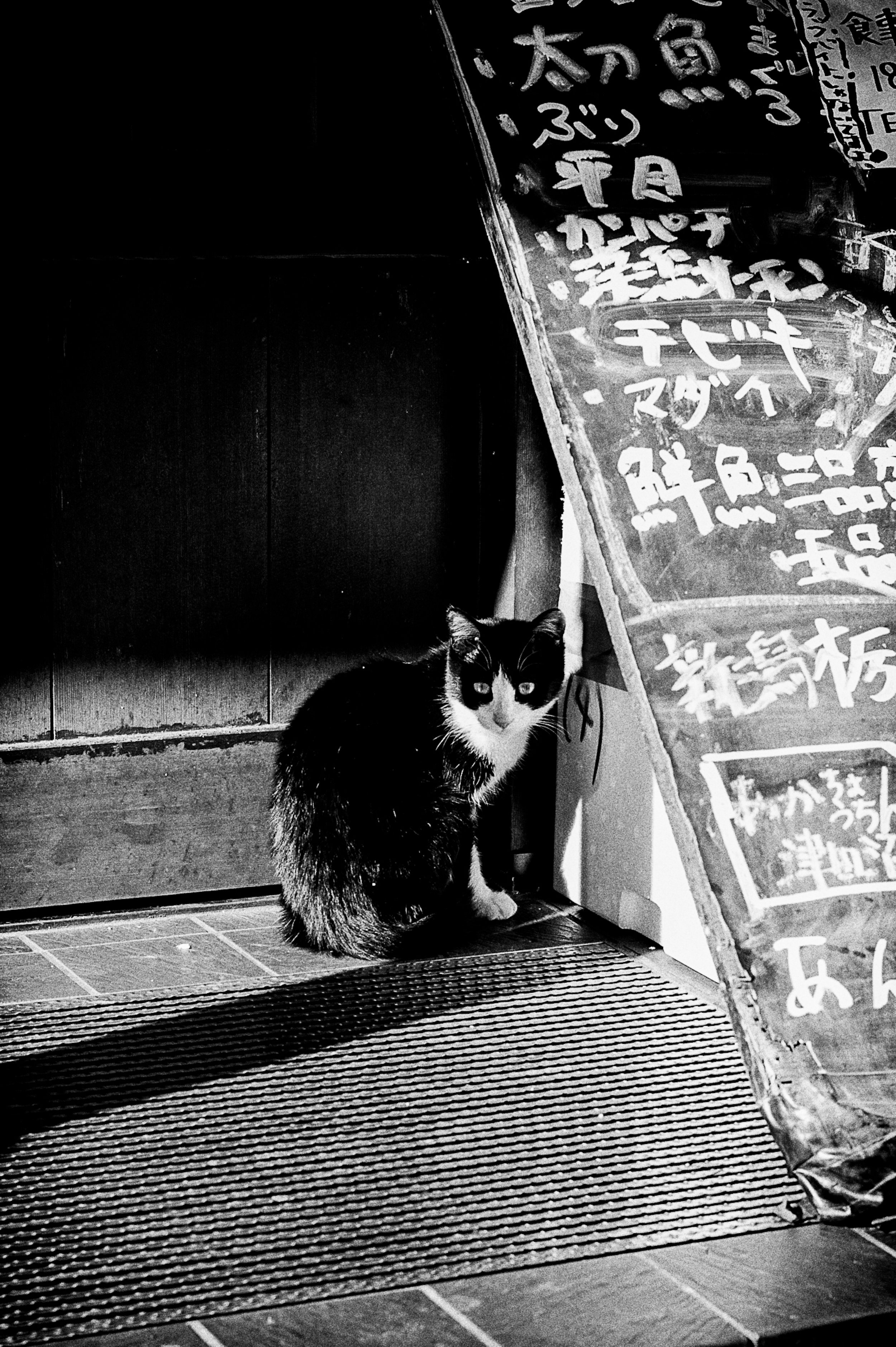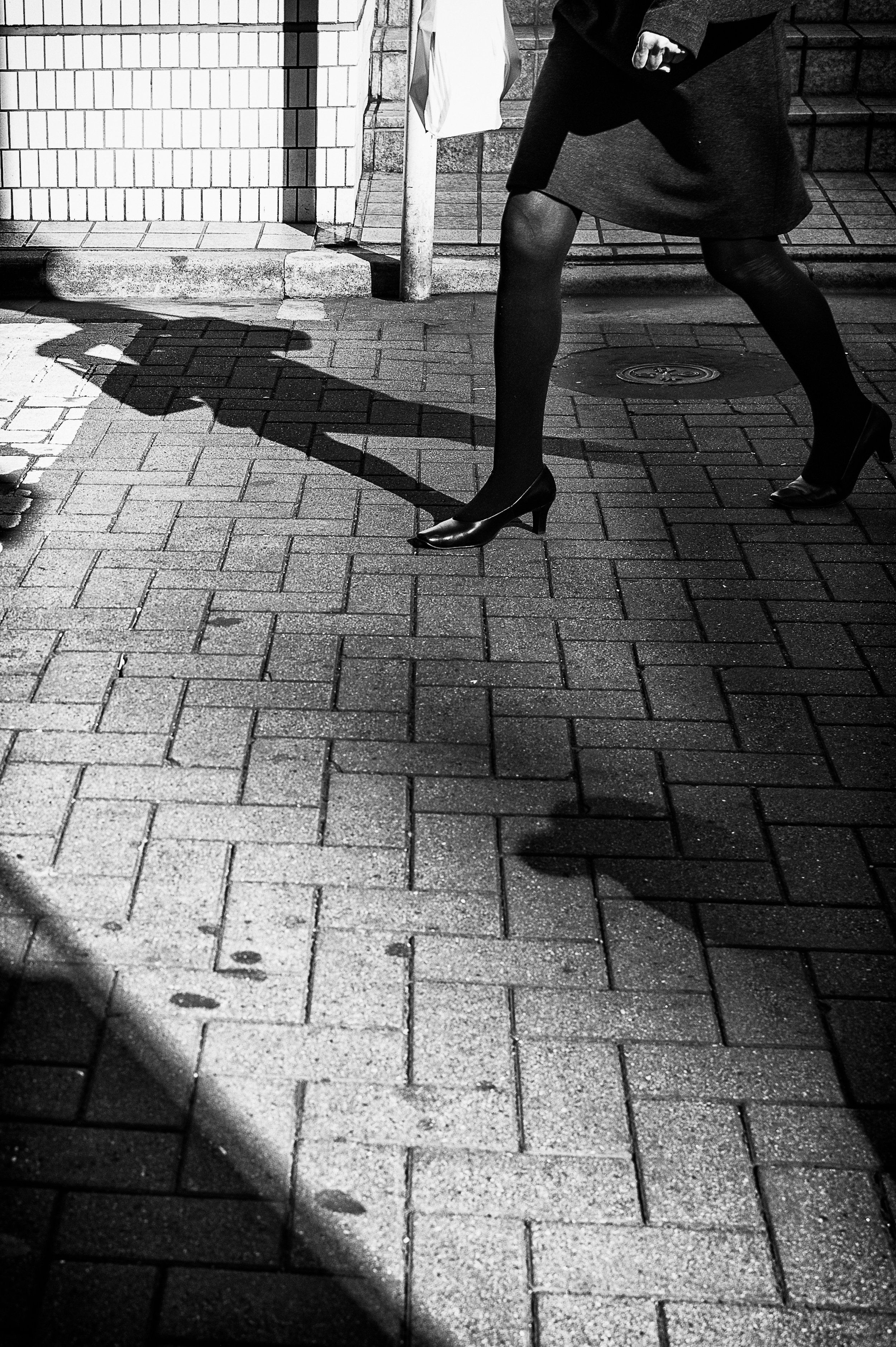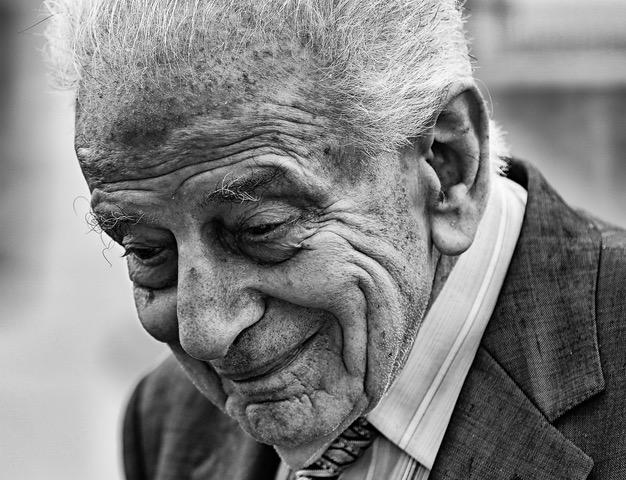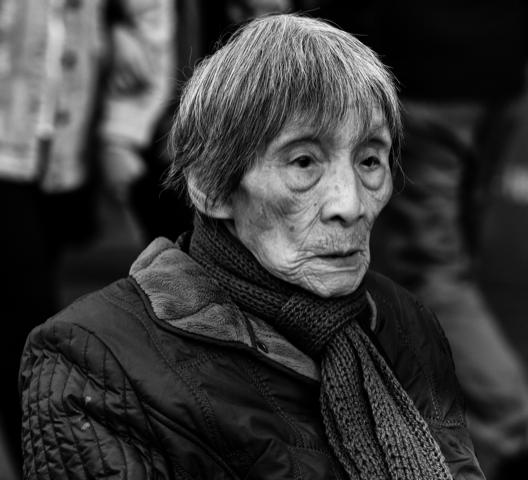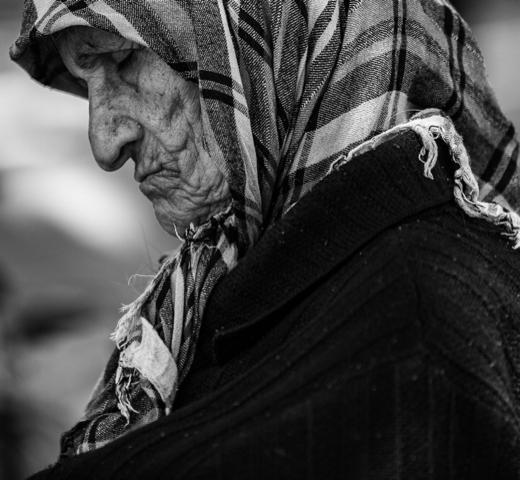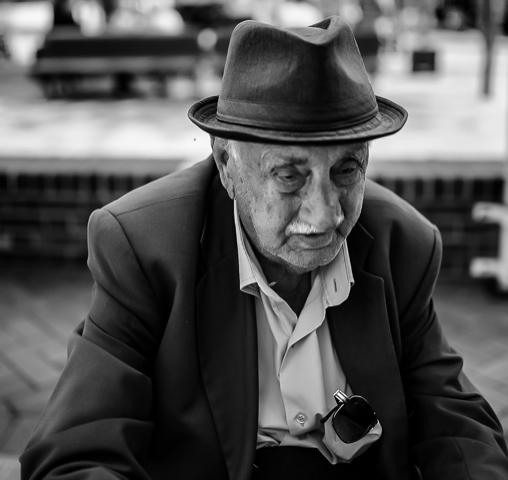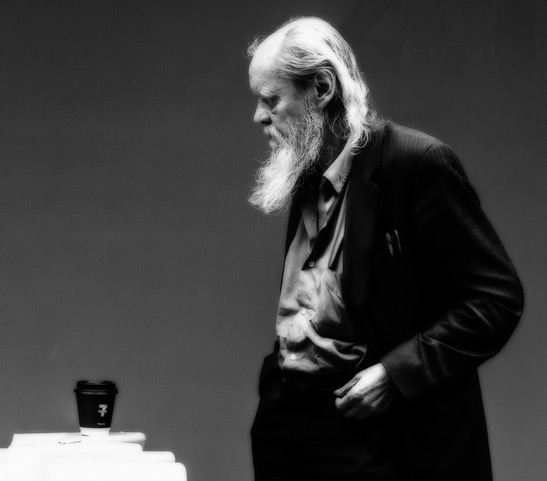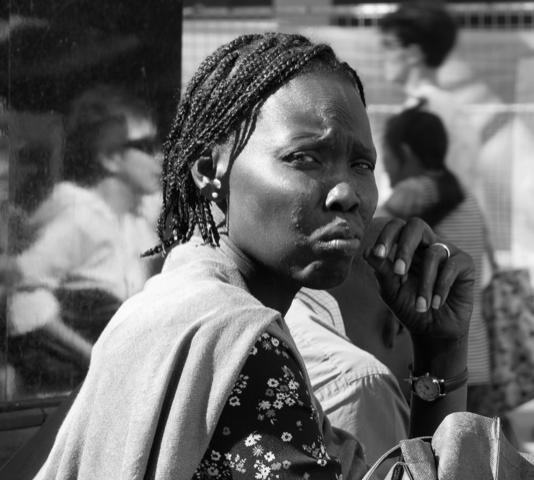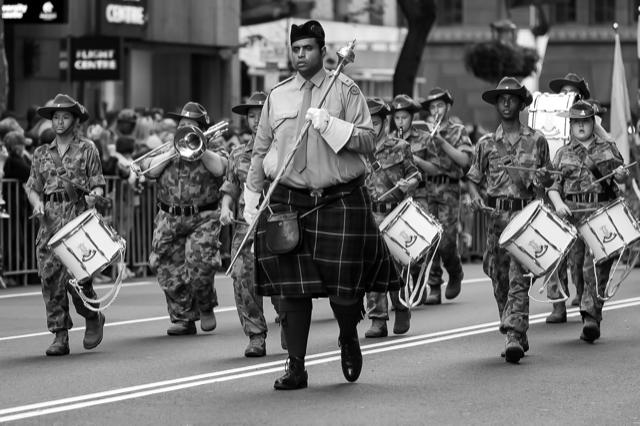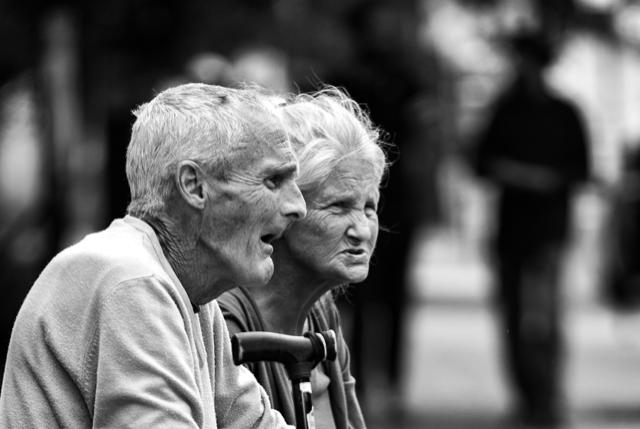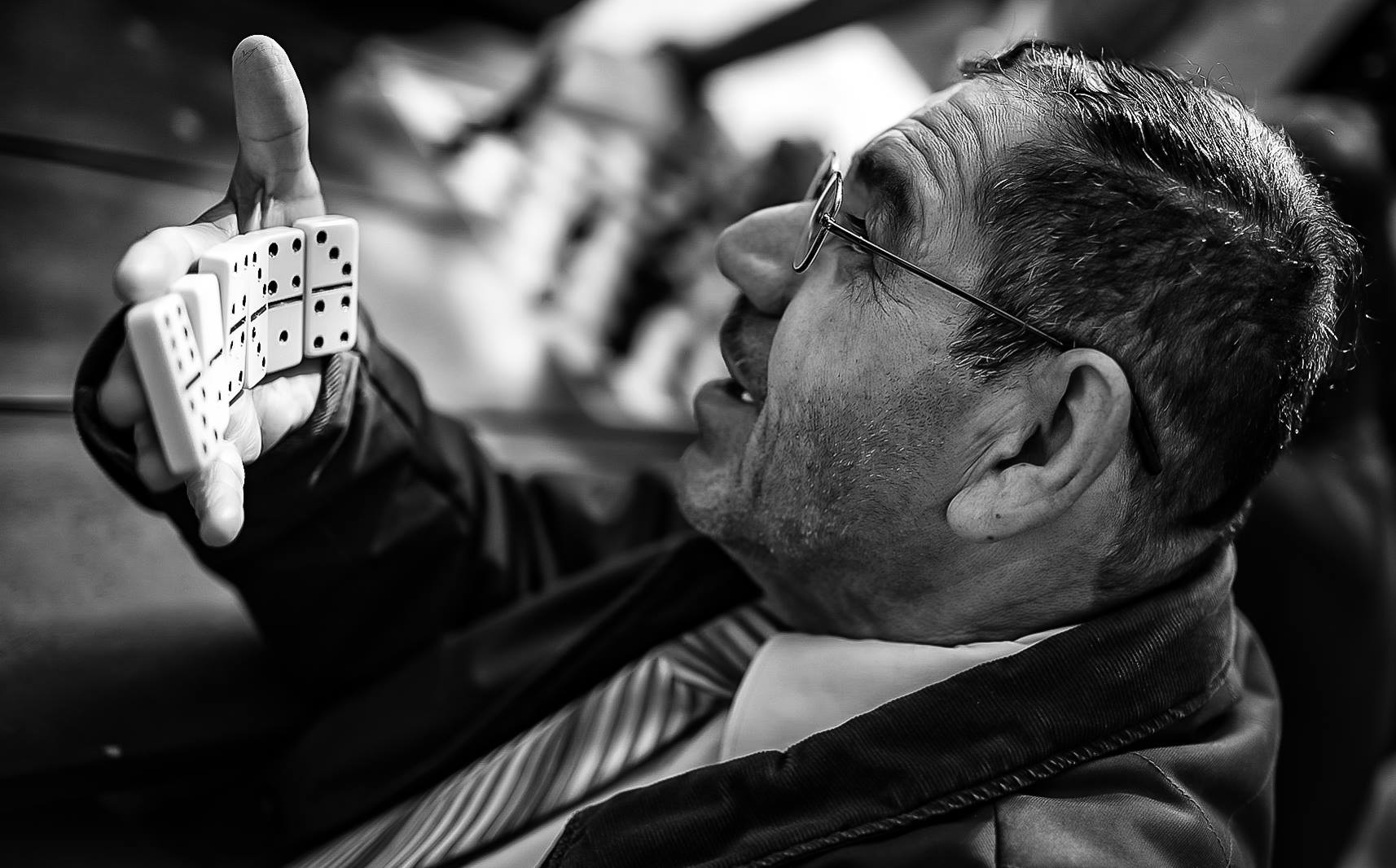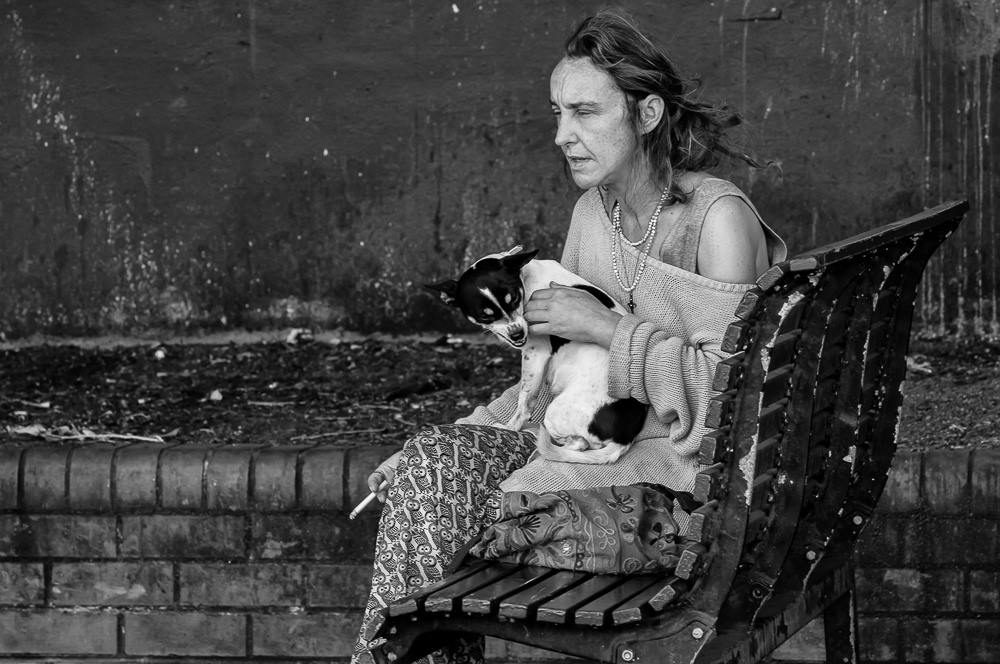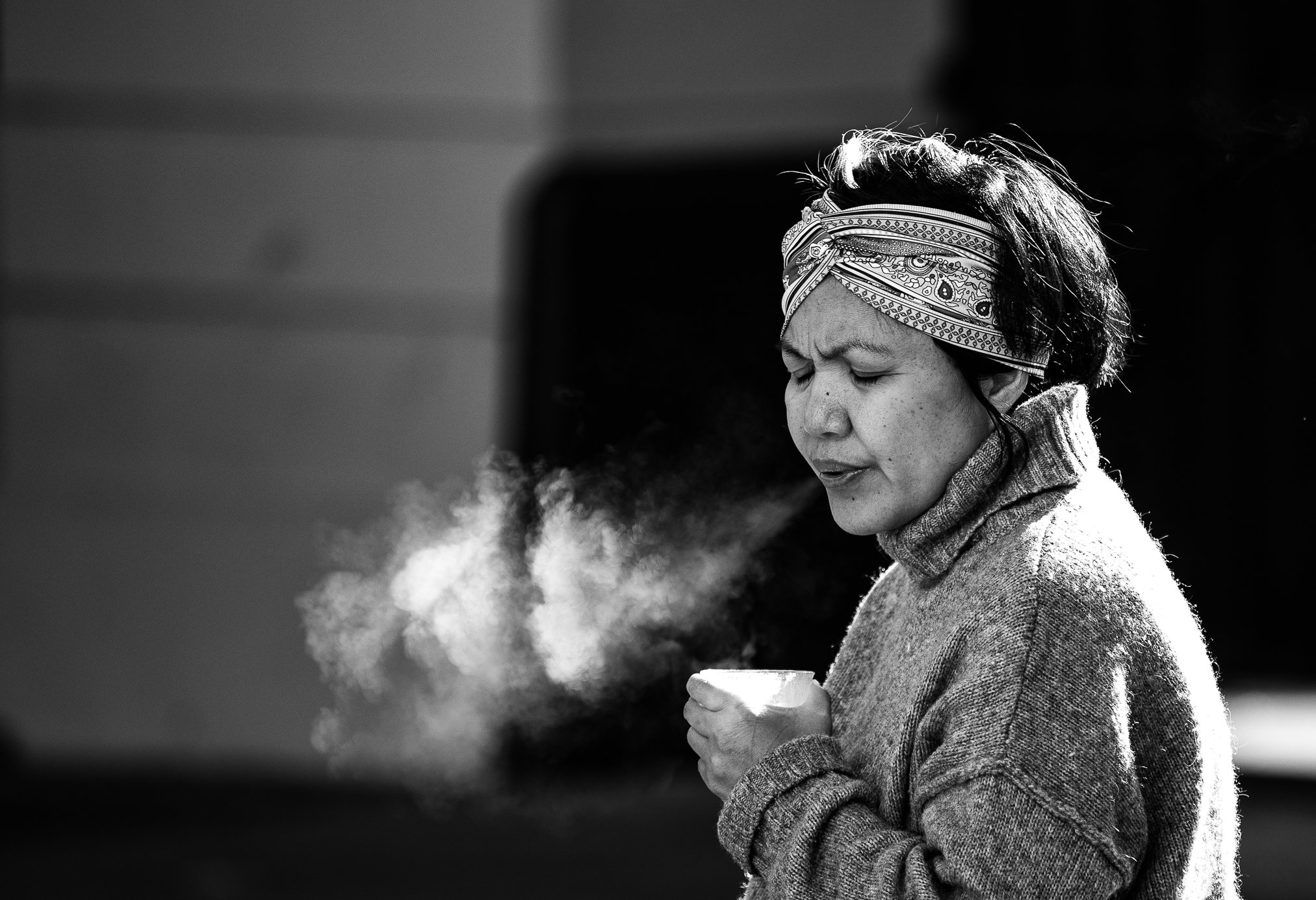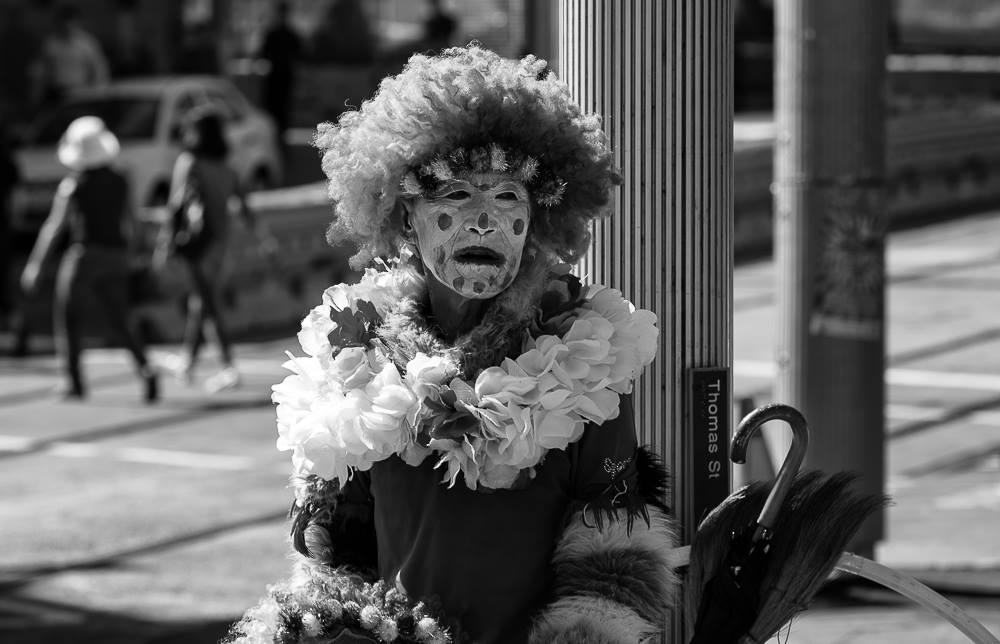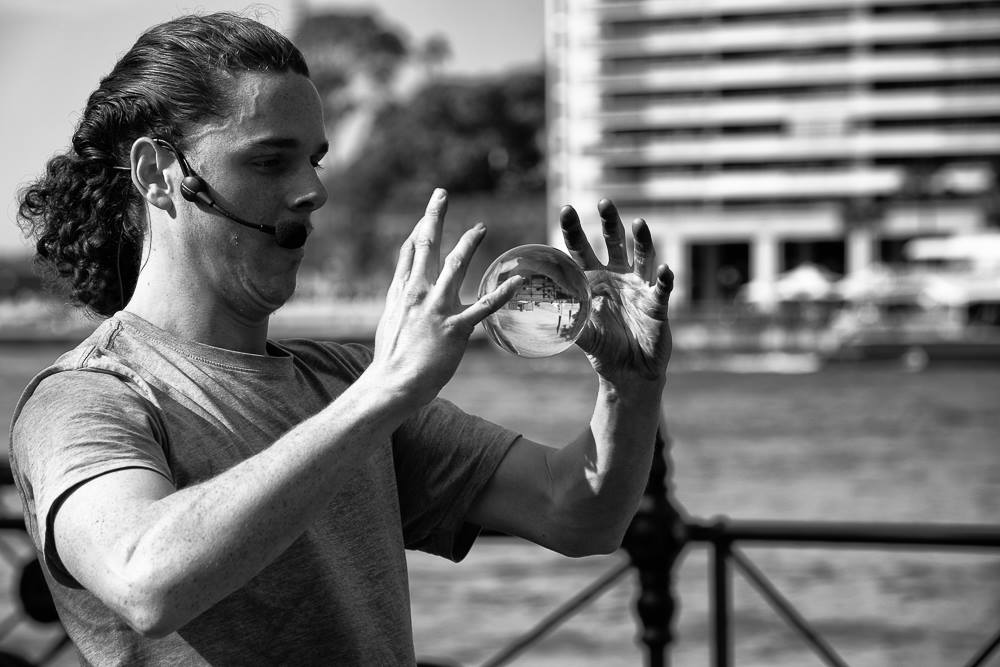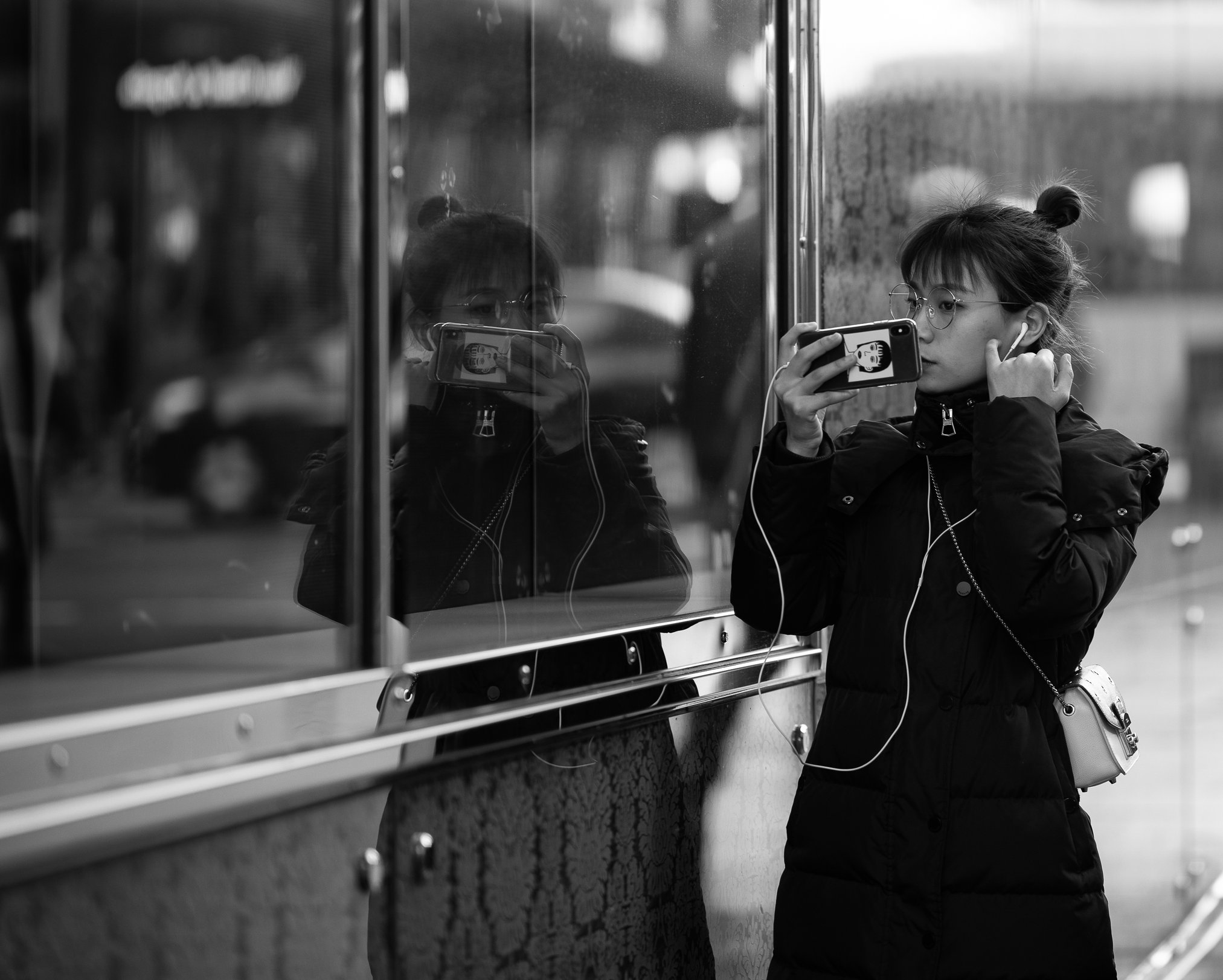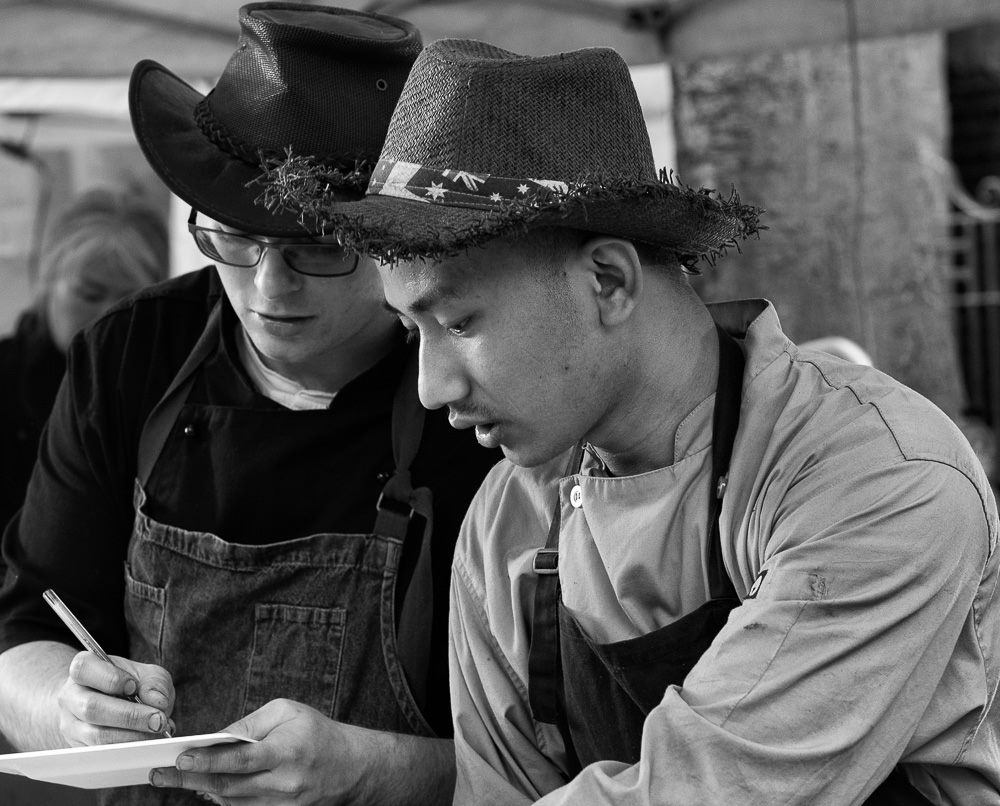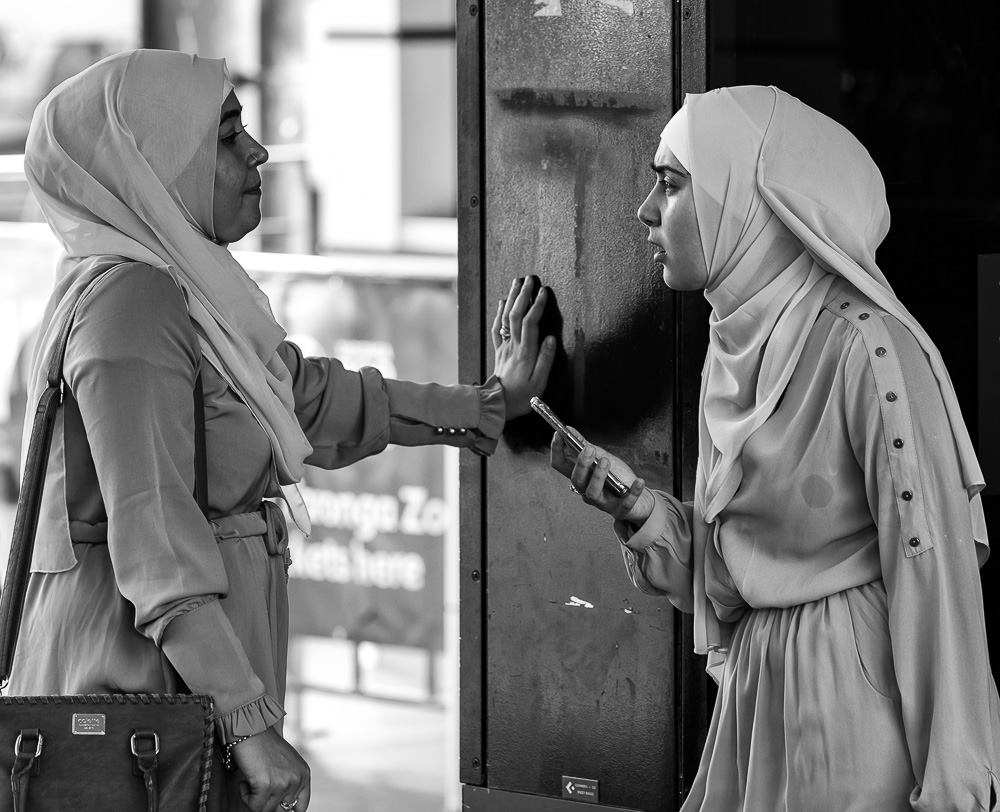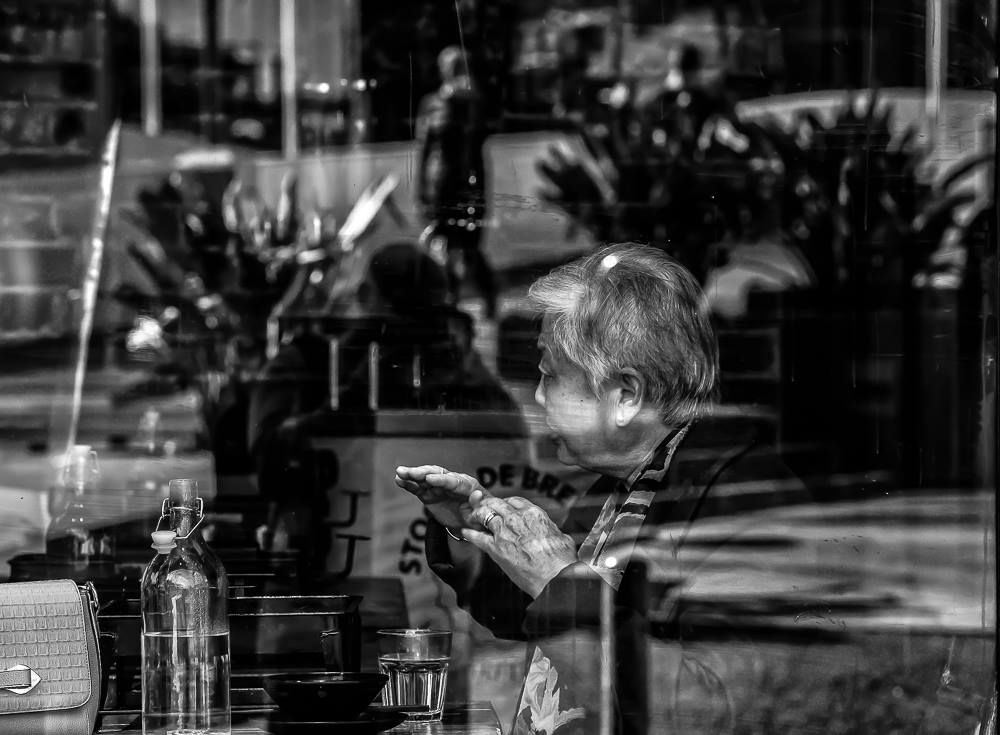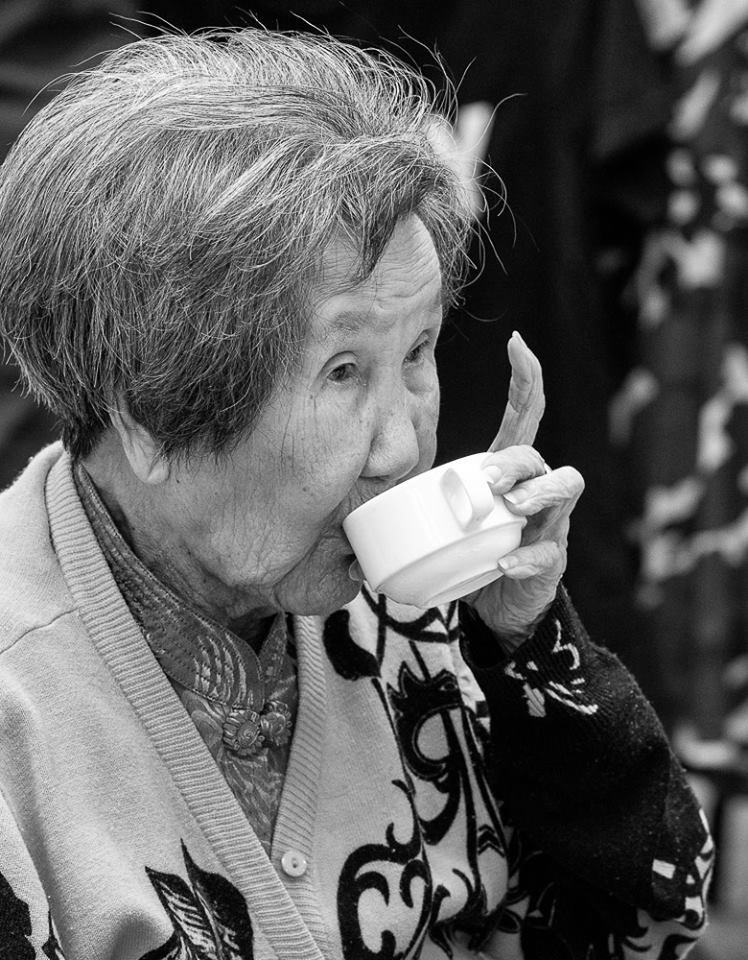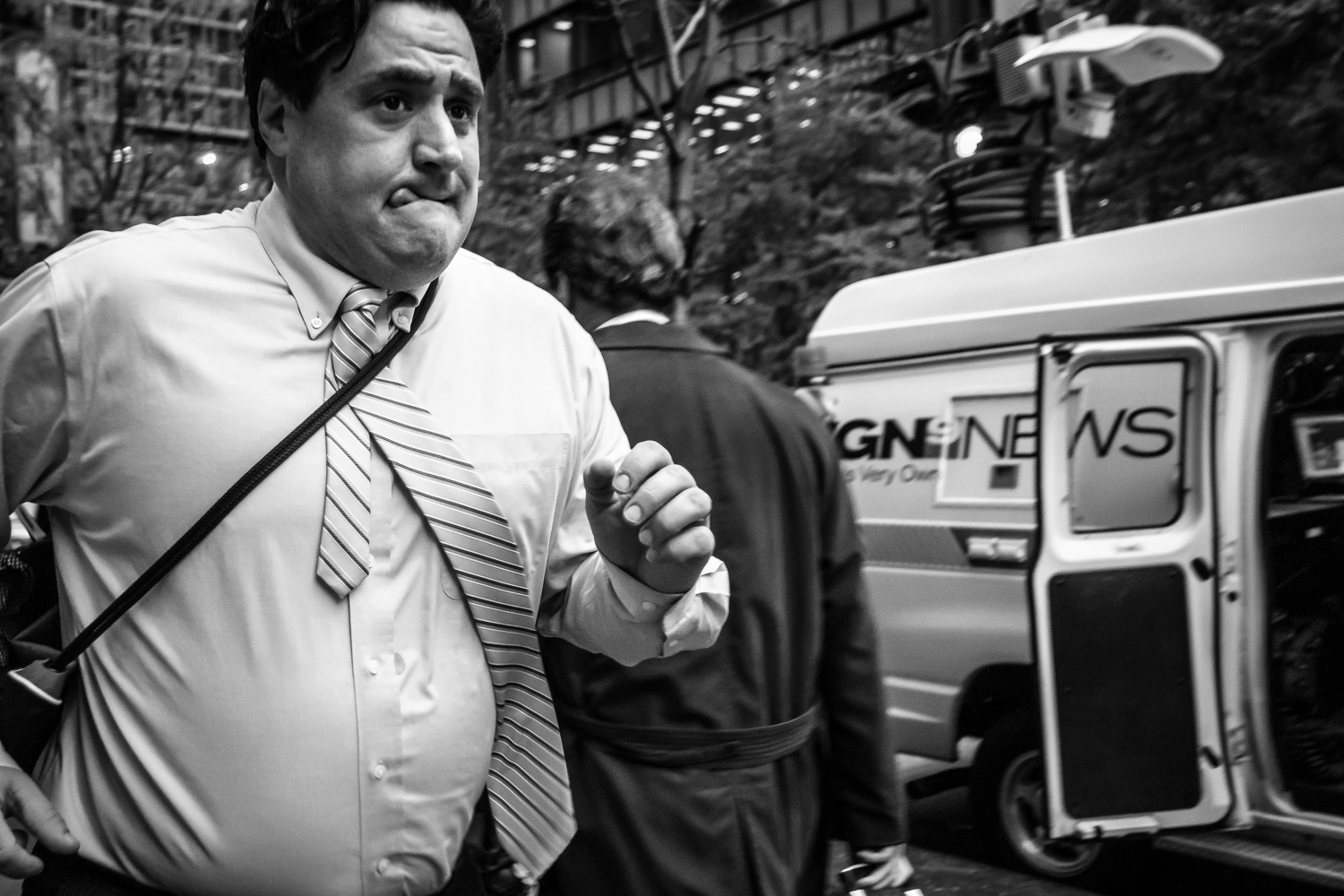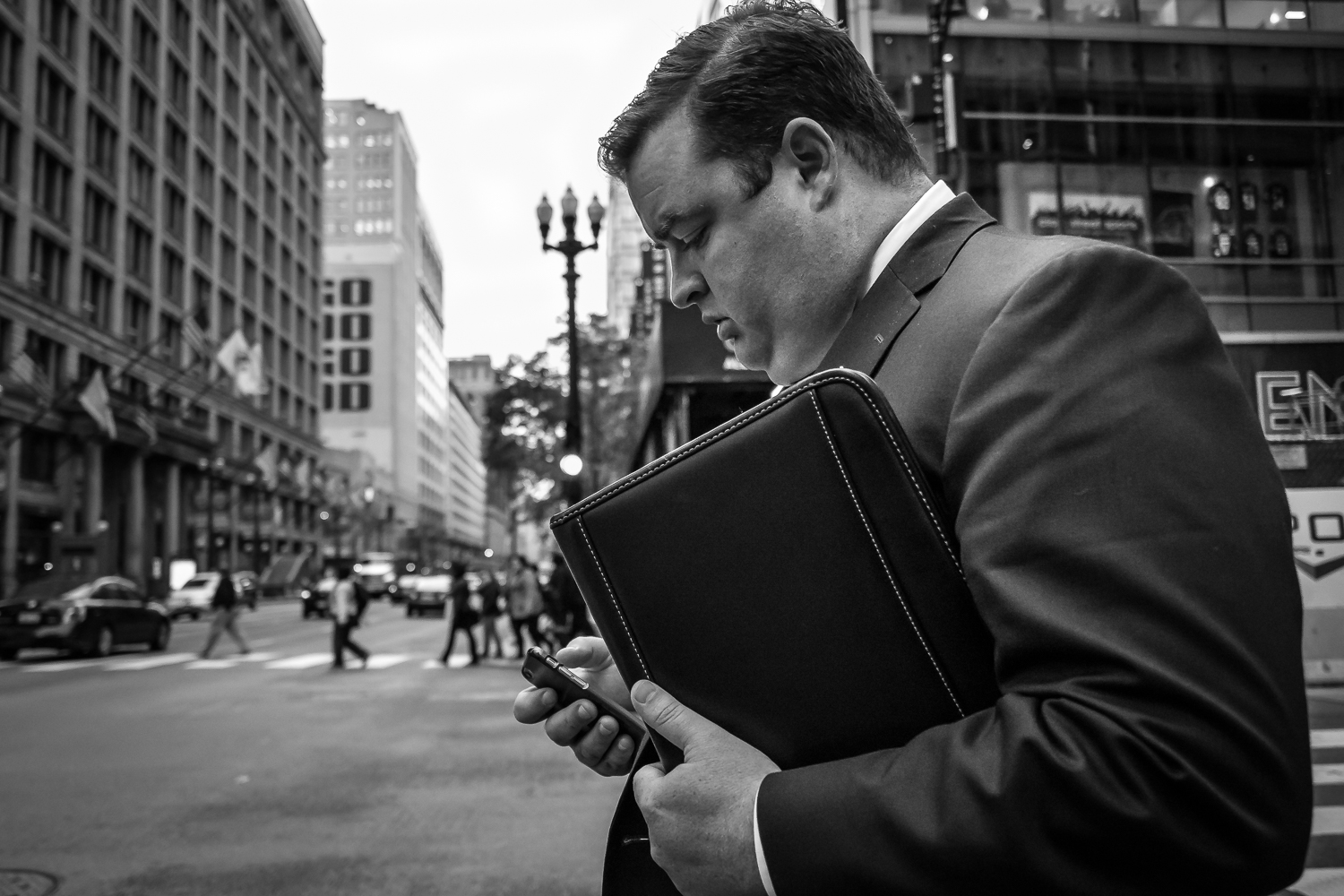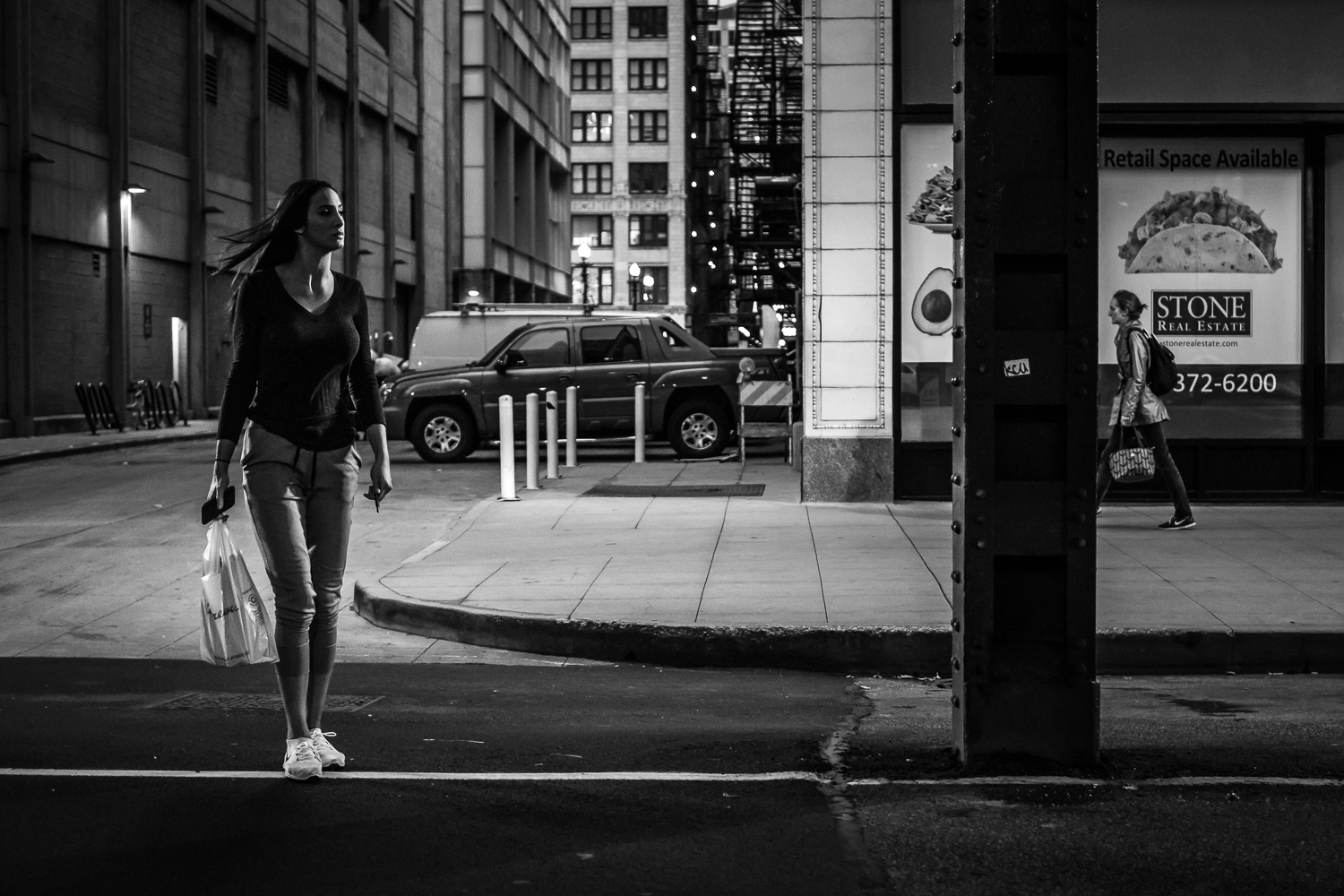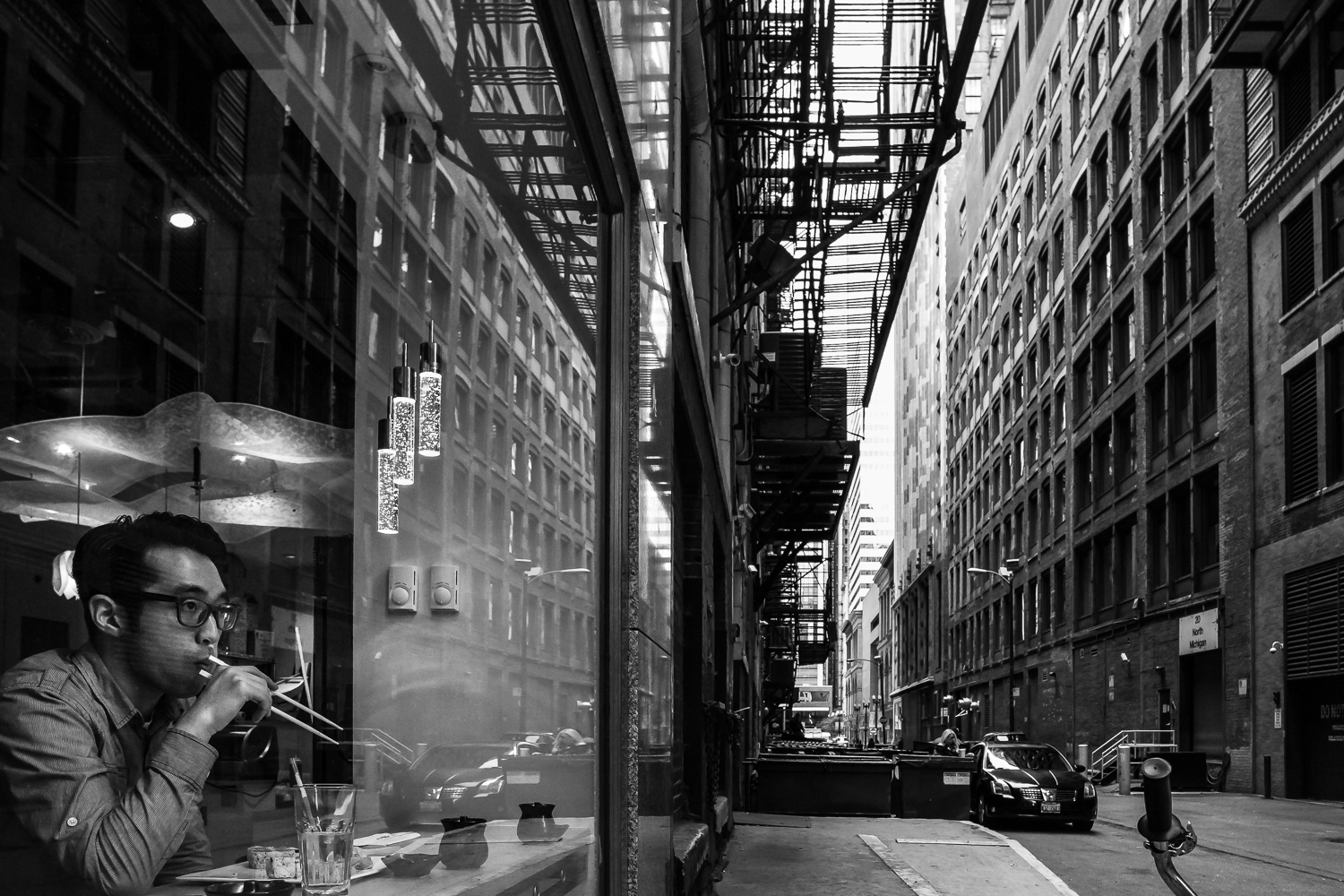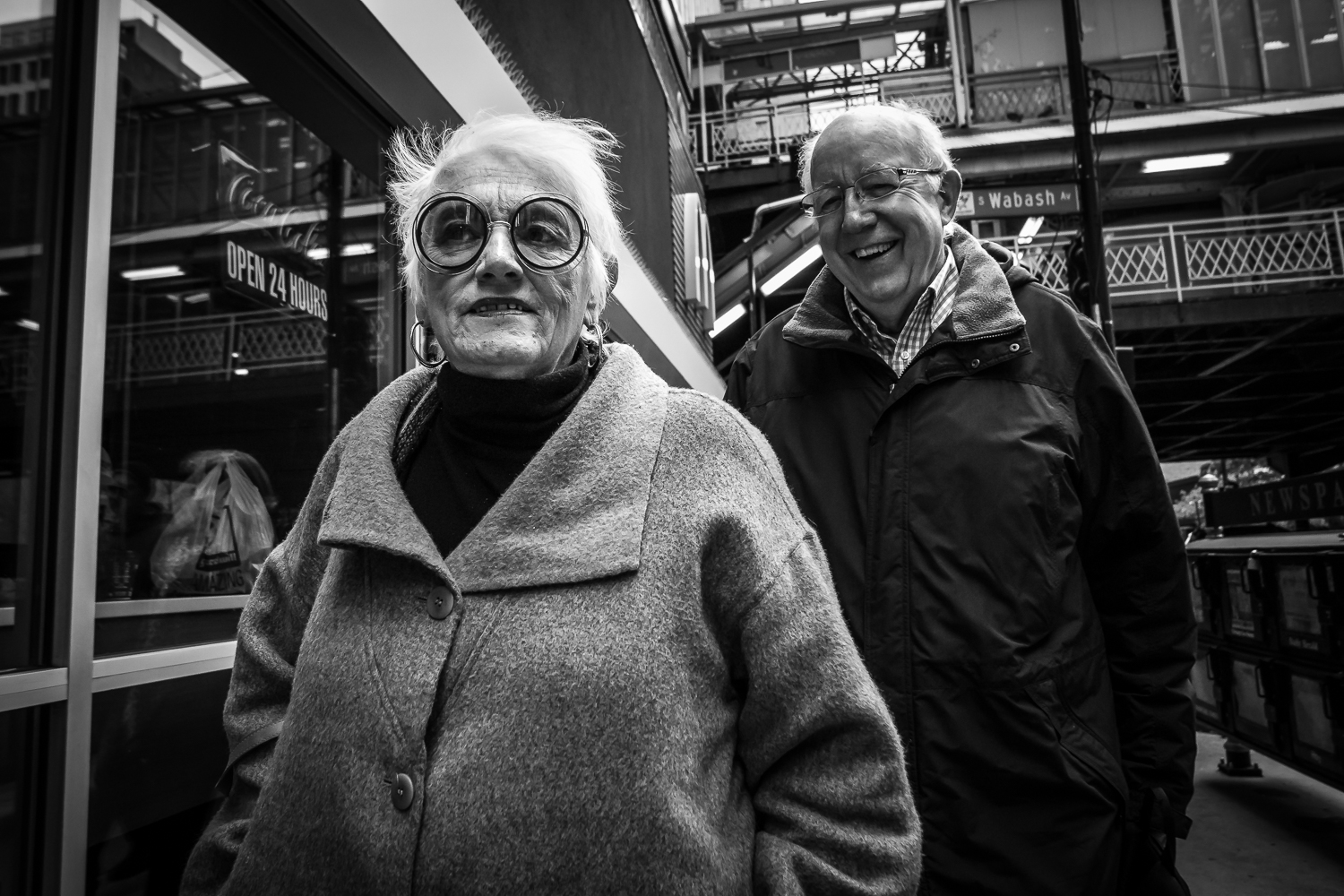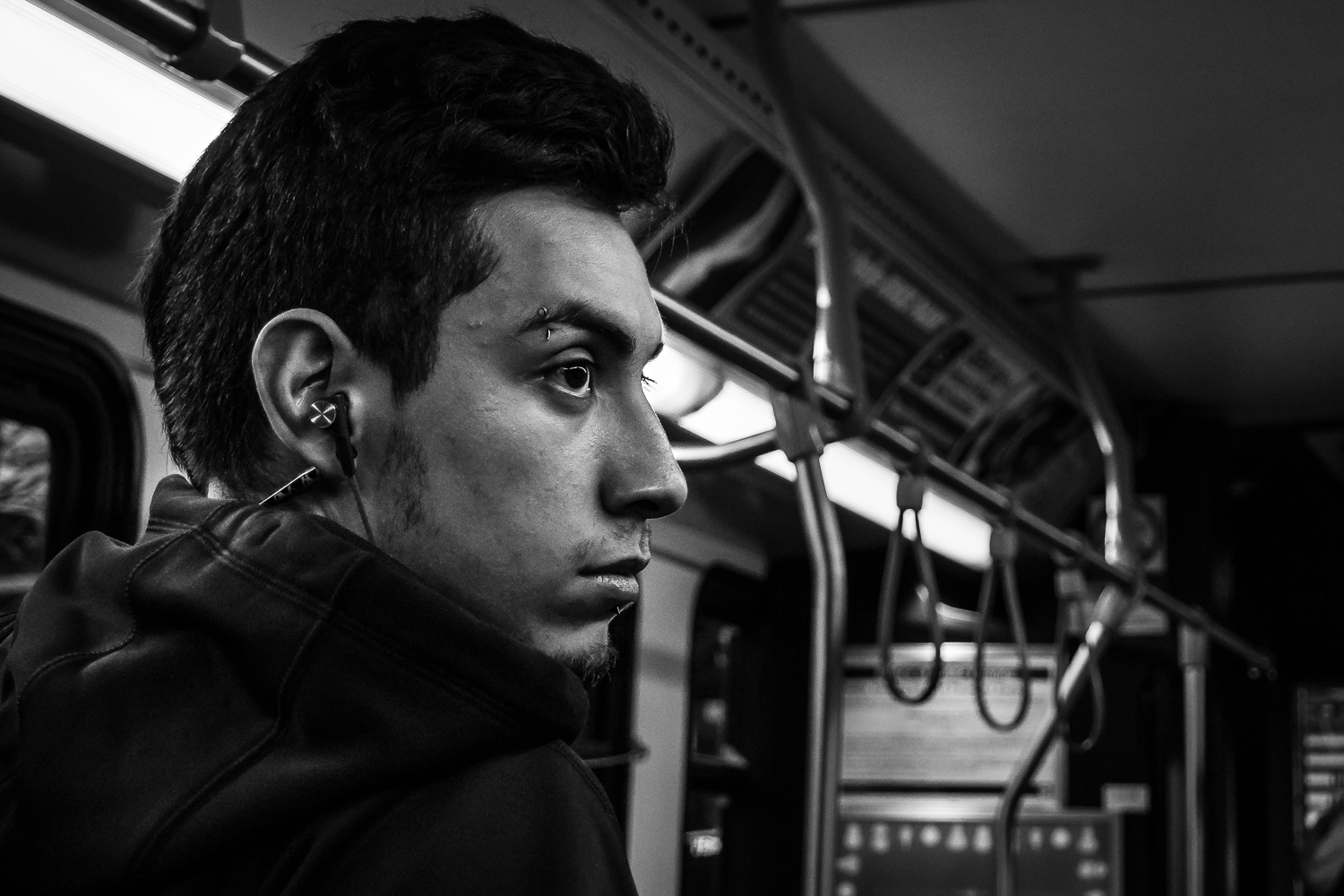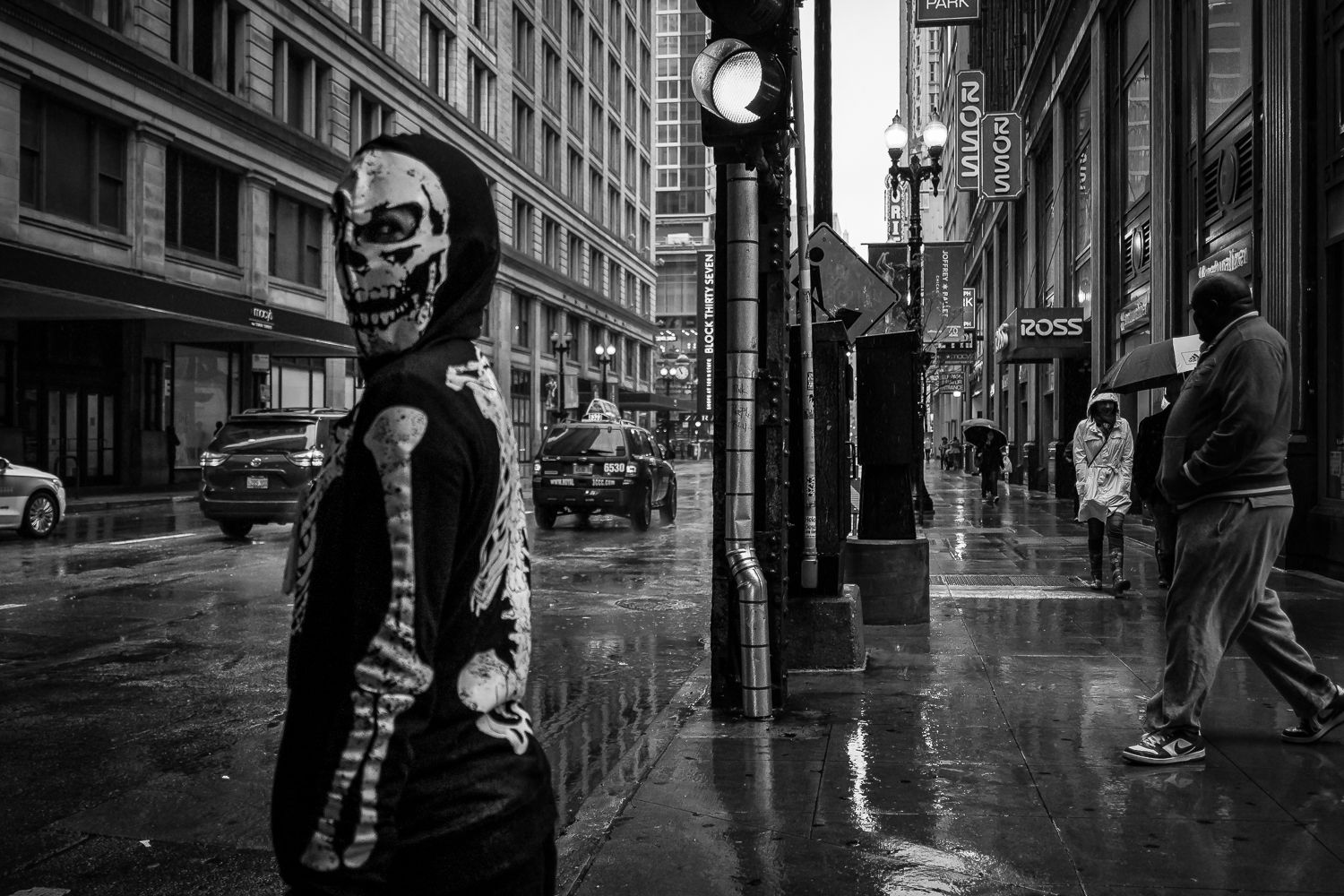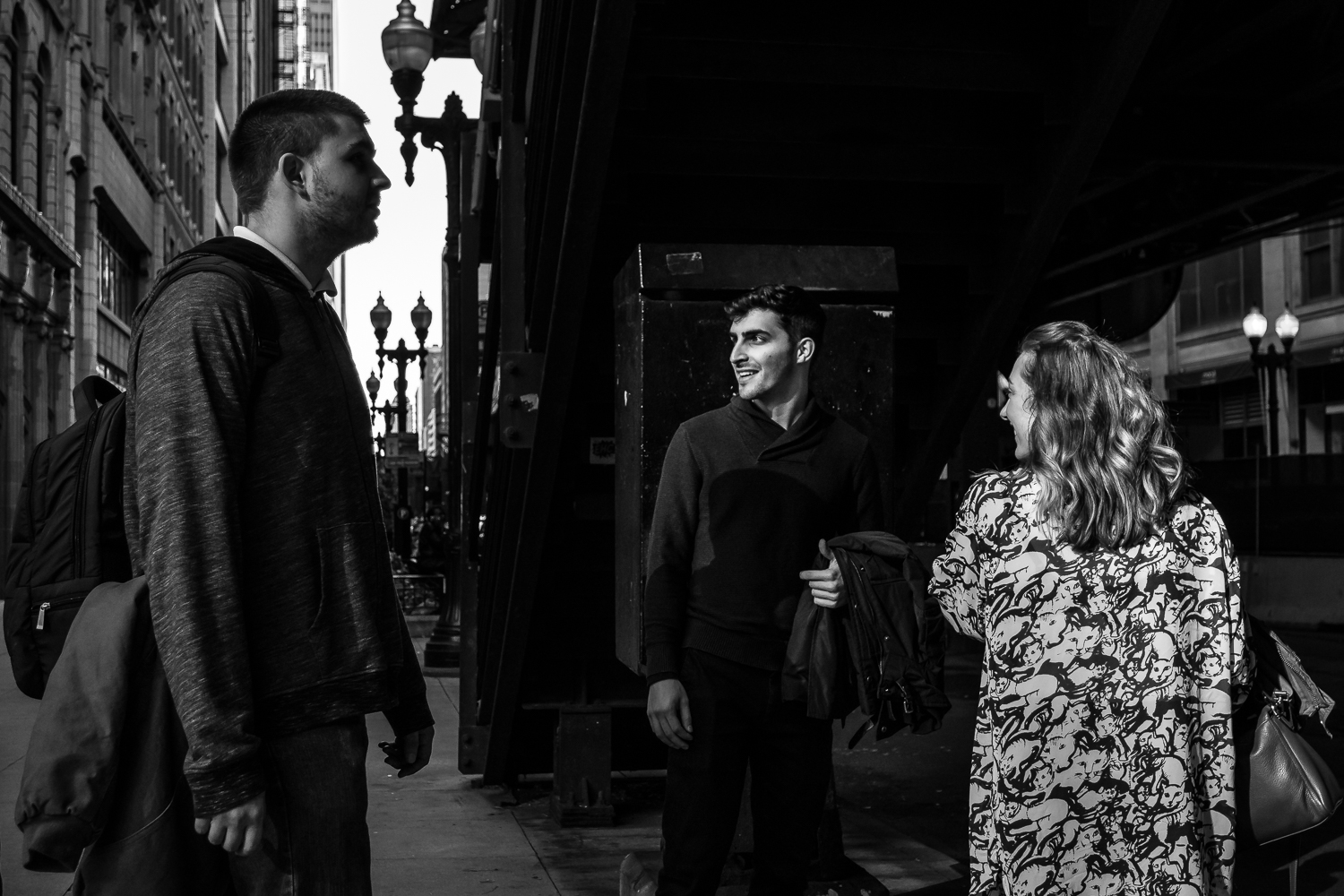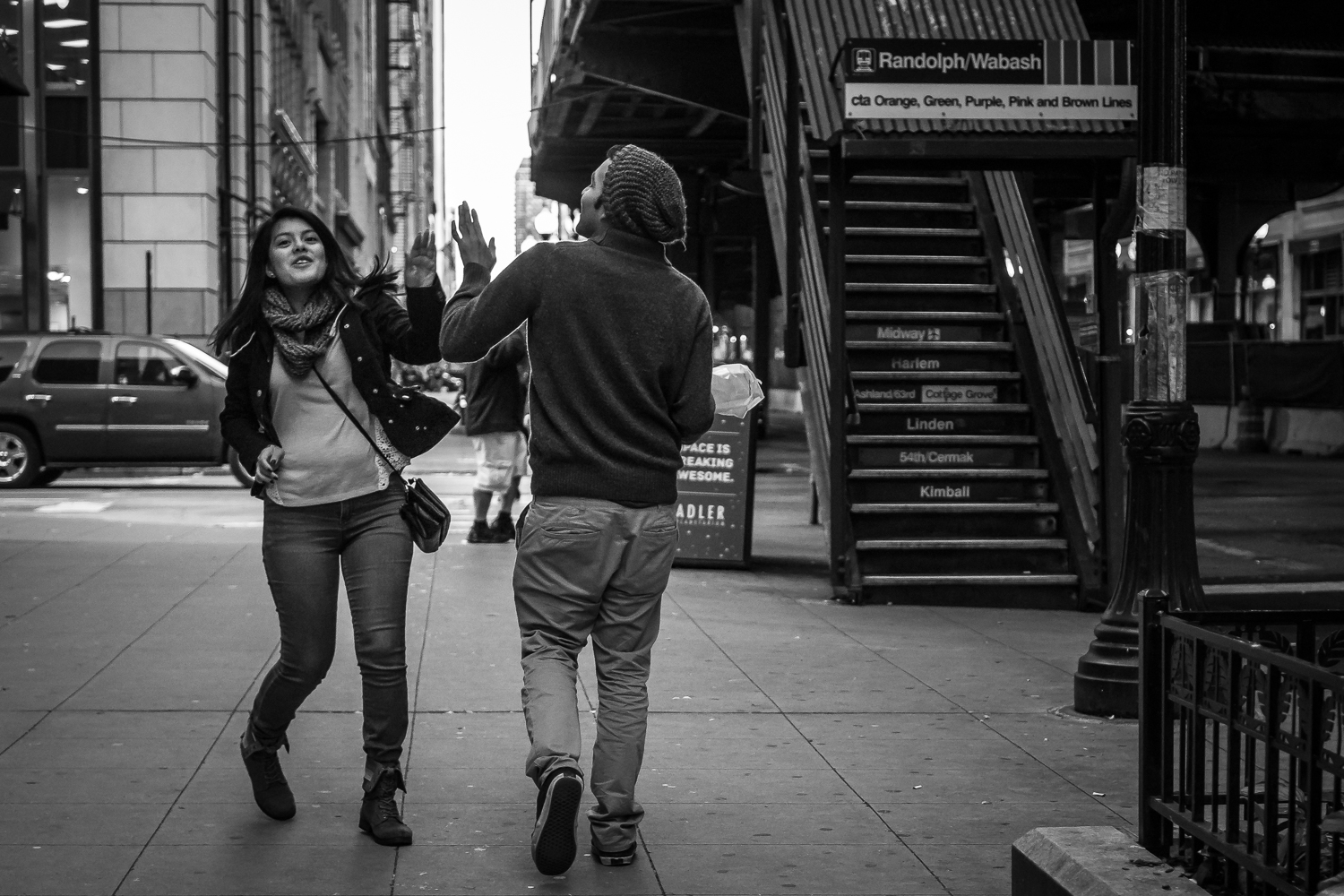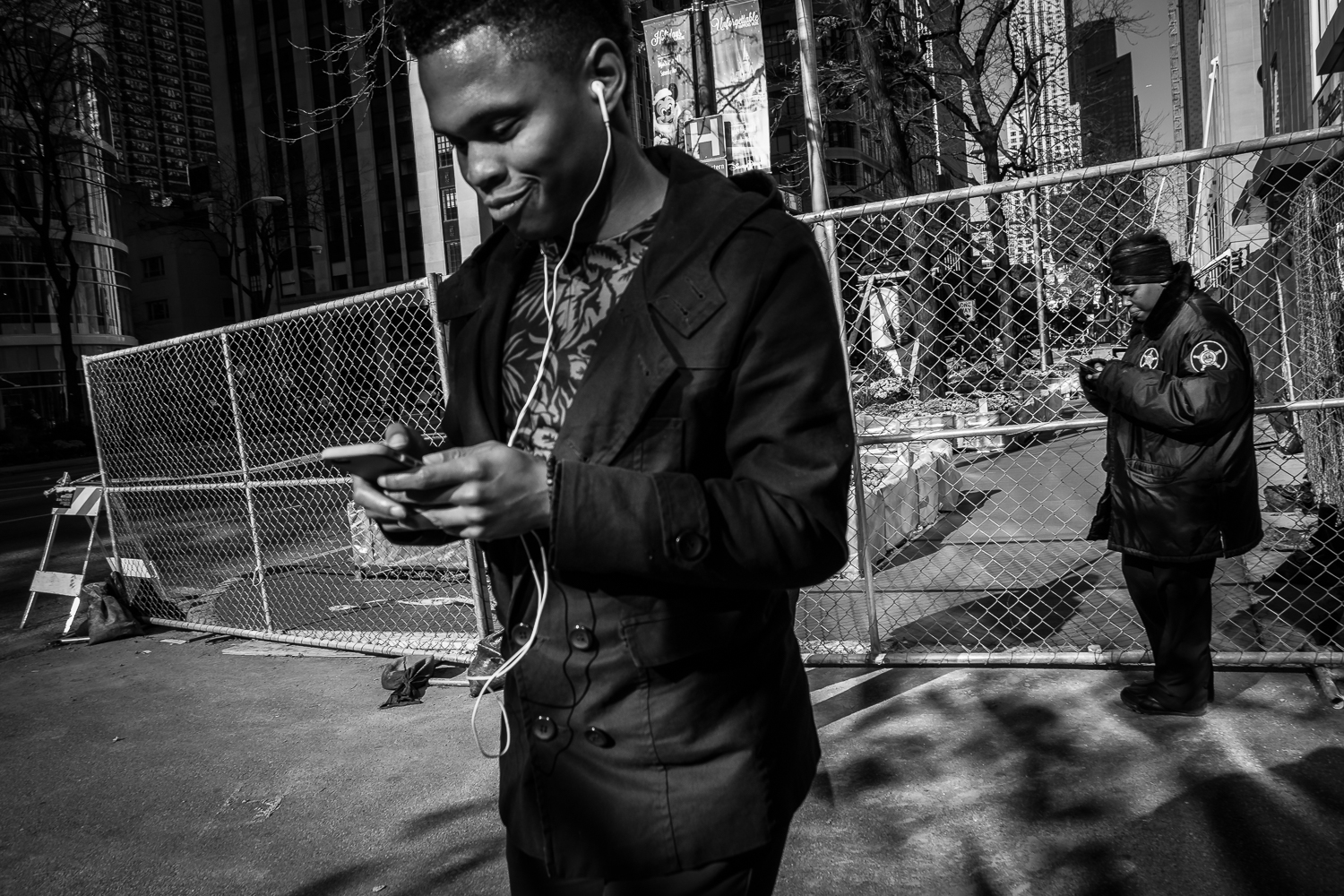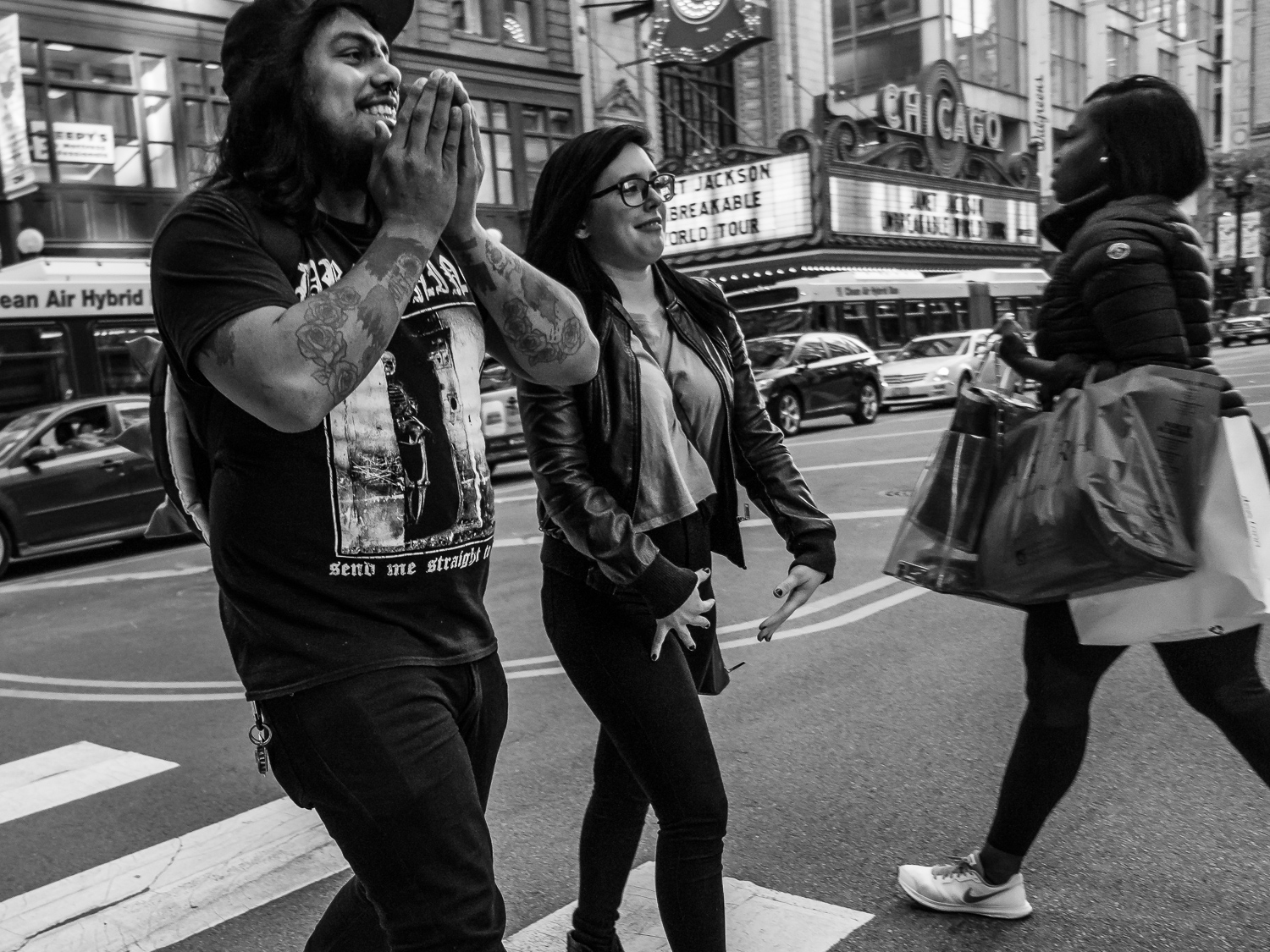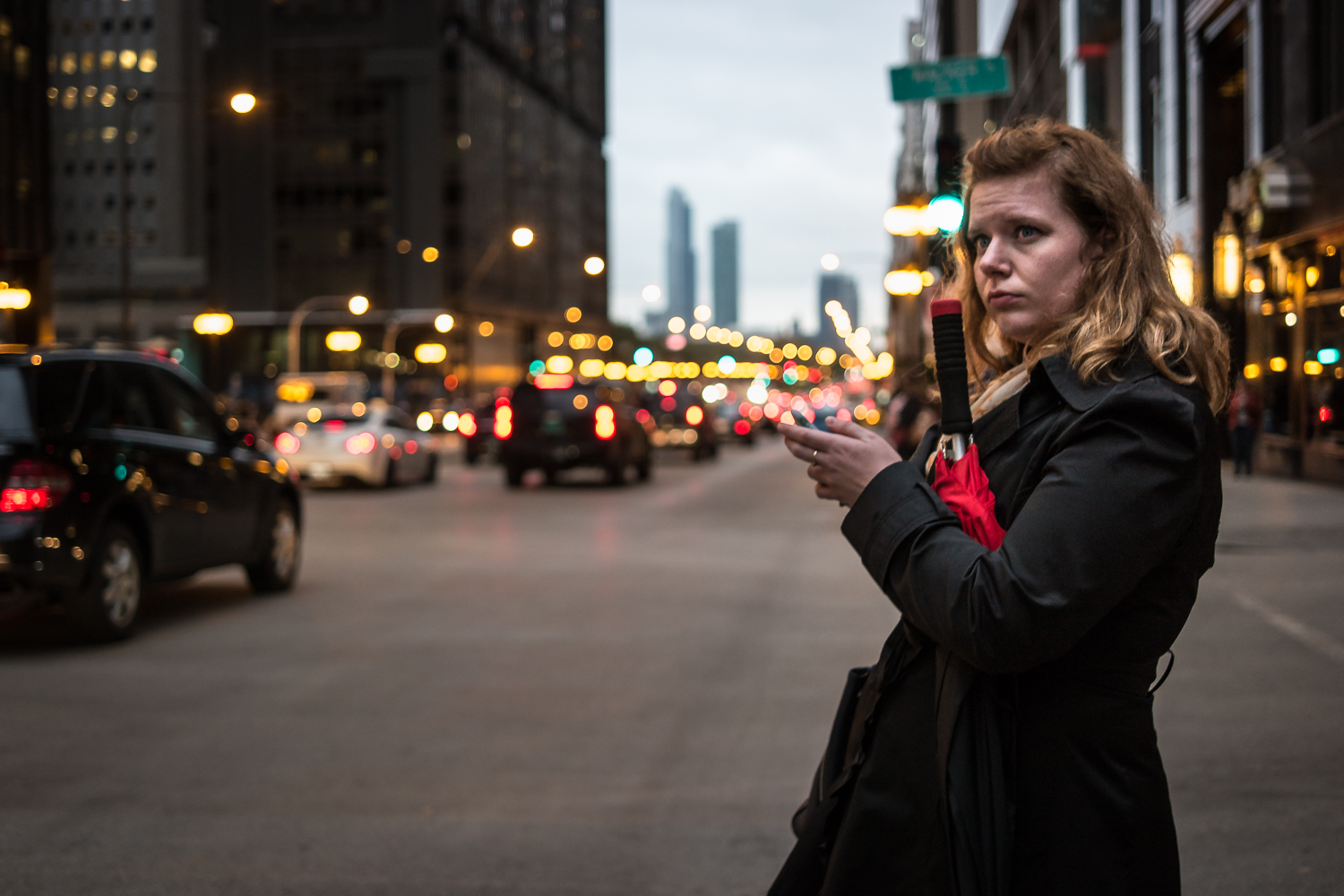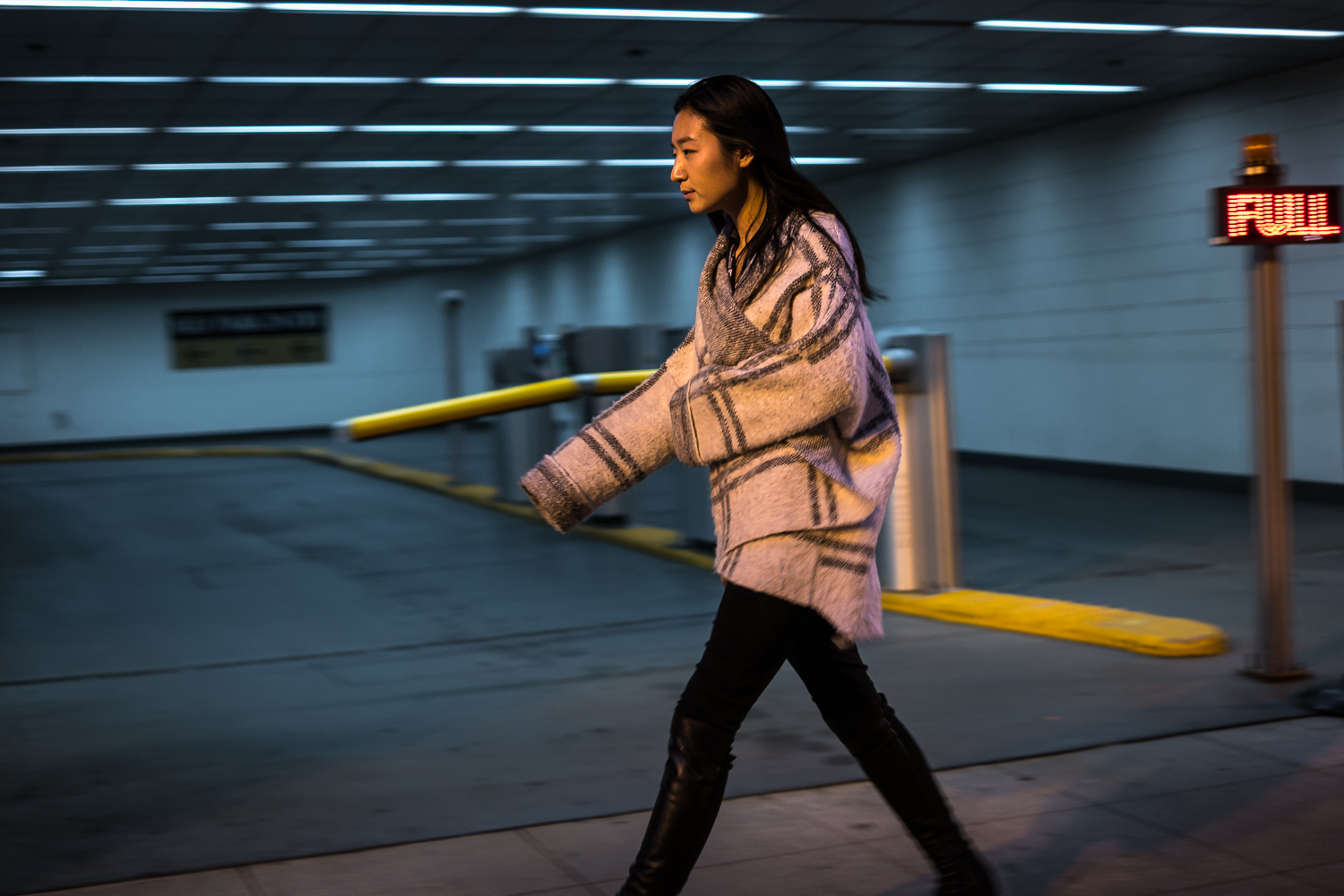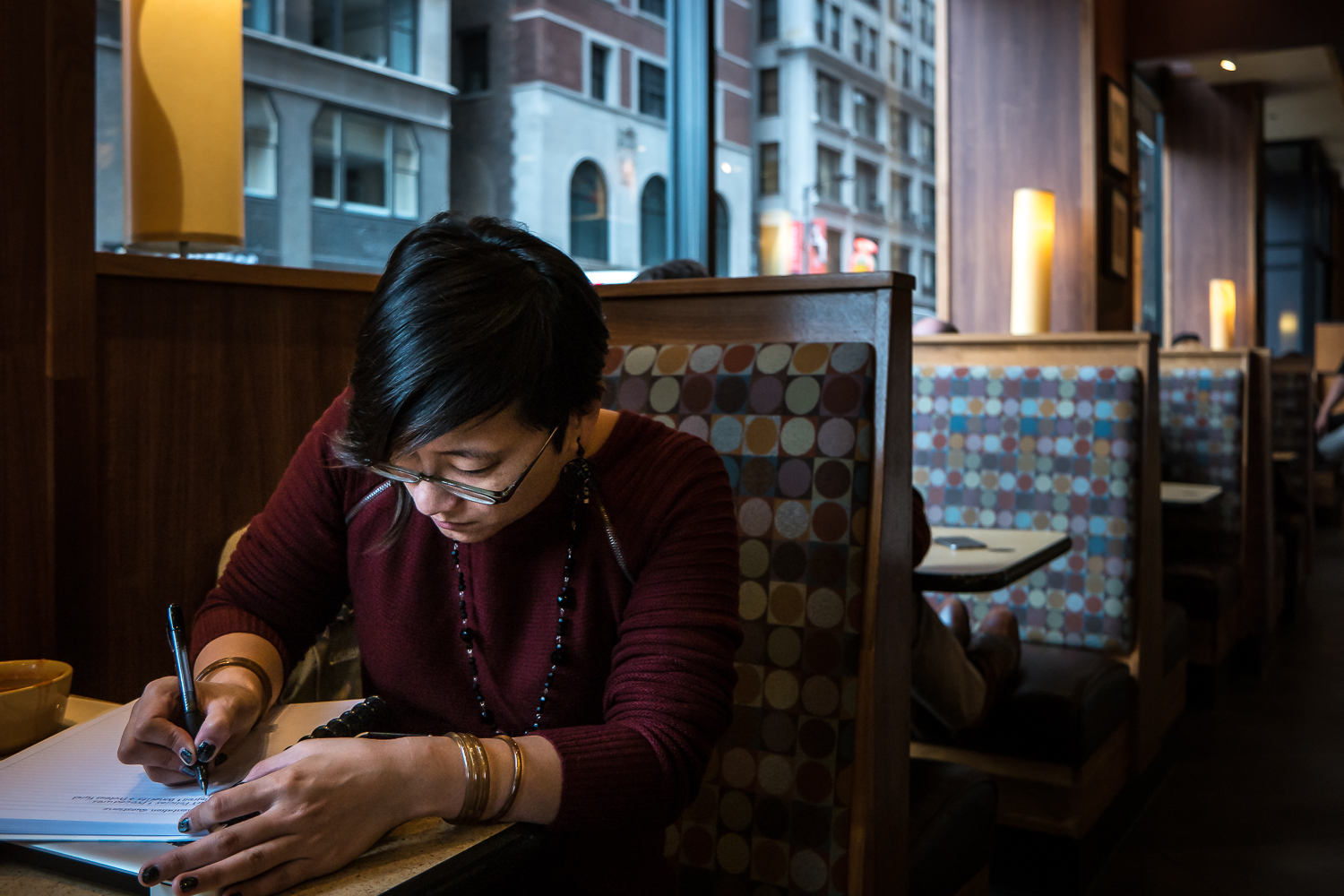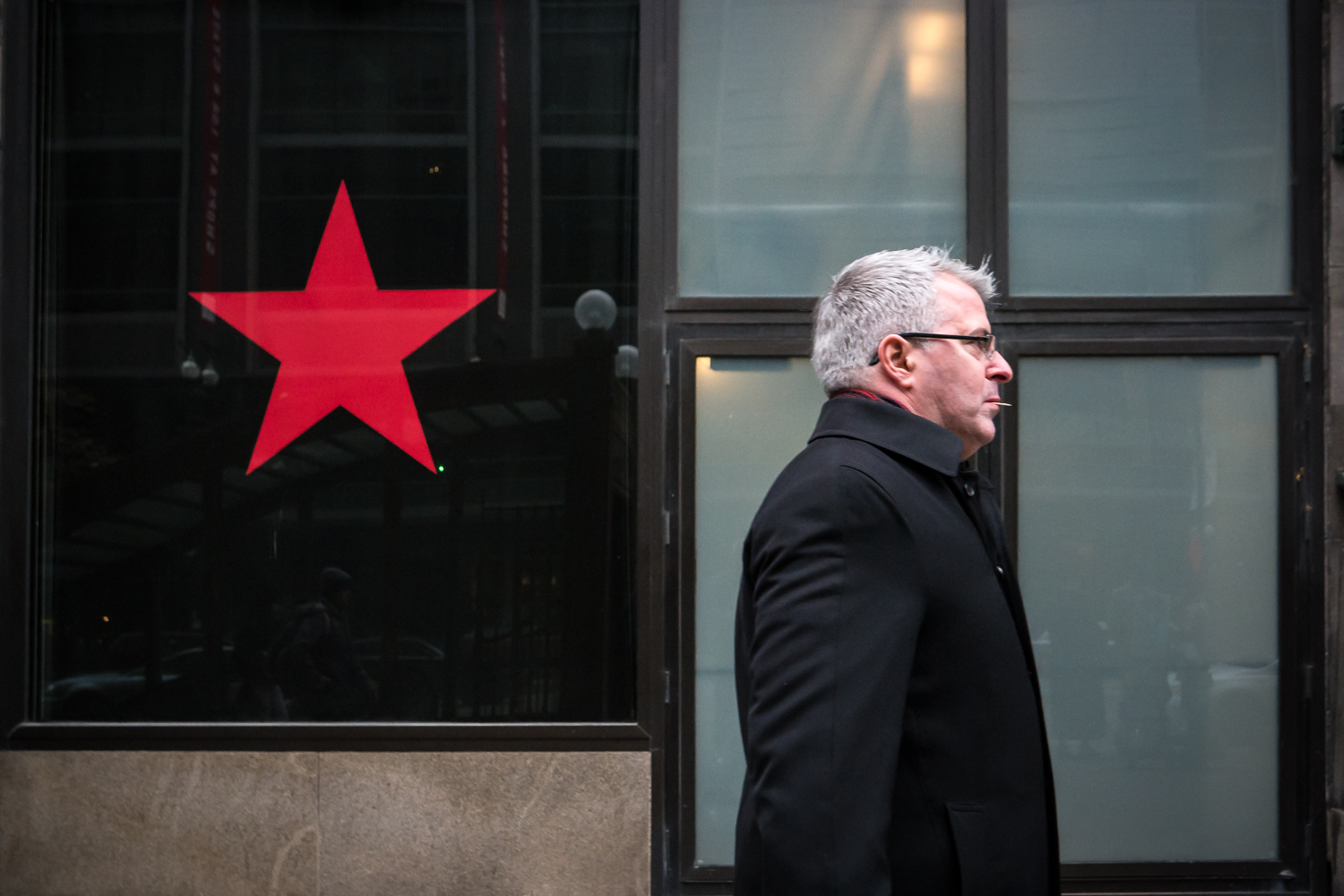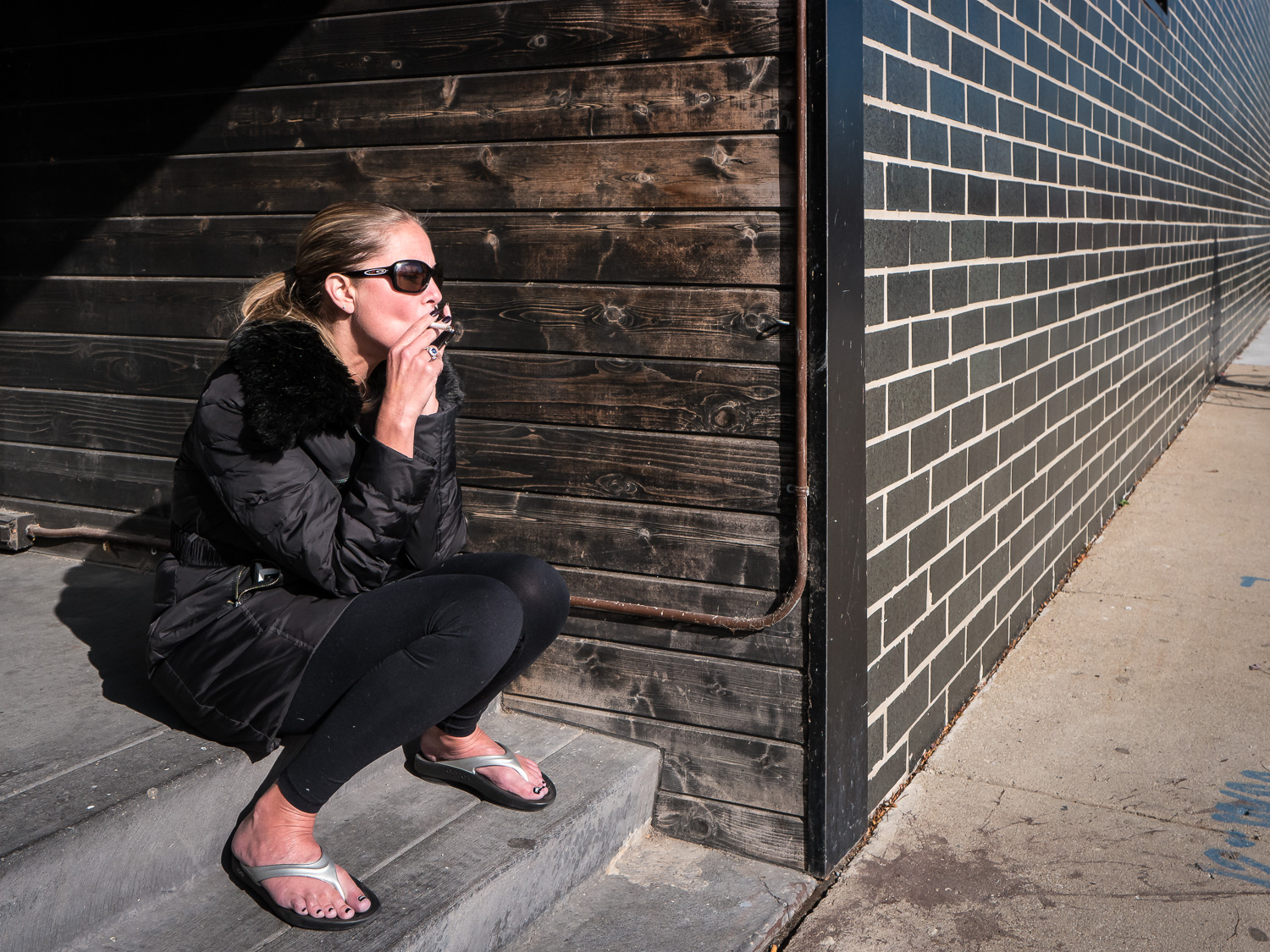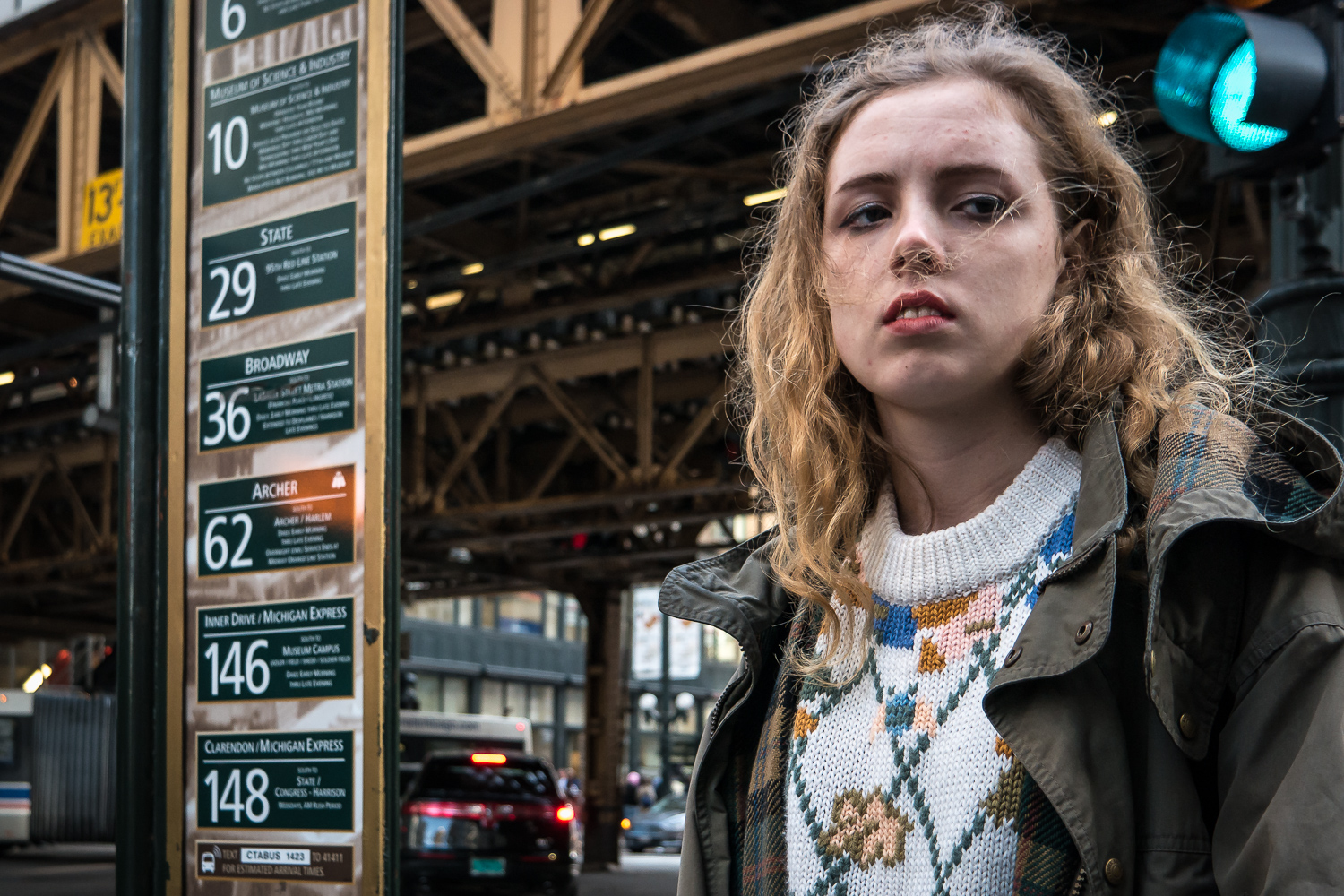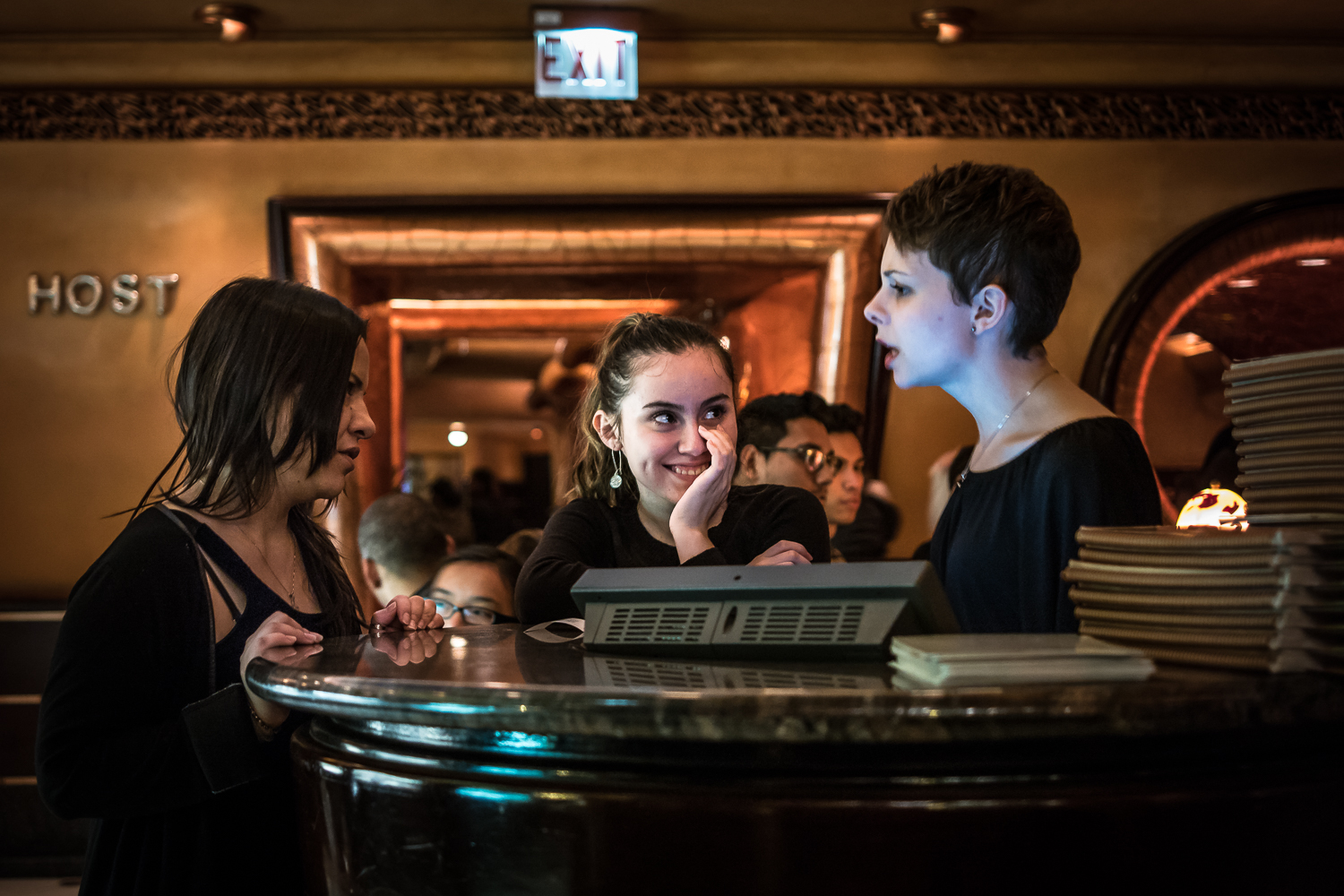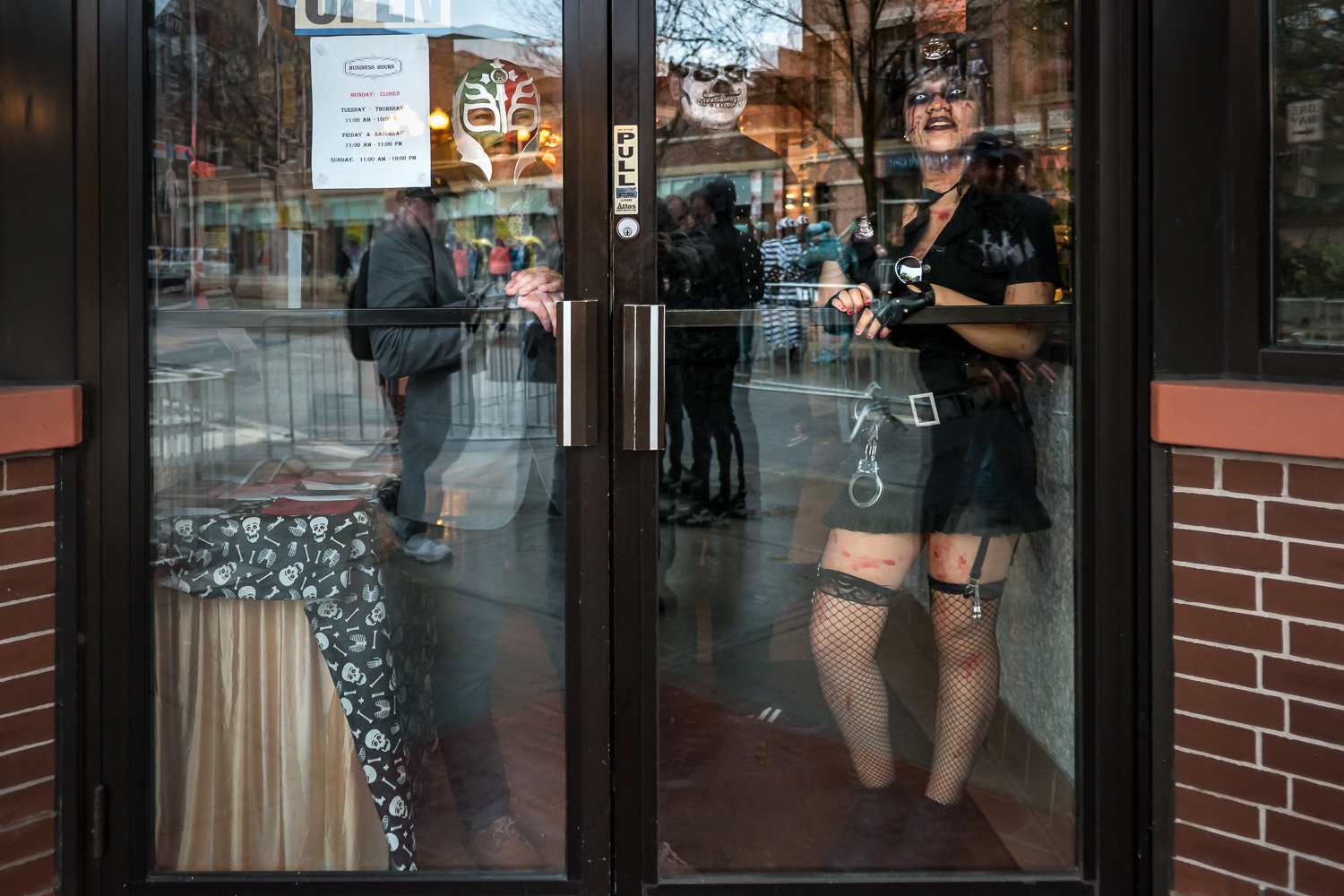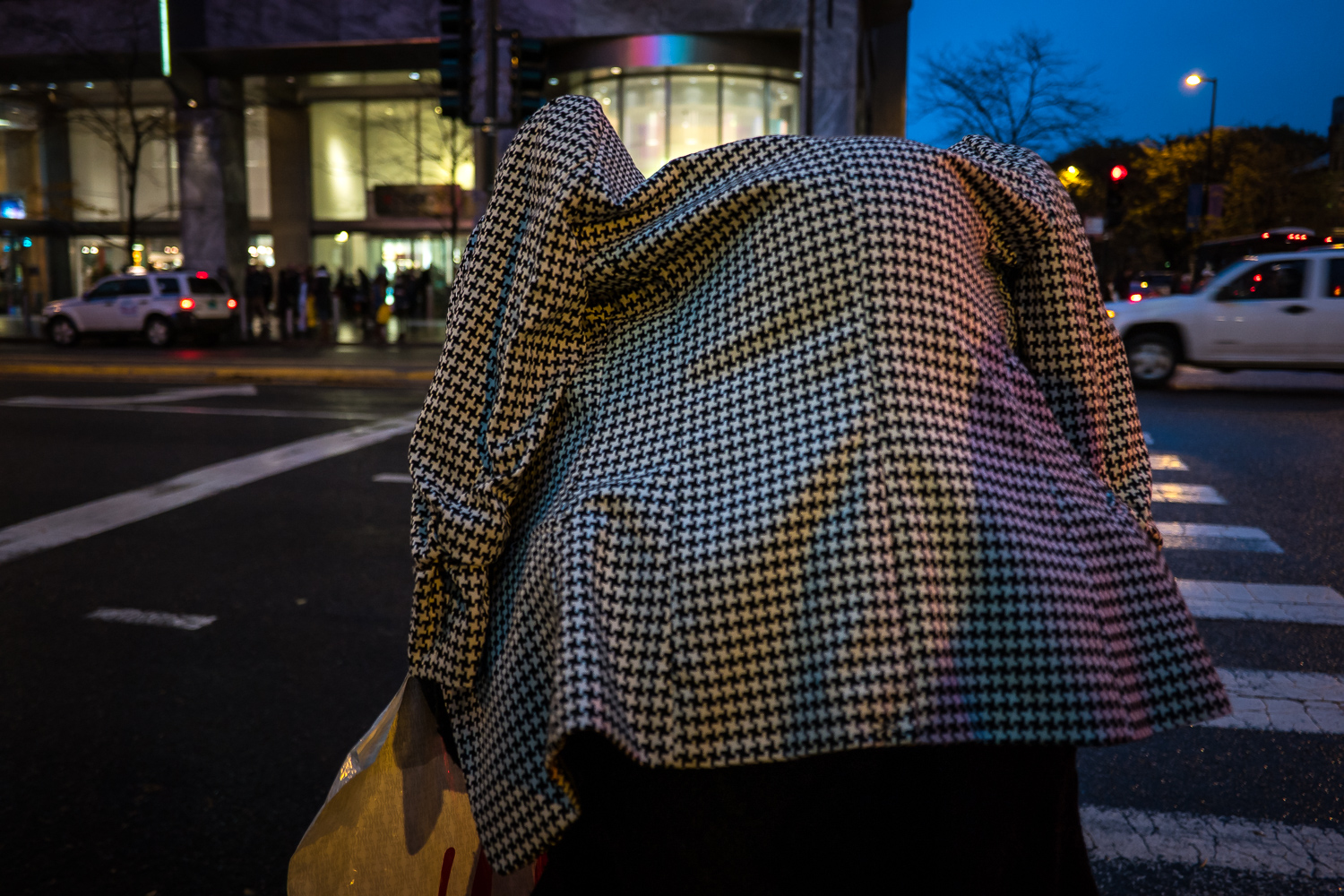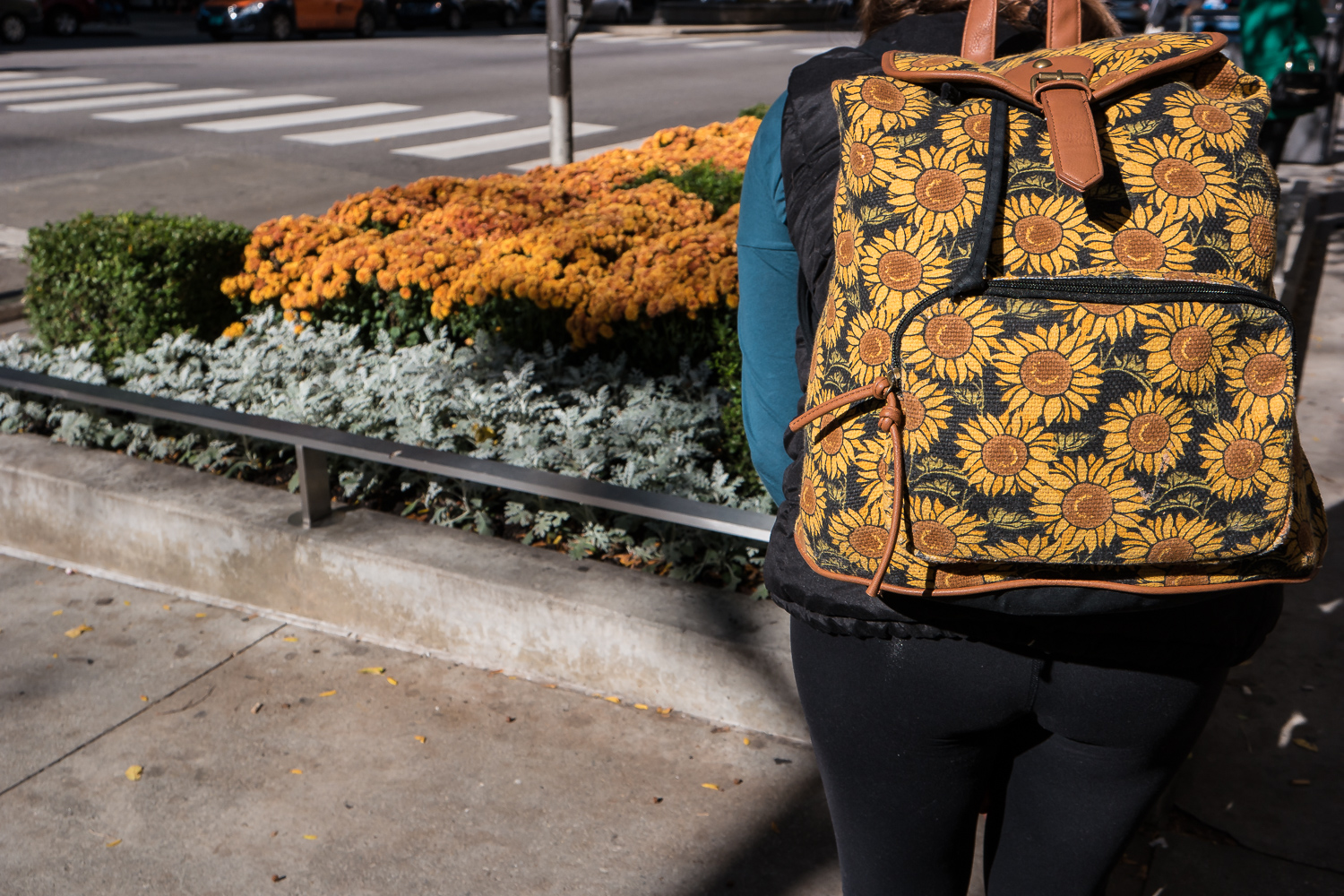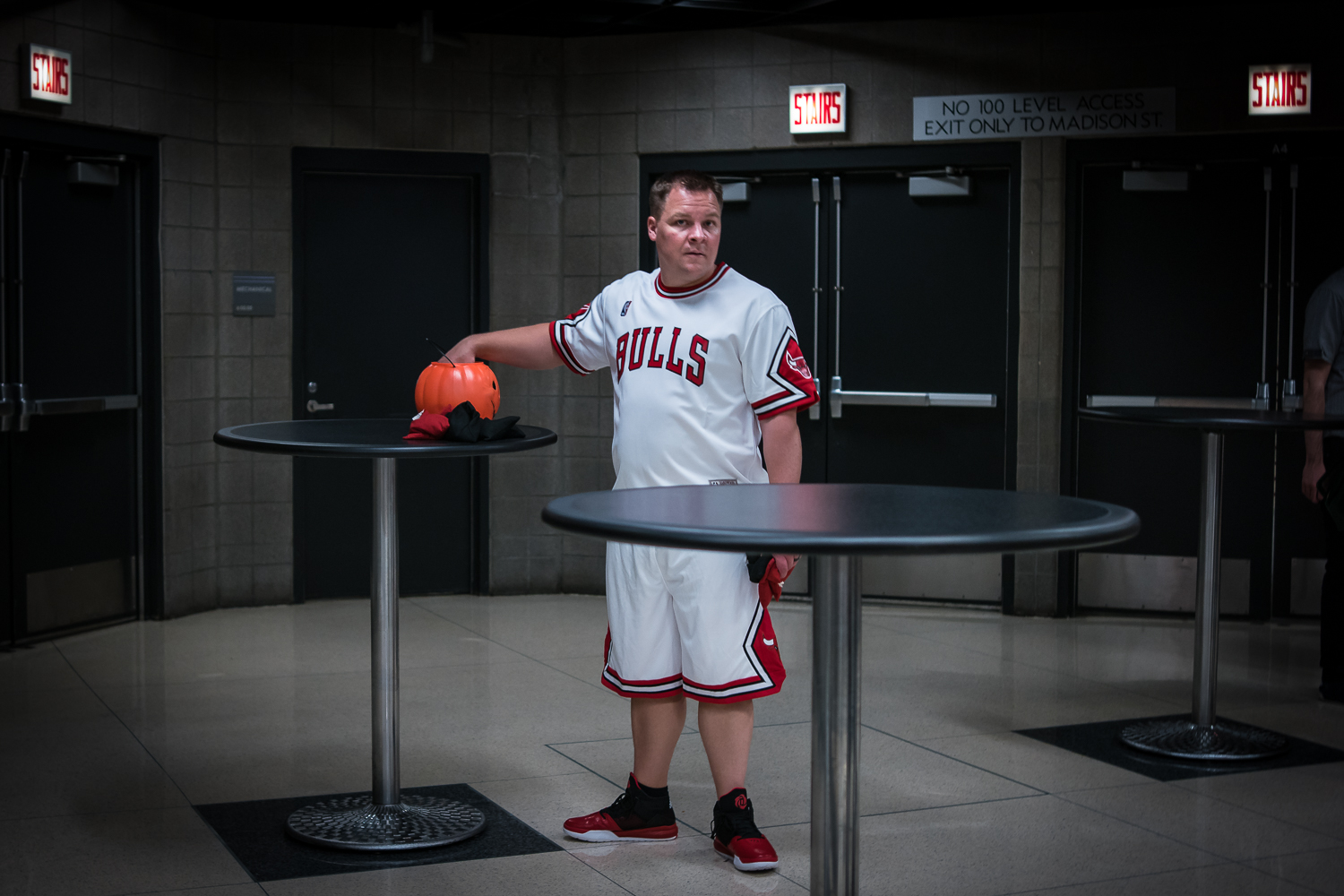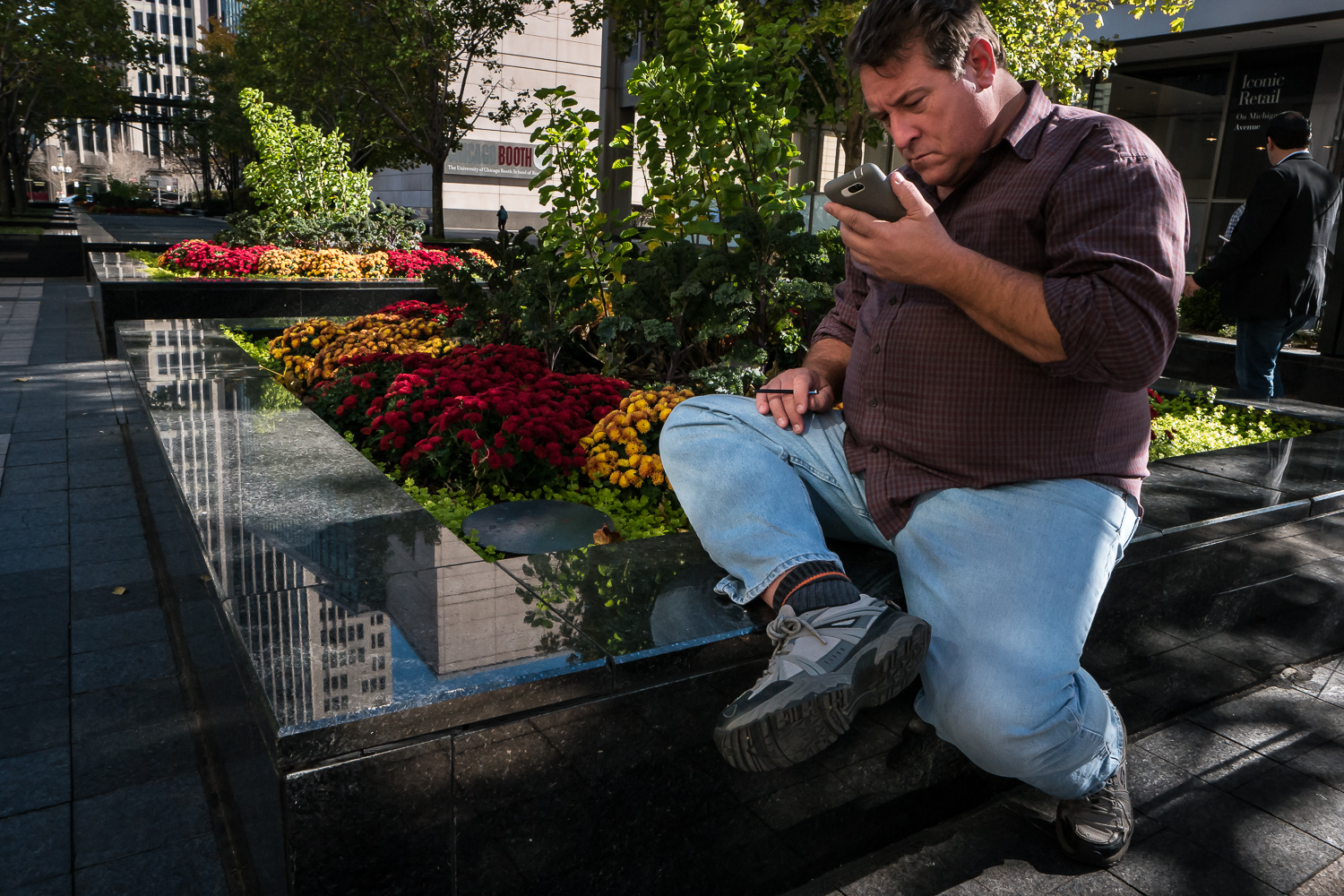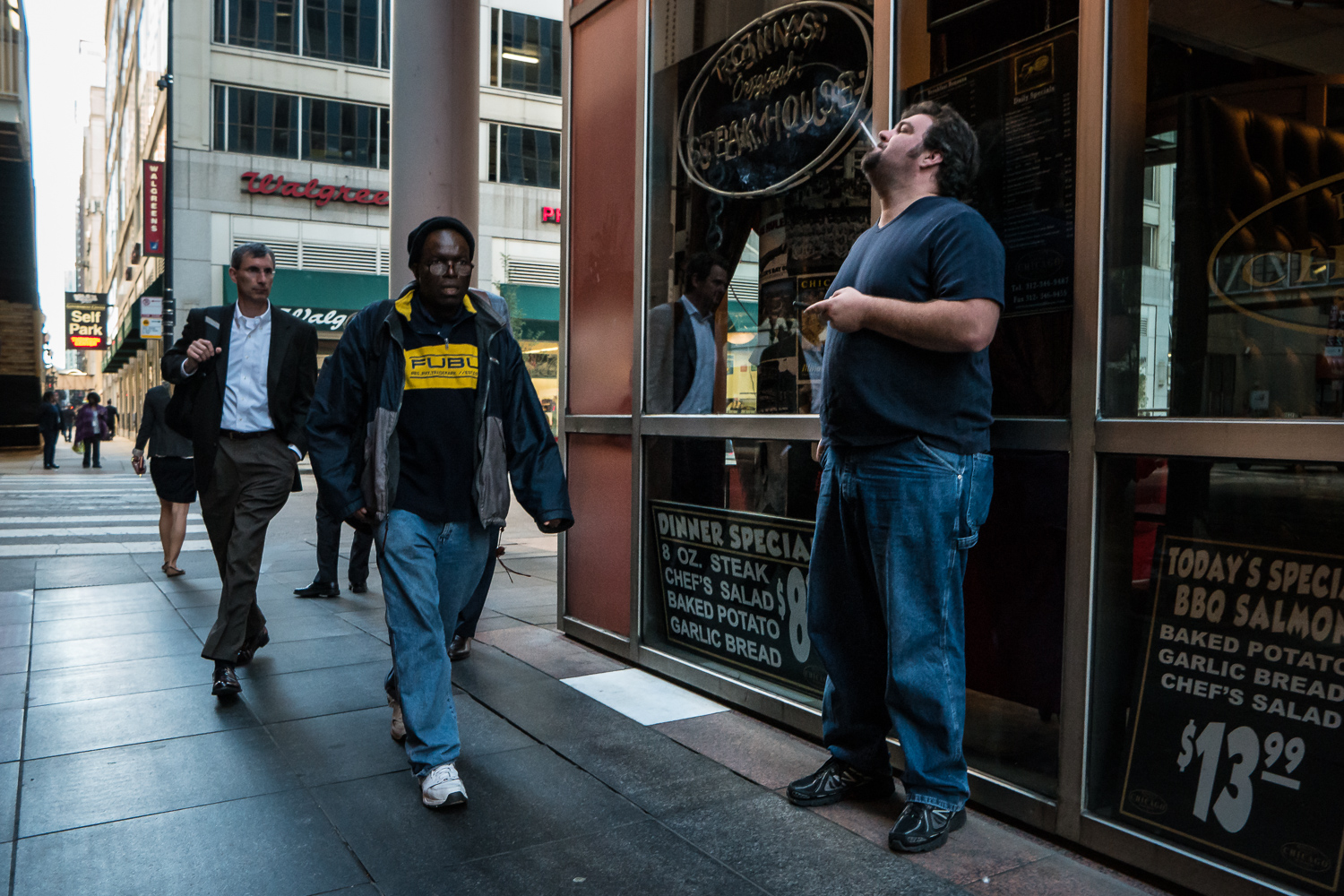Where We Come From
by Batsceba Hardy
Where do I come from?
I've never felt like a Milanese.
I was born Italian in this city where my parents met, but I never even felt Italian.
As a child, I never understood the need to feel that belonged to a Nation. My grandmother was Viennese, and from her I learned everything important: to make cookies, to cook; to celebrate Christmas, to imagine, to read the stories. And when I studied the Five Days of Milan*, I did not know for whom I had to side.
I read Mark Twain's books, and I was on the Mississippi River, familiar with the smells and currents, and the beauty and the sadness of that mighty river. I was a Dakota on horseback in the sacred Black Hills of the American West, or a Sikh on the holy Ganges River at Varanasi in India.
I never felt like a female, and always thought of myself as a neutral being, probably someone else's dream.
If I had been born in this age, school authorities would have labeled me as 'different' with problems of gender and identity in general.
I am also dyslexic, yet in my youth this condition was not recognized and so teachers left me alone. This allowed me to grow and form my brain map. And become what I am (thanks to Viennese grandmother) a camouflaged neuro-diverse, without problems of gender, and happily resolved through creative expression.
But let's get back to the question: Where do I come from?
I come from the pastures of my sky, from the valleys of my dreams, from the high tides.
I have always lived in Milan, until one day I found myself in Berlin. And there I found the smells imagined in my childhood. The houses were familiar to me even though I had never lived in the German culture.
And that's where I started to photograph again (in the 1970s I was a professional photographer) and become a street photographer. To discover me in a place that was not mine and yet it was congenial to me.
Milan? For me there is a neighborhood, it spreads in an area, the one that I can walk without too much effort. My area ... where I was born raised and returned.
After all, for a person who has absolutely no sense of orientation, it is normal for the world to rotate in an area, whether it is in Milan, Berlin or Neverland.
*a major event in the Revolutionary Year of 1848 and the start of the First Italian War of Independence against Austrian
Leonardo and his Last Supper have always been familiar to me, I went to the elementary schools next to the church - Santa Maria Delle Grazie - where the fresco is found, and this is the stationery shop (always that) where I bought my black notebooks, I still remember the smell of ink...
photo by Robert Bannister
walking through my neighborhood
I live near Sempione Park and Santa Maria Delle Grazie.
I can arrive in twenty minutes on foot to Piazza del Duomo. In ten minutes to City Life and Chinatown, in fifteen minutes to Brera and in twenty minutes to Centro Direzionale in Milan
The tramway vehicles are a typical component of the Milanese landscape also due to the presence of the characteristic 'type 1928' trams (series 1500) built between 1928 and 1932 in 502 examples, of which 150 are still in circulation.
The risotto alla milanese (ris giald in Milanese dialect), is, together with the Milanese cutlet and panettone, the most typical and well-known dish in Milan
1 L broth of meat 320 g Carnaroli rice
2 sachets of saffron powder
saffron pistils
grated cheese (parmigiano) butter
onion
dry white wine
Duration: 30 minLevel: Easy Dose: 4 people
Chop 30 g of onion and sauté in a saucepan with a knob of butter, without coloring it. Add the rice and toast it for 2 minutes. Sfumatelo with half a glass of white wine.
Wet the rice with 2 ladles of boiling broth and cook for about 15-17 minutes, adding the rest of the stock as it dries. Halfway through cooking, dissolve the saffron powder in a ladleful of broth and add it to the rice. Whisk with 50 g of cheese and 80 g of butter. Let it rest for 2 minutes. Complete with saffron pistils before serving.
CITY LIFE
BERLIN
The city among the cities, that probably, historically speaking, embodies the most the eternal fracture between what's possible and what is not, what has been and what will be.
I don't think I'm essentially a street photographer. I guess Photography is just the way for me to express how I see things. It has something to do with a philosophical approach to reality. I have always had this way of observing reality, dwelling on details, on scenes that tell me something.
Early on in my life, I felt inspired by what was around me. Eventually, I got into street photography. It was a slow process. And this happened in a city that was not my hometown, where my view got released from all the parameters and preconceptions that you naturally develop in known places. What I perceived in that new urban landscape and became the ghost I kept freezing everywhere and in everyone’s face with my shots was an intense feeling of loneliness. As a photographer, I am already used to entering the world of loneliness because I must be able to become invisible. So I found myself breathing in my own loneliness and the solitude of those around me.
It is the distance between the photographer and the rest of the people that allows the photographer to notice what is overlooked and under-loved. I found this particular statement that confirms my thoughts: "...if love belongs to the poet, and fear to the novelist, then loneliness belongs to the photographer. To be a photographer is to willingly enter the world of the lonely because it is an artistic exercise in invisibility." - Hanya Yanagihara, Loneliness Belongs to the Photographer, The New Yorker.
The photographer feels and represents the loneliness of humanity.
This society is turning us into monads... and Street photographers are those who daily tell us about the loneliness of mankind through their shots. And that’s why words are superfluous in this realm. Only by looking at photographs we can understand this.

